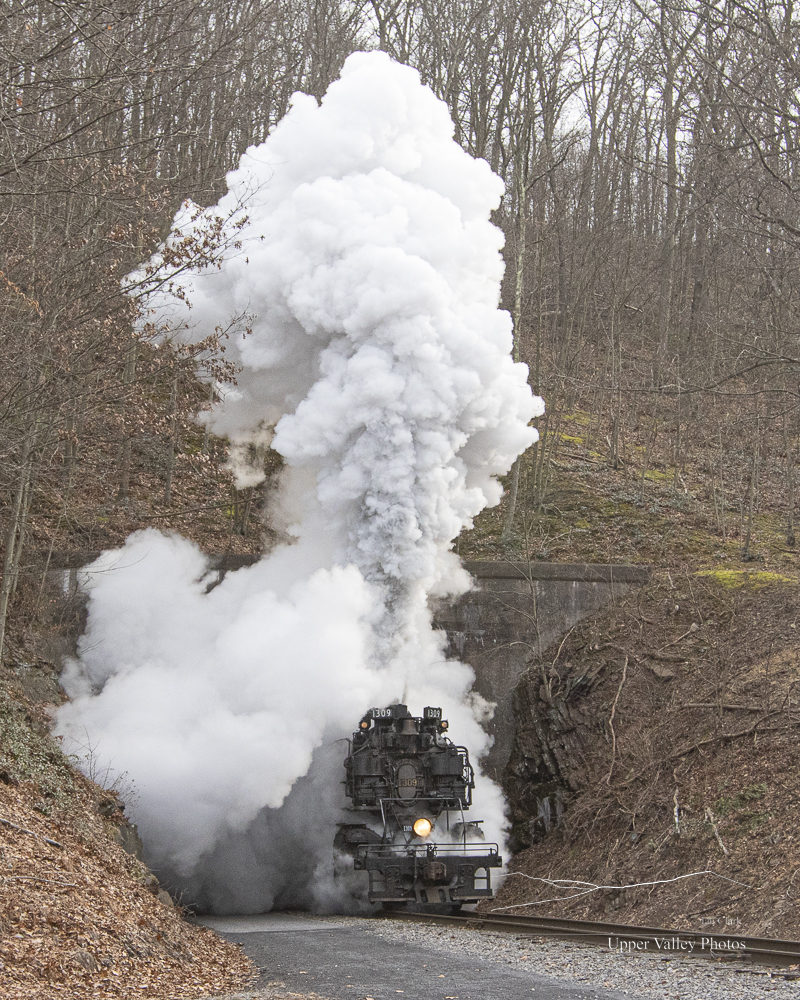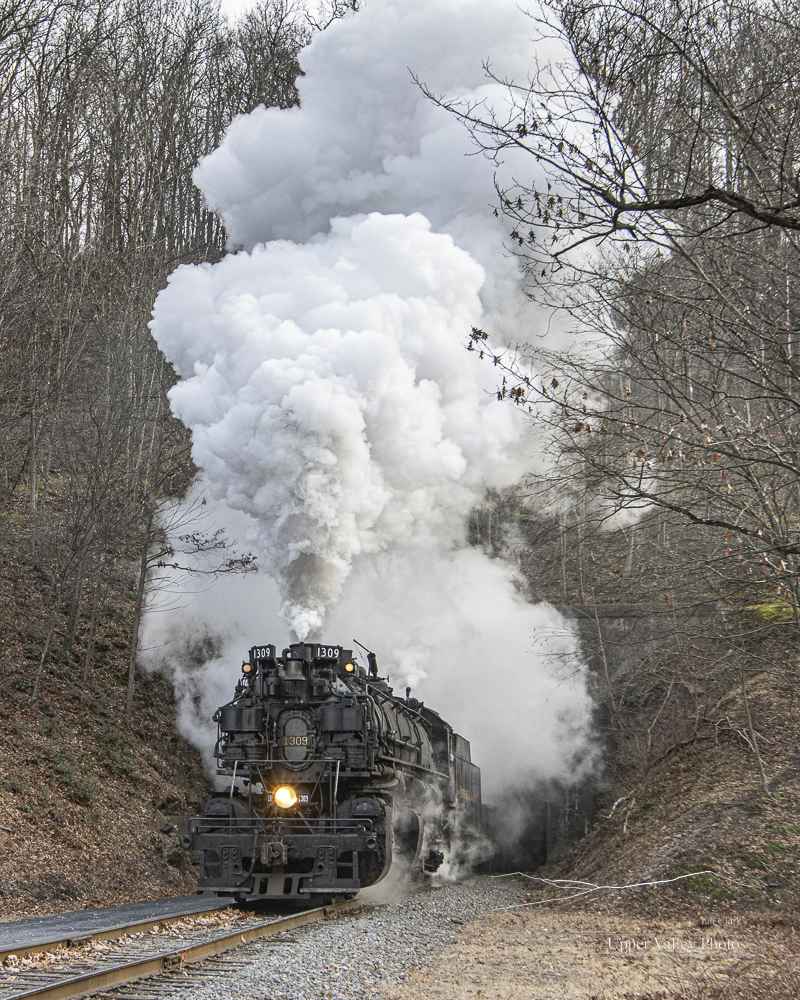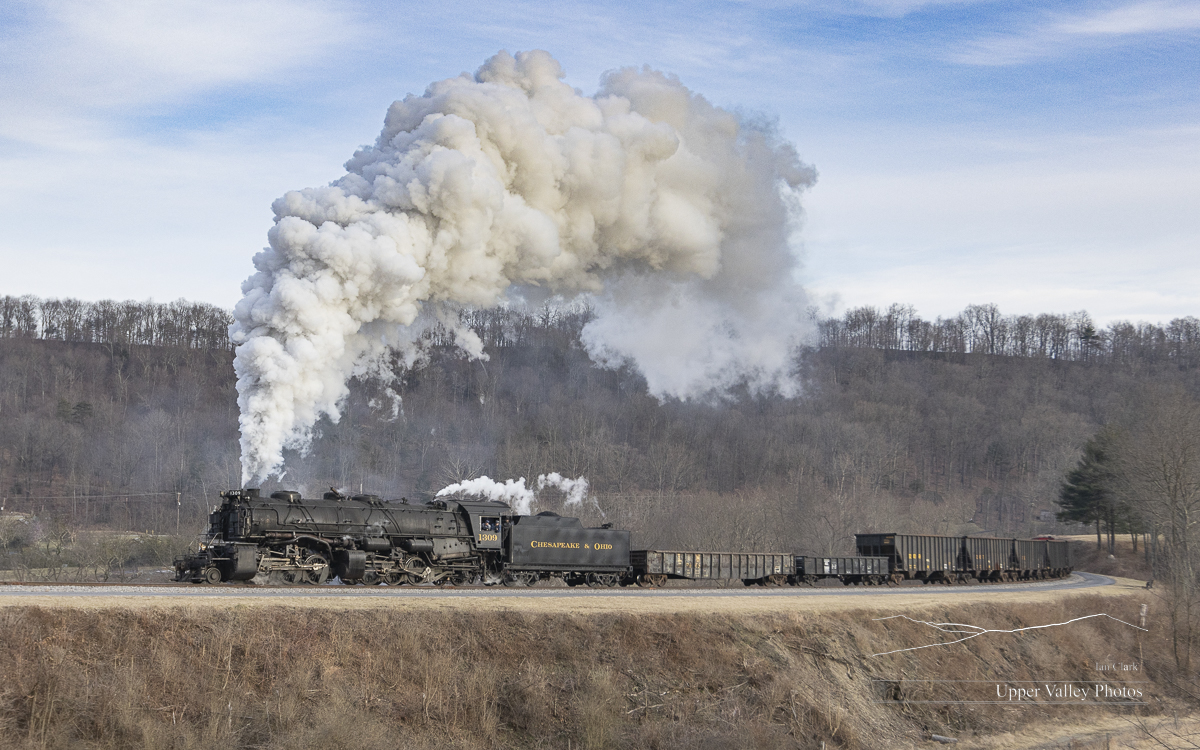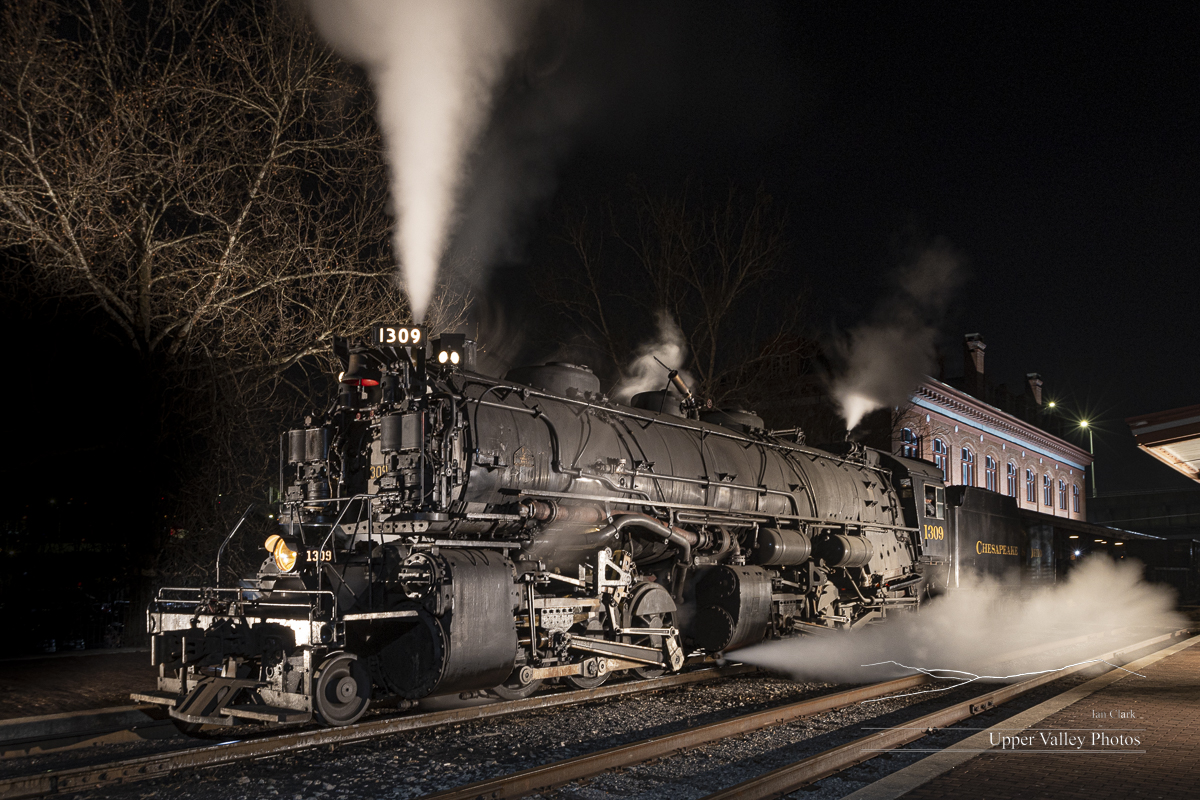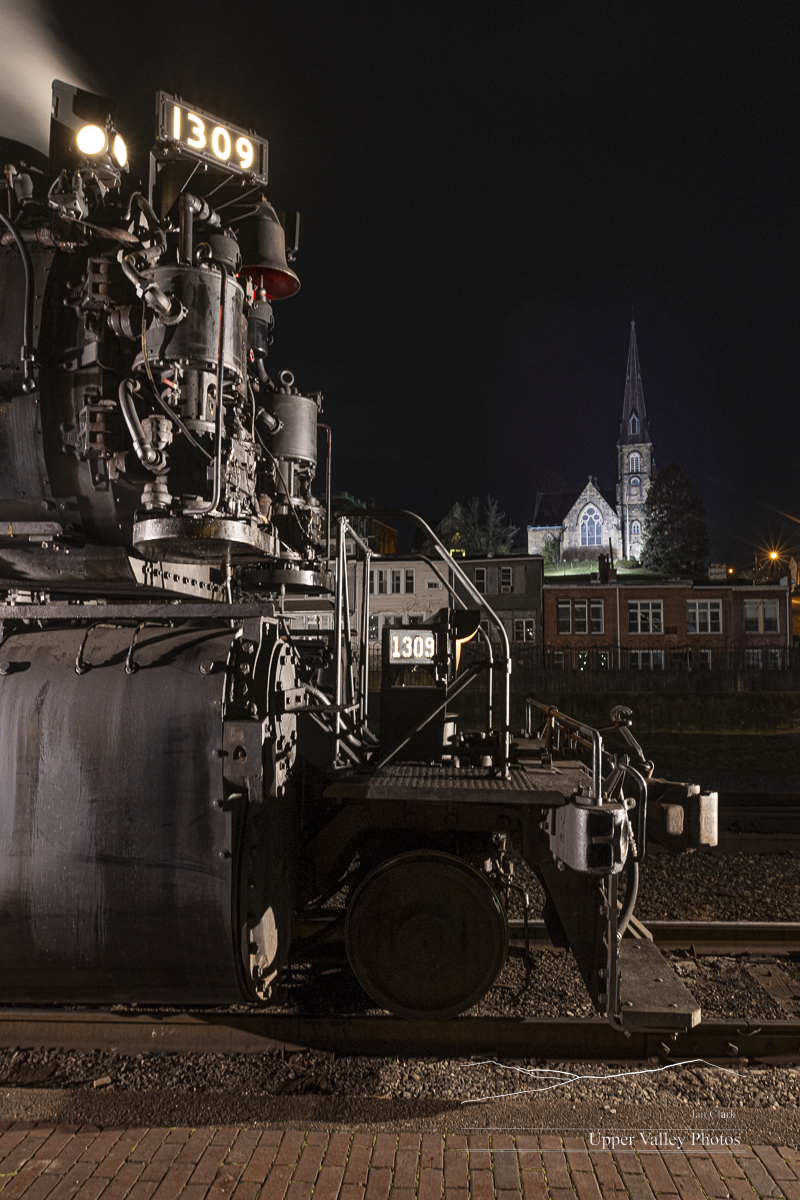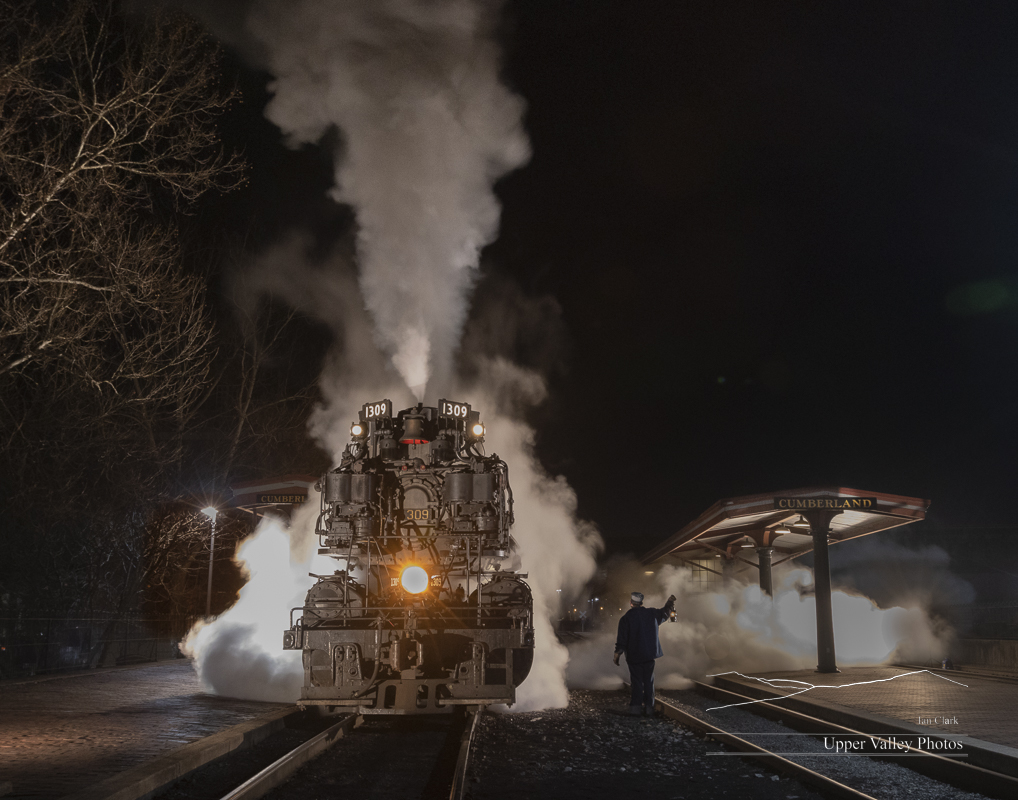Posts Tagged: steam locomotive
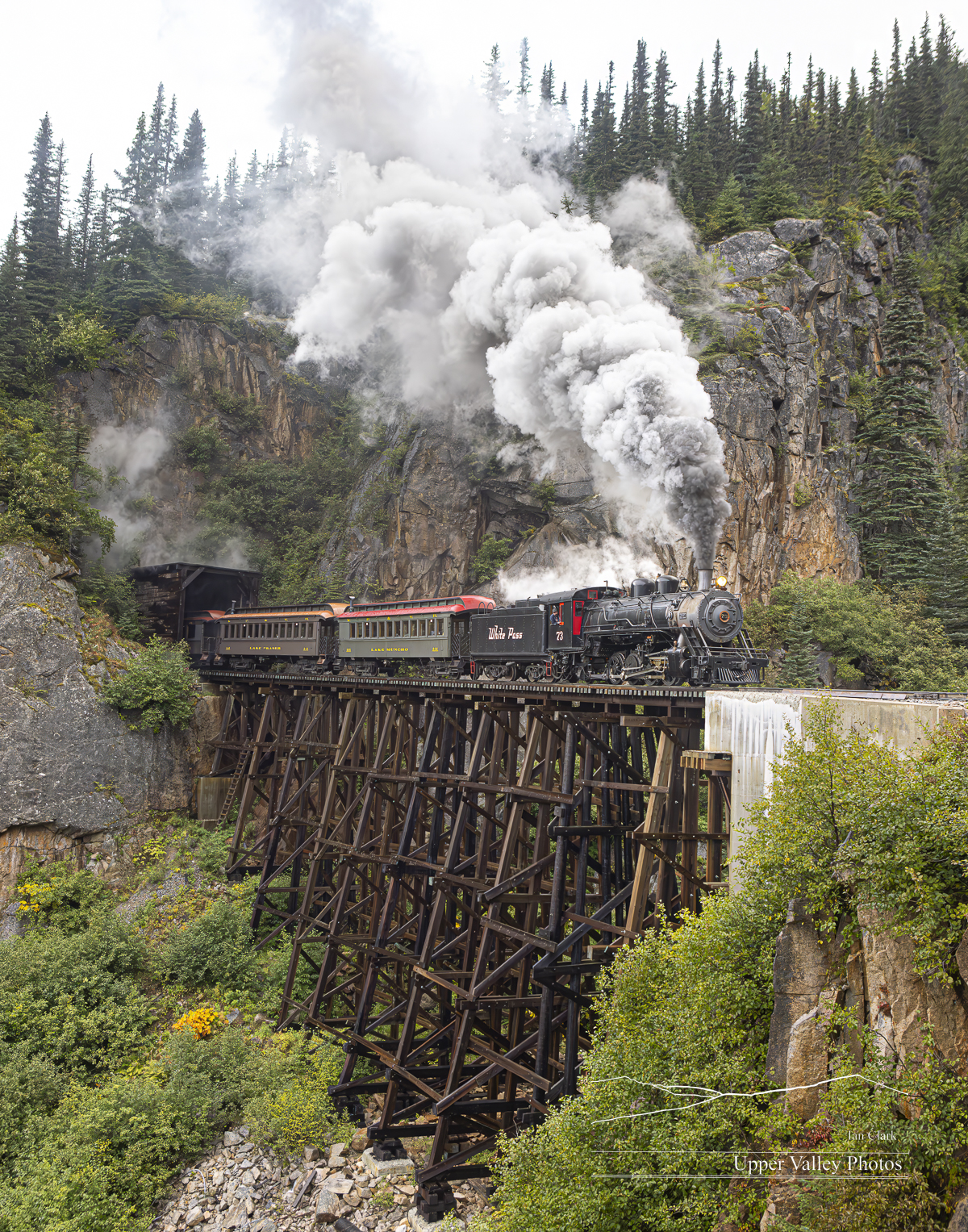
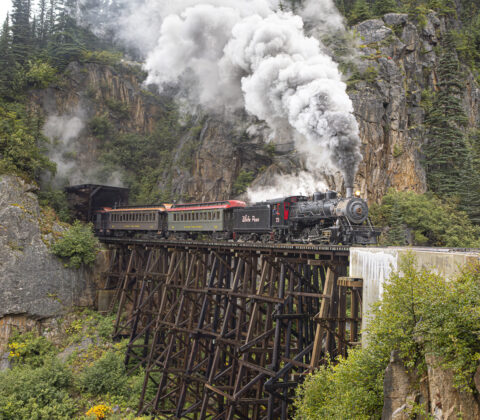
Steam on the White Pass & Yukon Route
The events of August 16, 1896 were what eventually got me to visit Alaska. In 1896 a fellow named Skookum Jim Mason and his family – nephew Dawson Charlie, sister Kate Carmack and George Carmack found gold in Rabbit Creek (now Bonanza Creek) in the Klondike region of the Yukon in Canada. Over the next two years, about 100,000 people headed that way to search for gold.
Few of them made money finding gold. Many of them made money from the people looking for gold. Canada required would-be miners entering the country to carry a year’s worth of food. That and their supplies for mining came to something like 1,000 pounds. Shops sprang up in Skagway to provide the supplies for prospectors heading north.
In another scheme to make money off prospectors, George Brackett, a civil engineer that worked on the Northern Pacific Railroad built a toll road through the White Pass above Skagway. Travelers ignored the toll gates and the project was a financial failure.
The White Pass & Yukon Railroad Company bought Brackett out and on May 28, 1898 started construction of a 3-foot gauge (the distance between the rails, standard gauge is 4′ 8.5″) railroad from Skagway to the Yukon using much of Brackett’s road for their right-of-way. Riding in a heated coach with your supplies in the luggage car proved to be more popular than hiking up the hills to get to the Yukon.
That railroad survives today as a tourist line. They’ve restored one of their steam locomotives, number 73, a 2-8-2 Mikado type built by the Baldwin Locomotive Works in Pennsylvania in May 1947.
I’ve been tracking down and photographing the remaining operational steam locomotives since the late 1970s. Getting a chance to photograph no. 73 was always on my list.
Pete Lerro of Lerro Productions organized a charter where the railroad ran the steam engine for us to photograph. Pete is an outstanding photographer who is willing to put in all the advance work to get great photos. He runs a number of workshops every year with subjects ranging from steam locomotives to air-to-air shoots of WWII vintage aircraft to lighthouse and National Park trips. If you’ve got an interest in photography, check Pete’s page out. He always runs a good shoot and he’s got the right personality for working with groups of cranky photographers. But, be forewarned. Pete is serious about getting great shots and his workshops may not be for those with a casual interest. Expect long hours – on our second day, we departed at 6:30 am and after some night shots, the train returned about 11:00 p.m.
You can ride the White Pass & Yukon most days between late April and early October every year. Most trips are powered by diesel locomotives, but no. 73 does work on some regularly scheduled trains. It is worth the trip. You’ll ride through some absolutely amazing scenery.
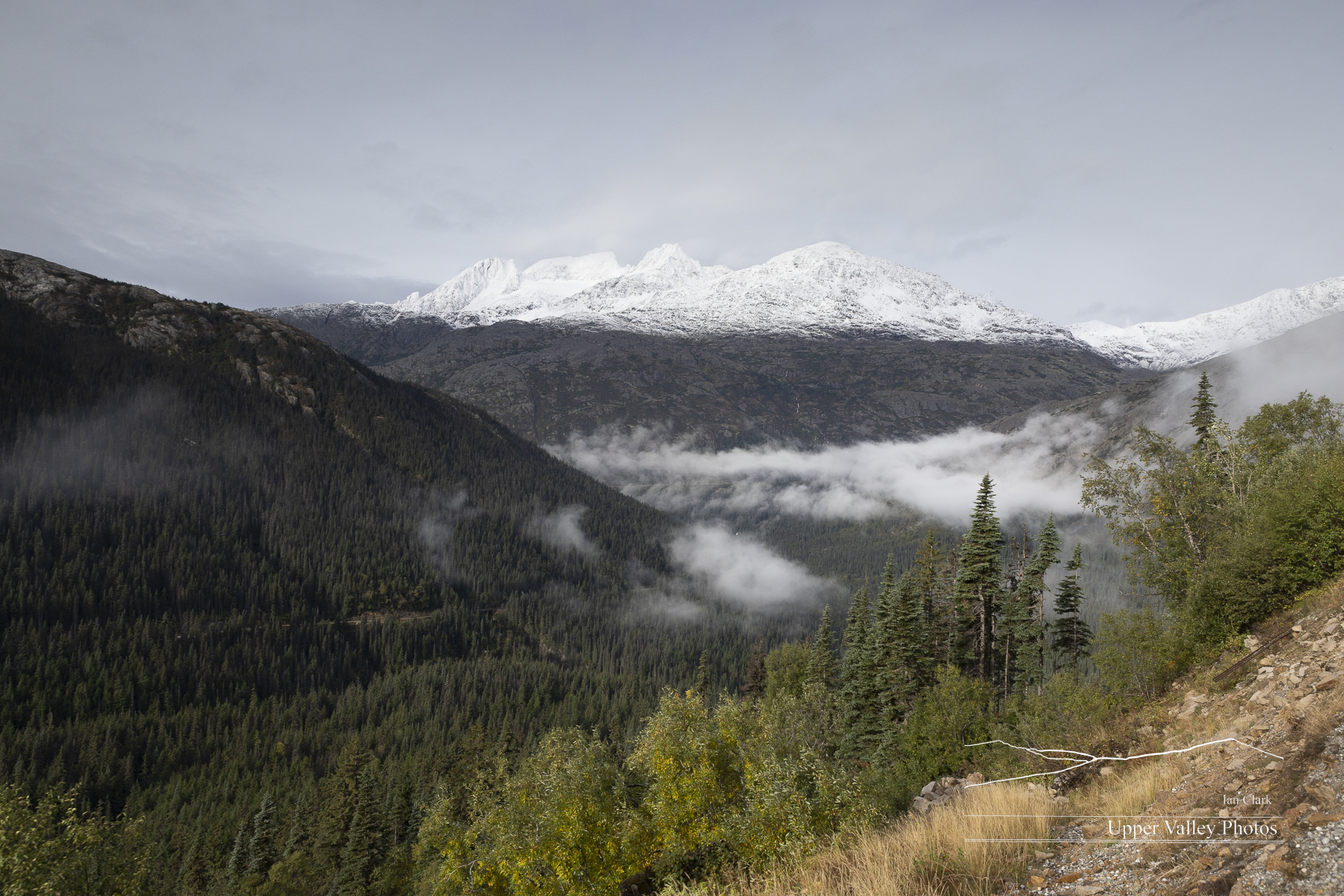
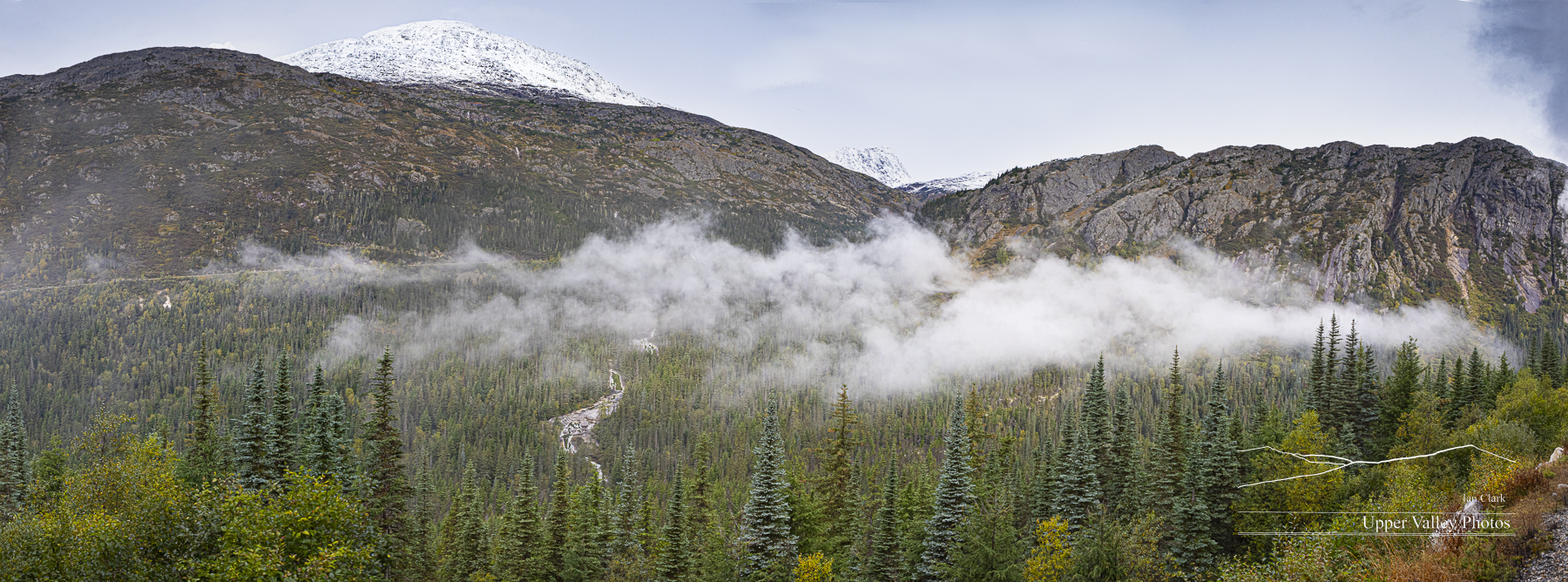
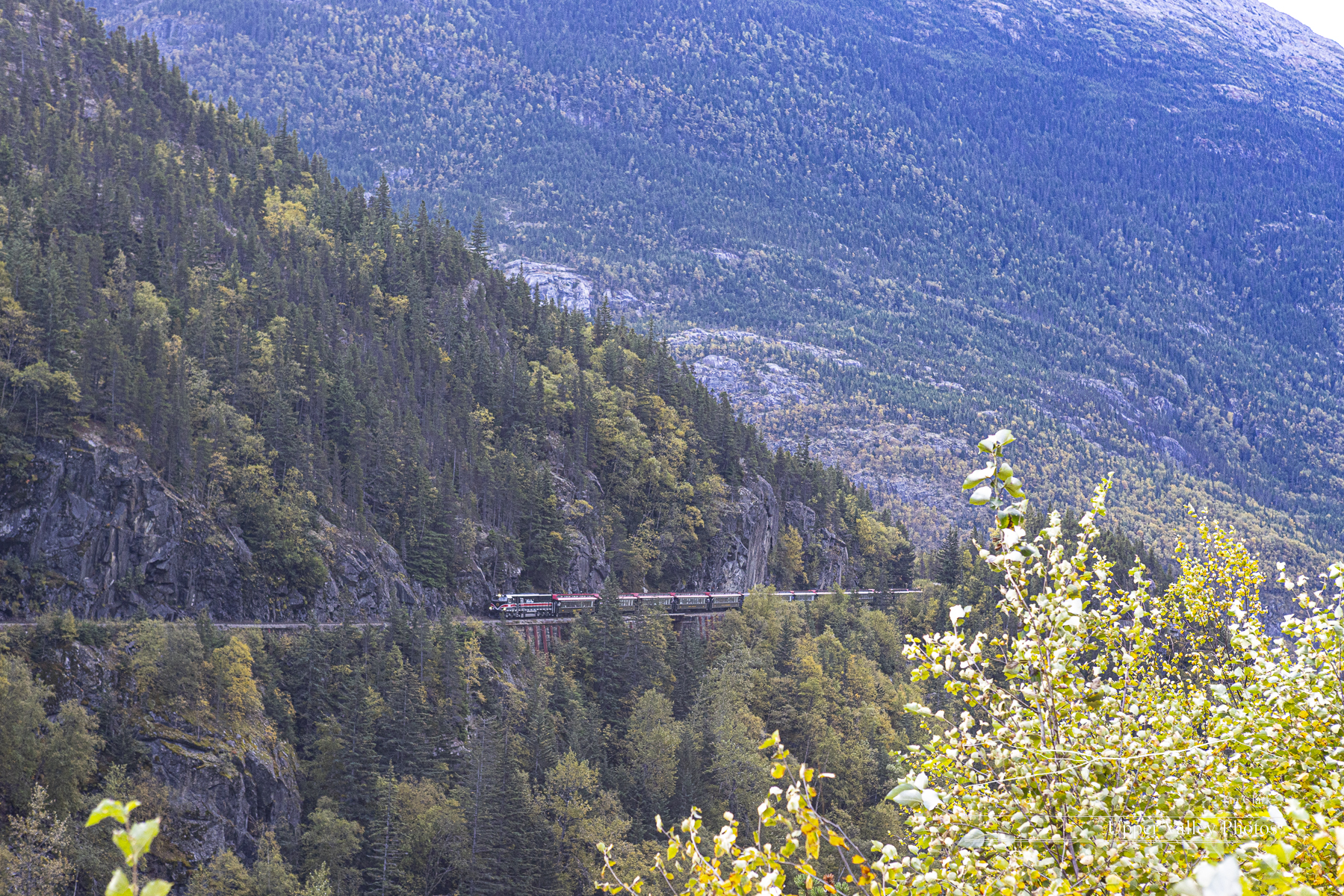
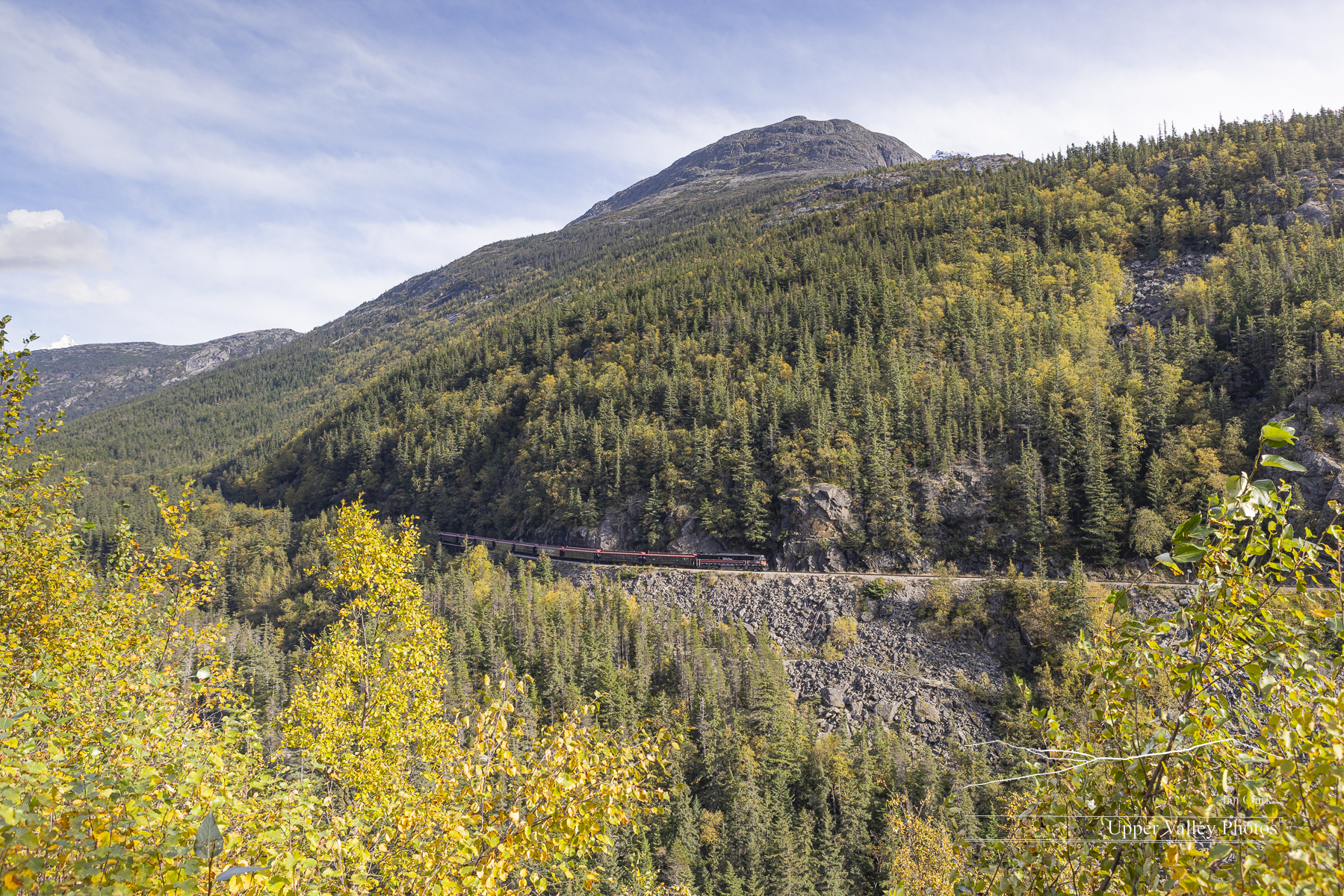
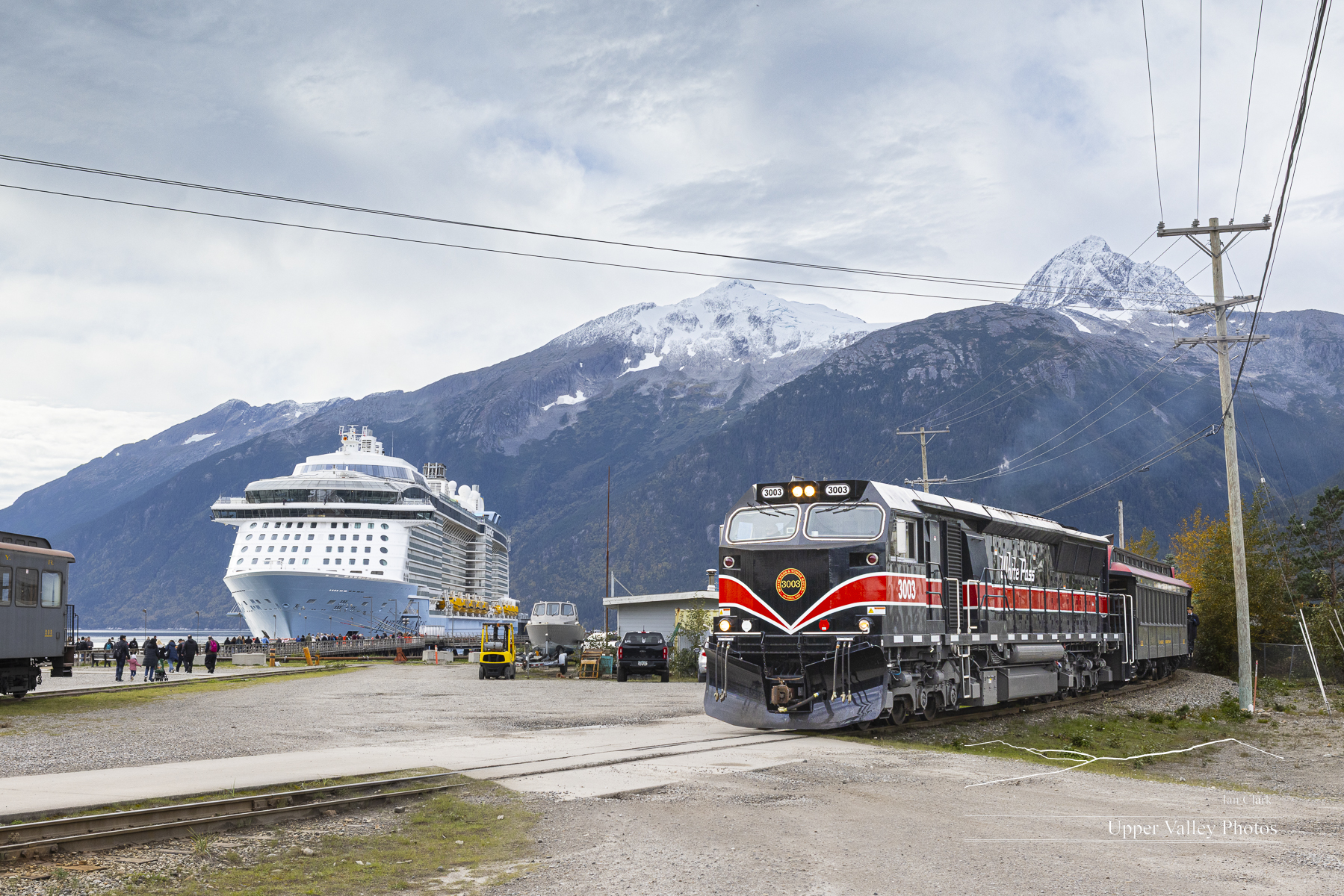
On to our excursion. The first day dawned overcast. As we headed up – unless you leave Skagway by ship, you go up – towards Carcross, Yukon, we found the weather either wet or wetter in the valleys along the way. We were ever hopeful for blue skies. We never quite got them, but mostly avoided the rain on our stops.
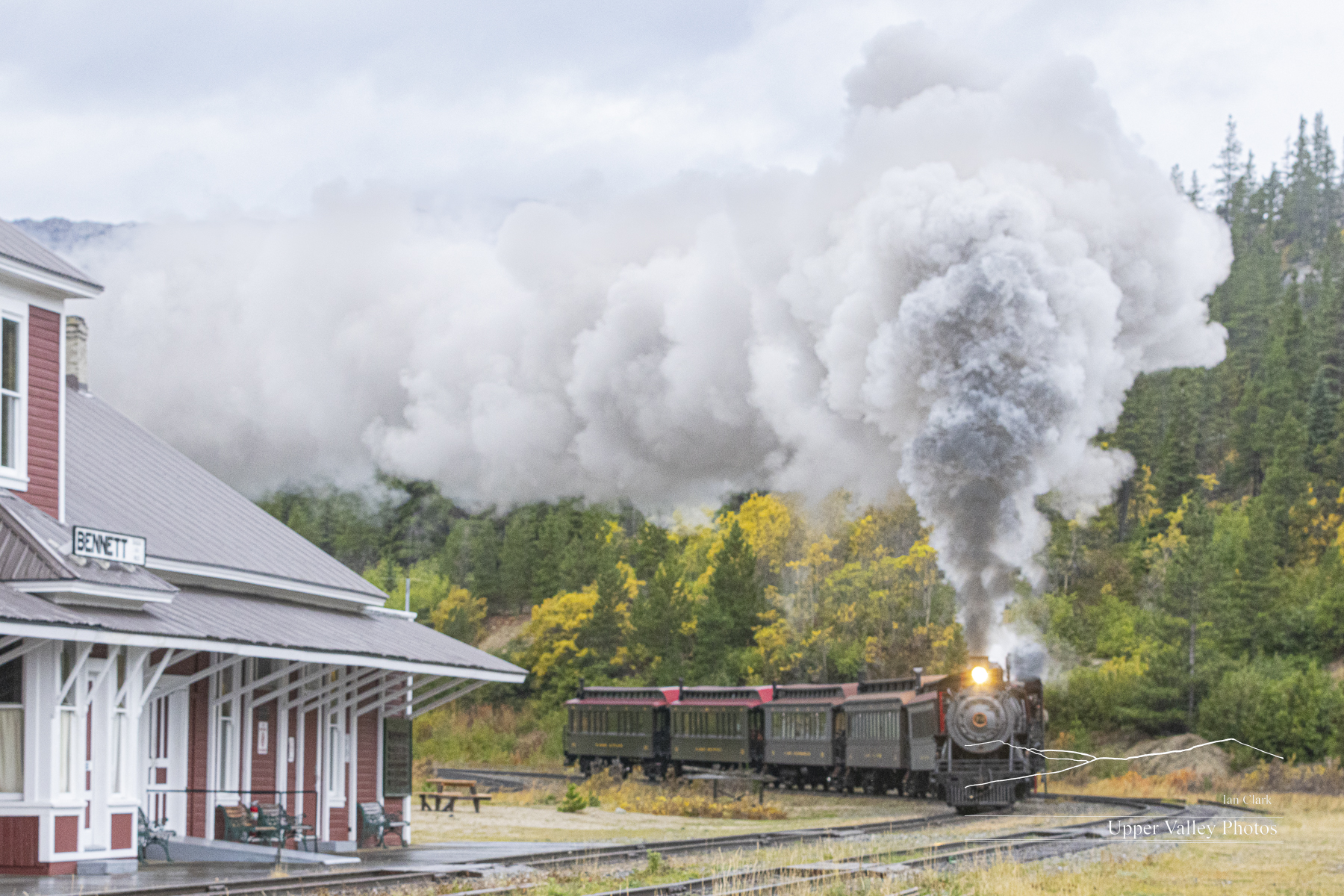
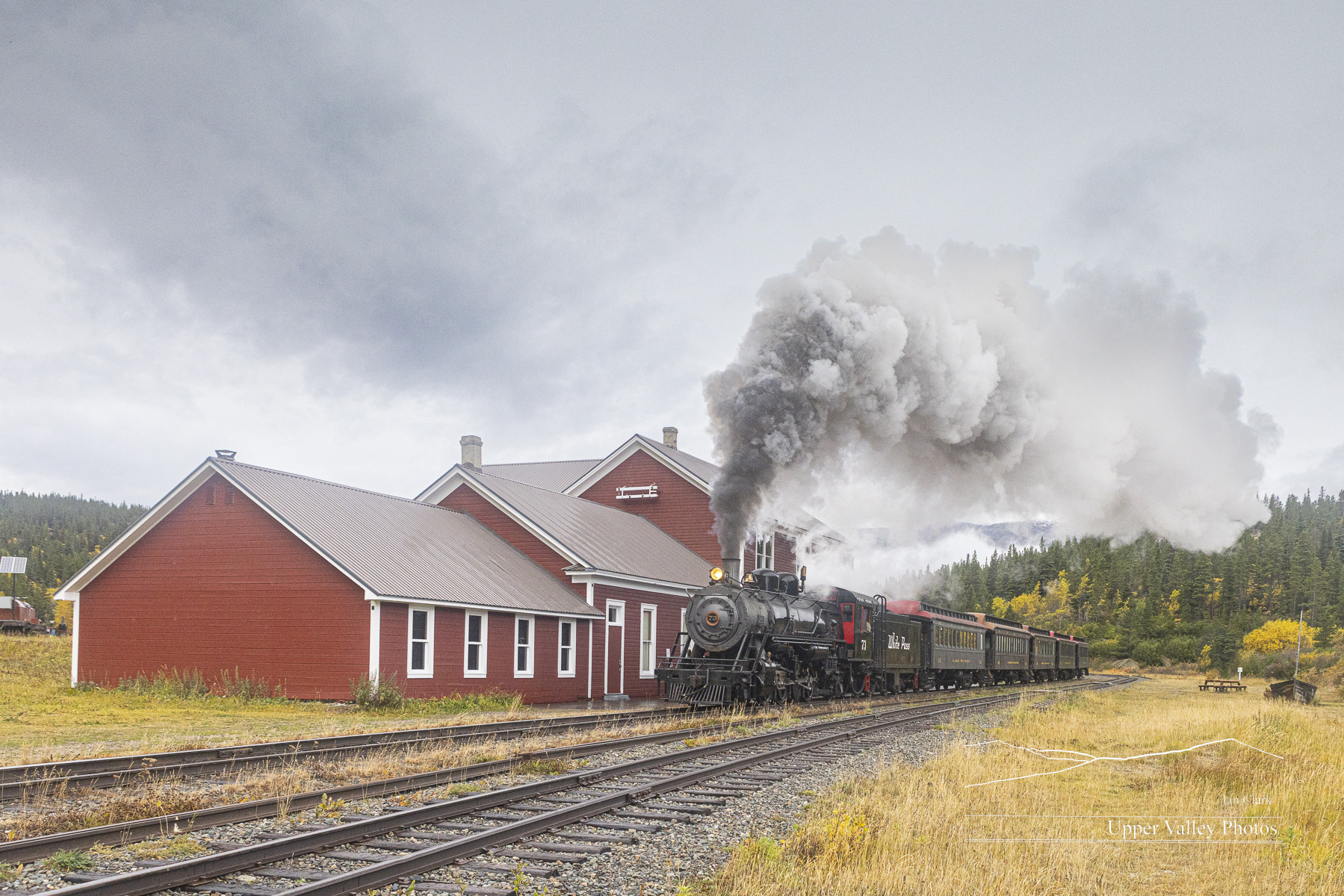
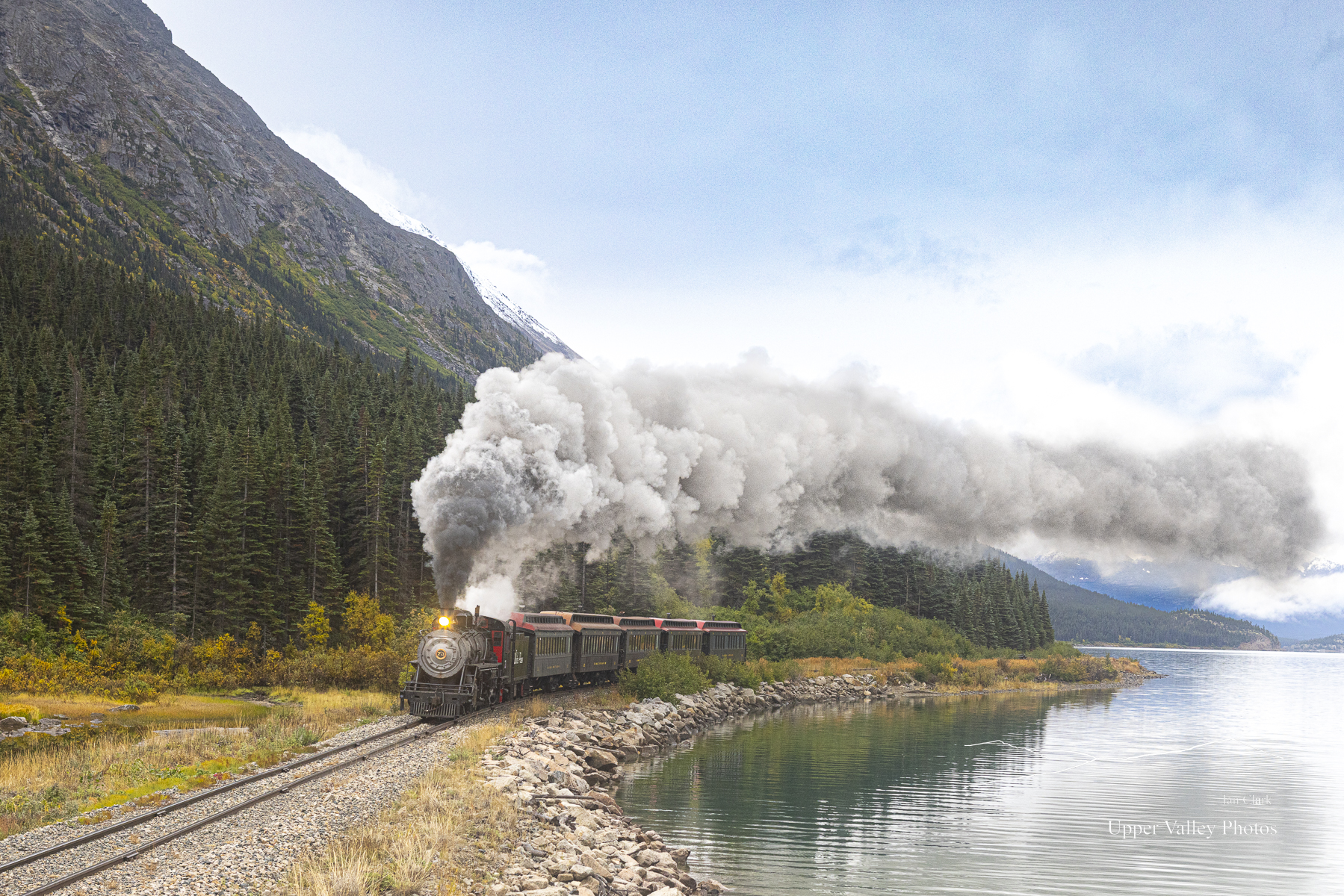
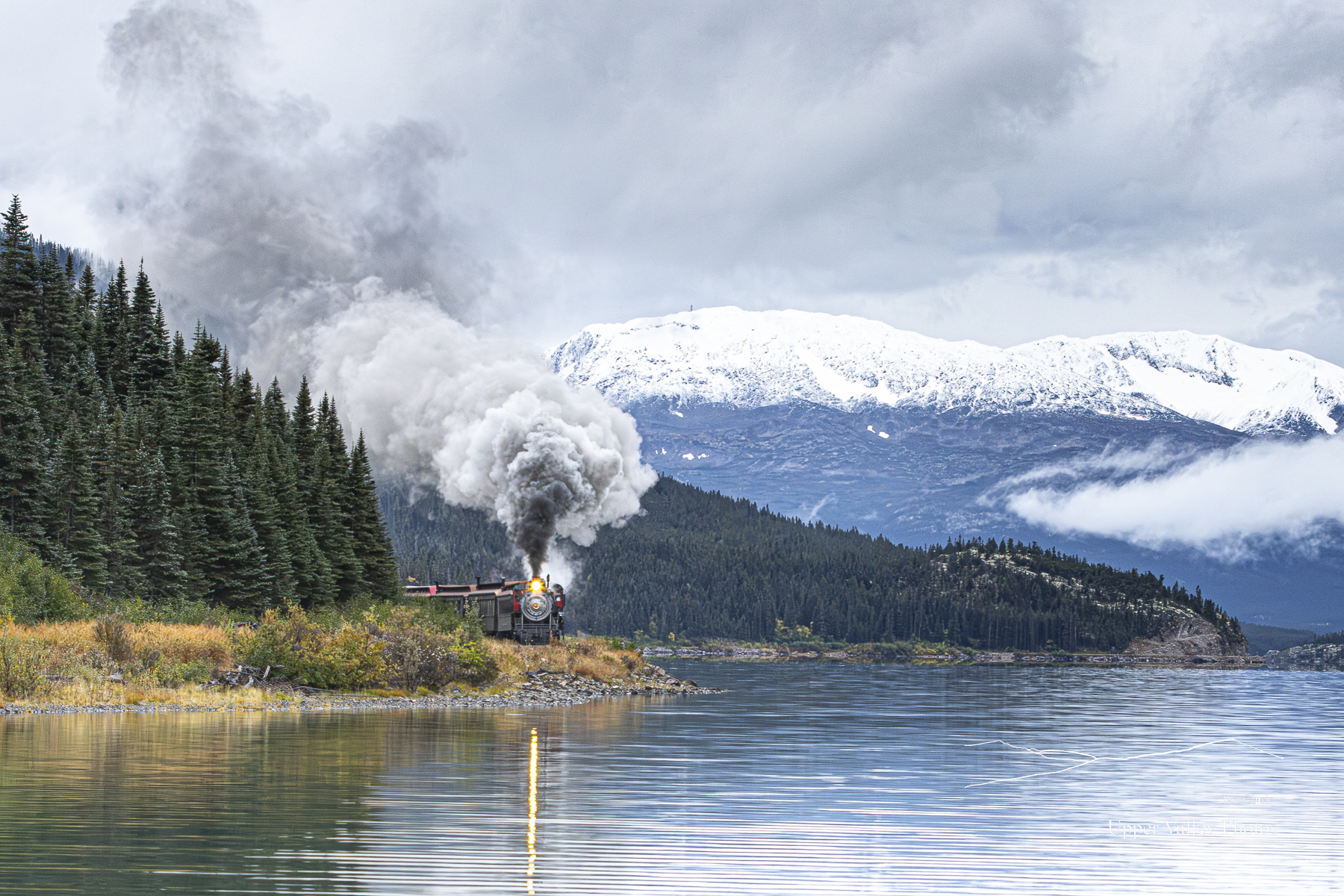
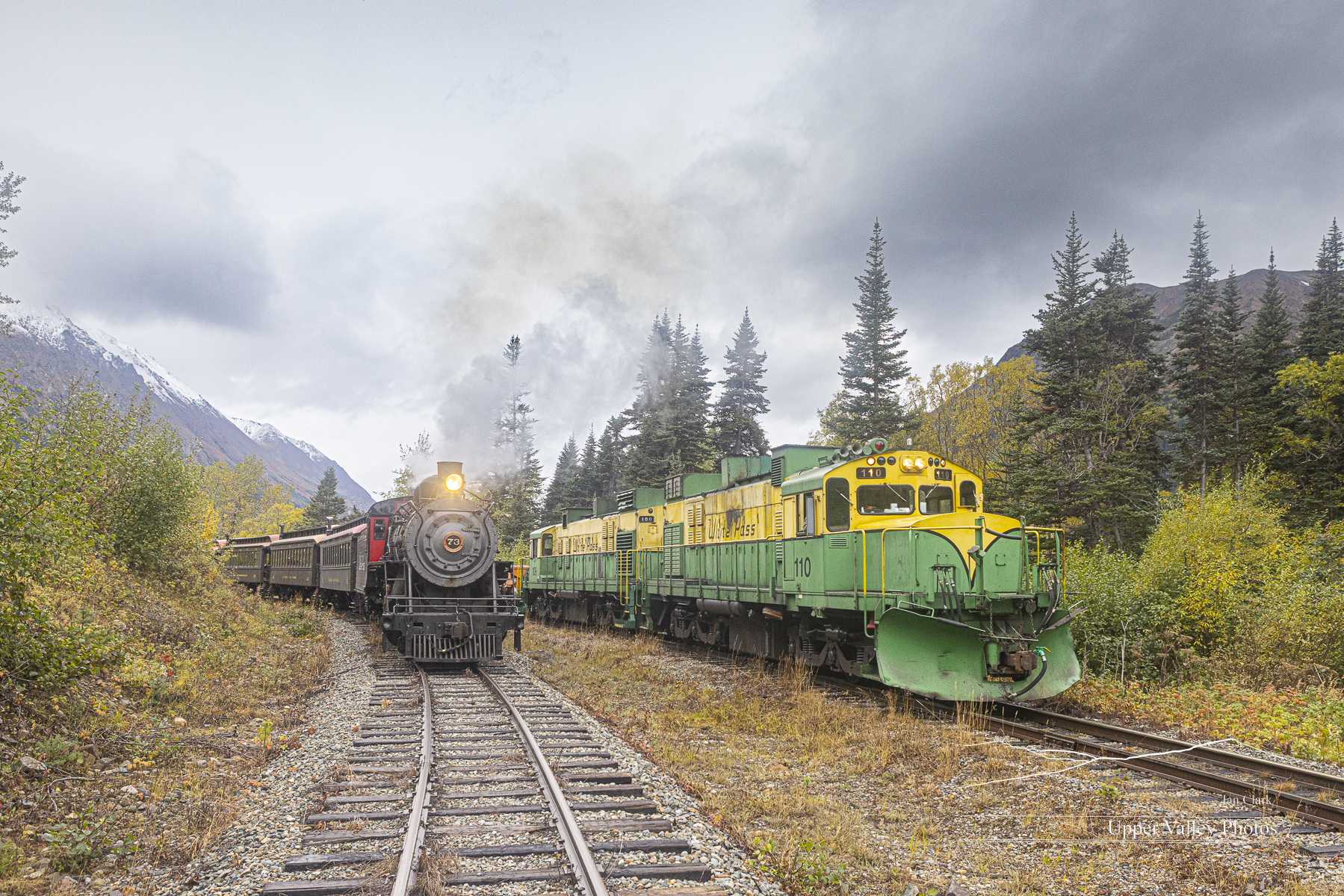
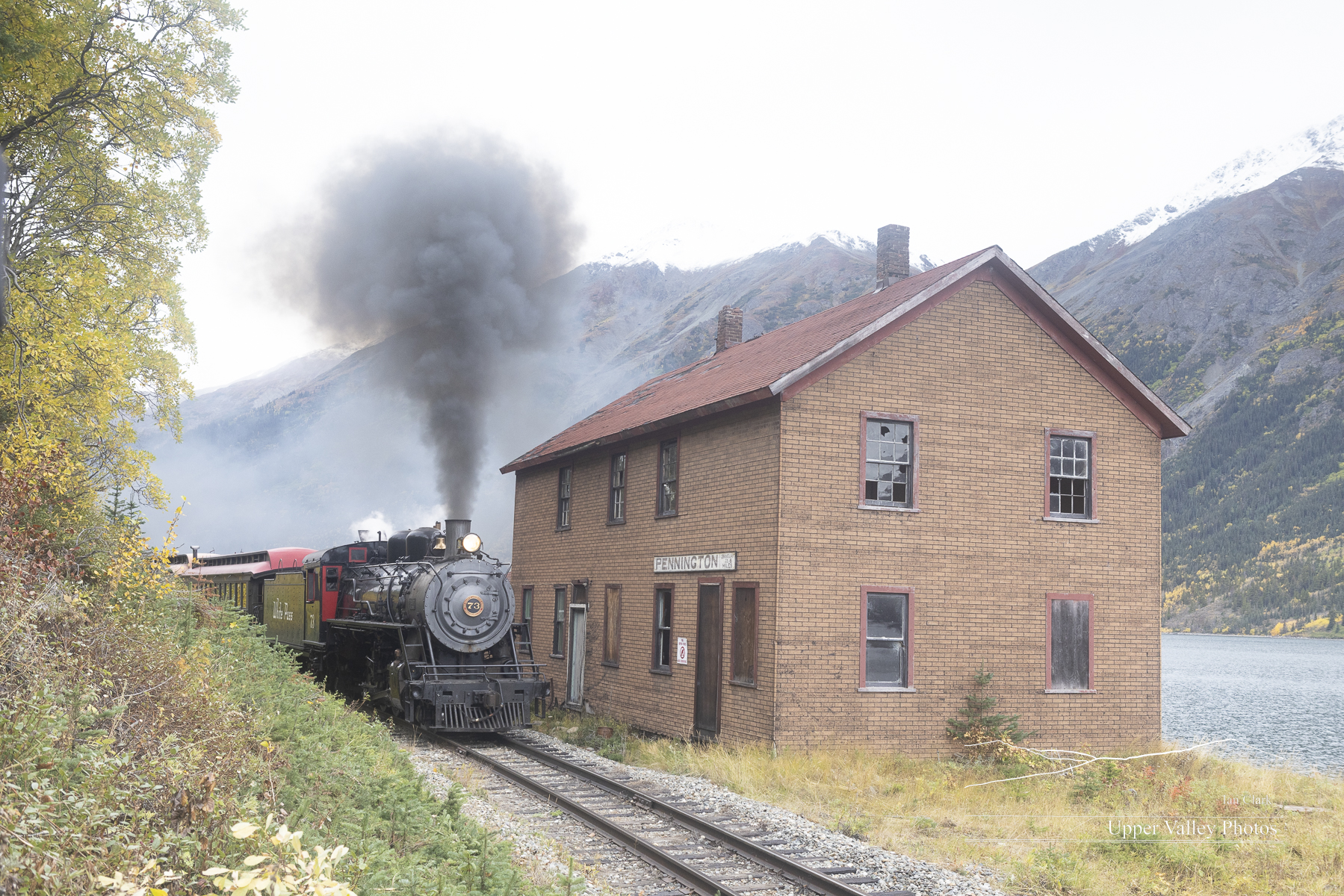
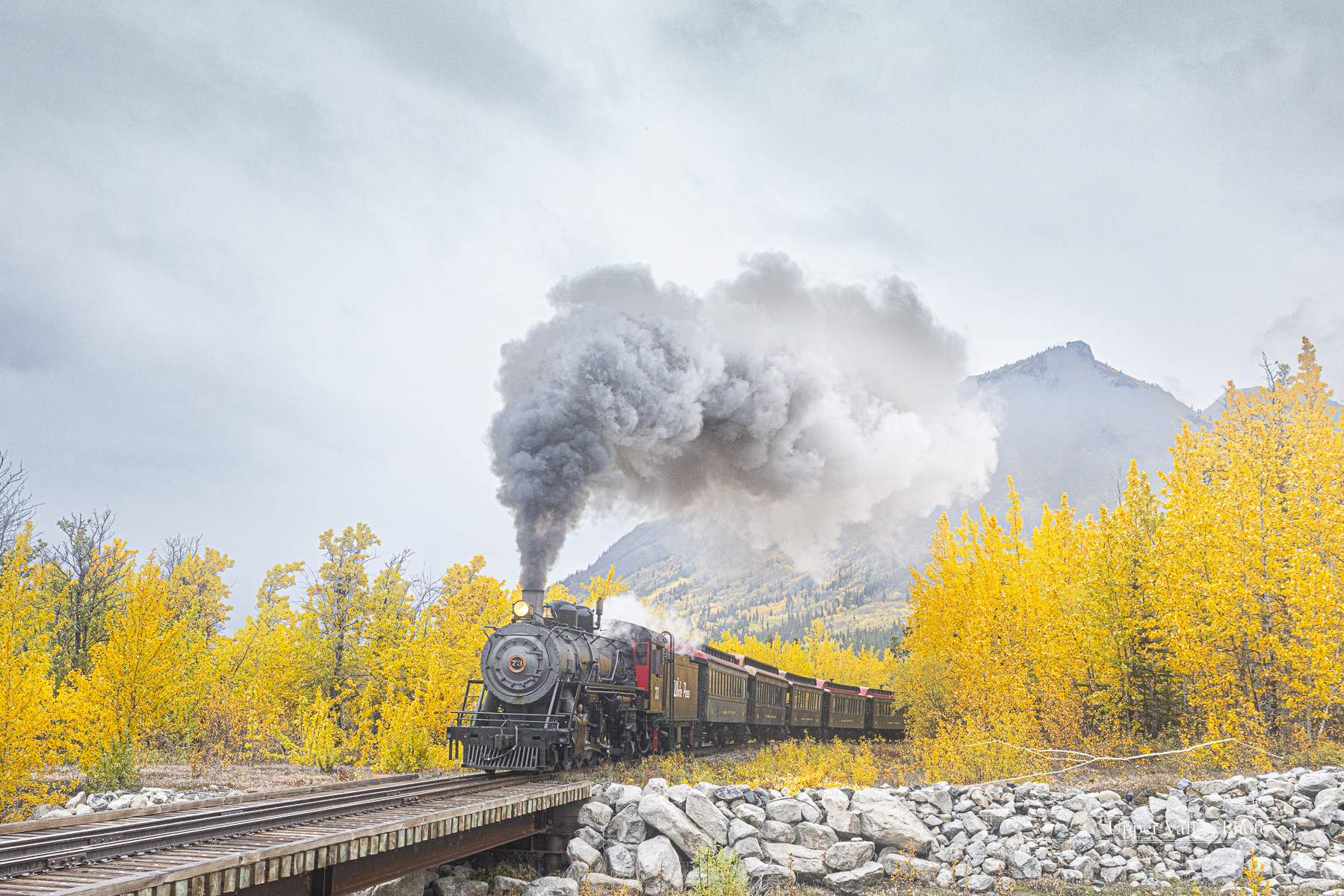
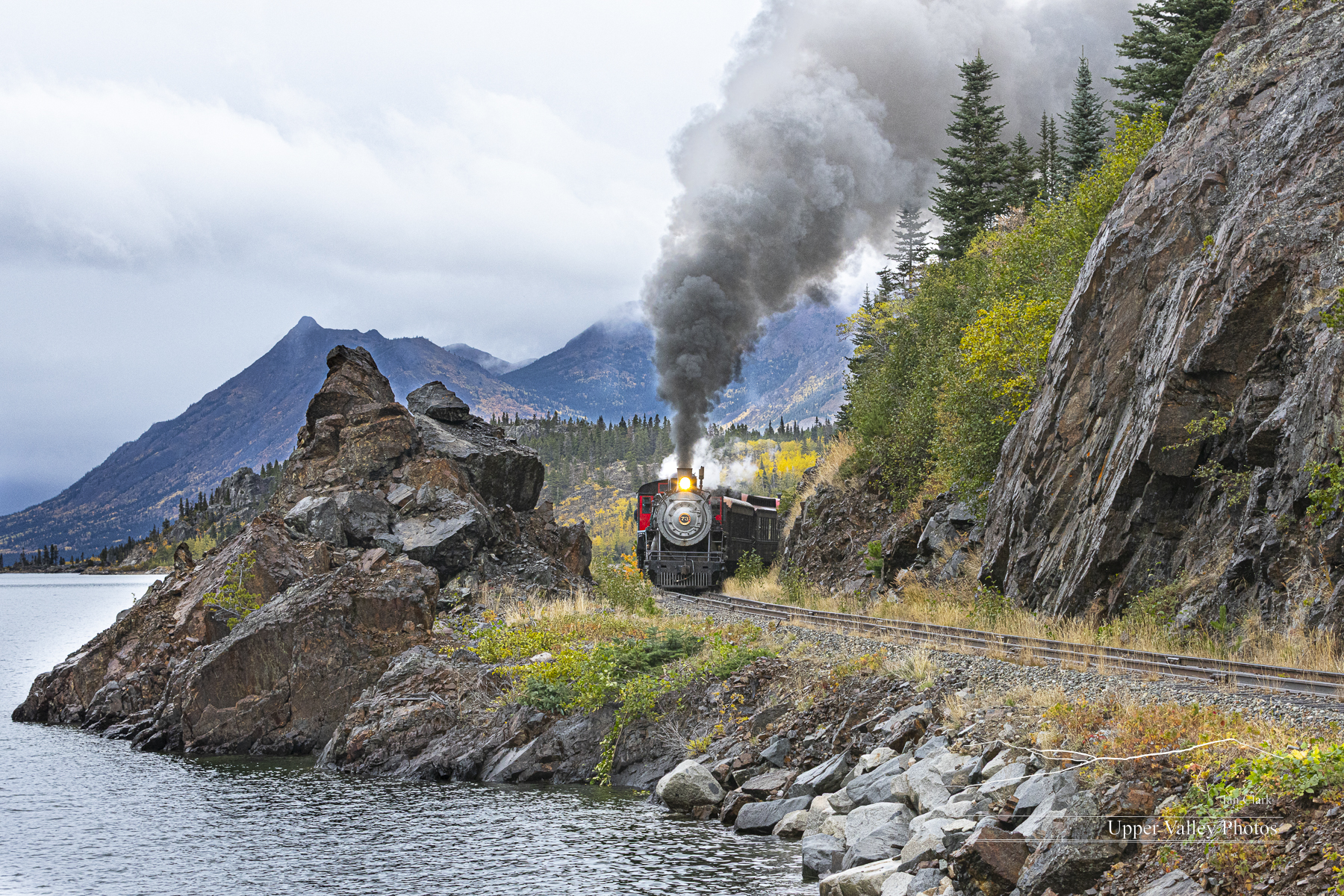
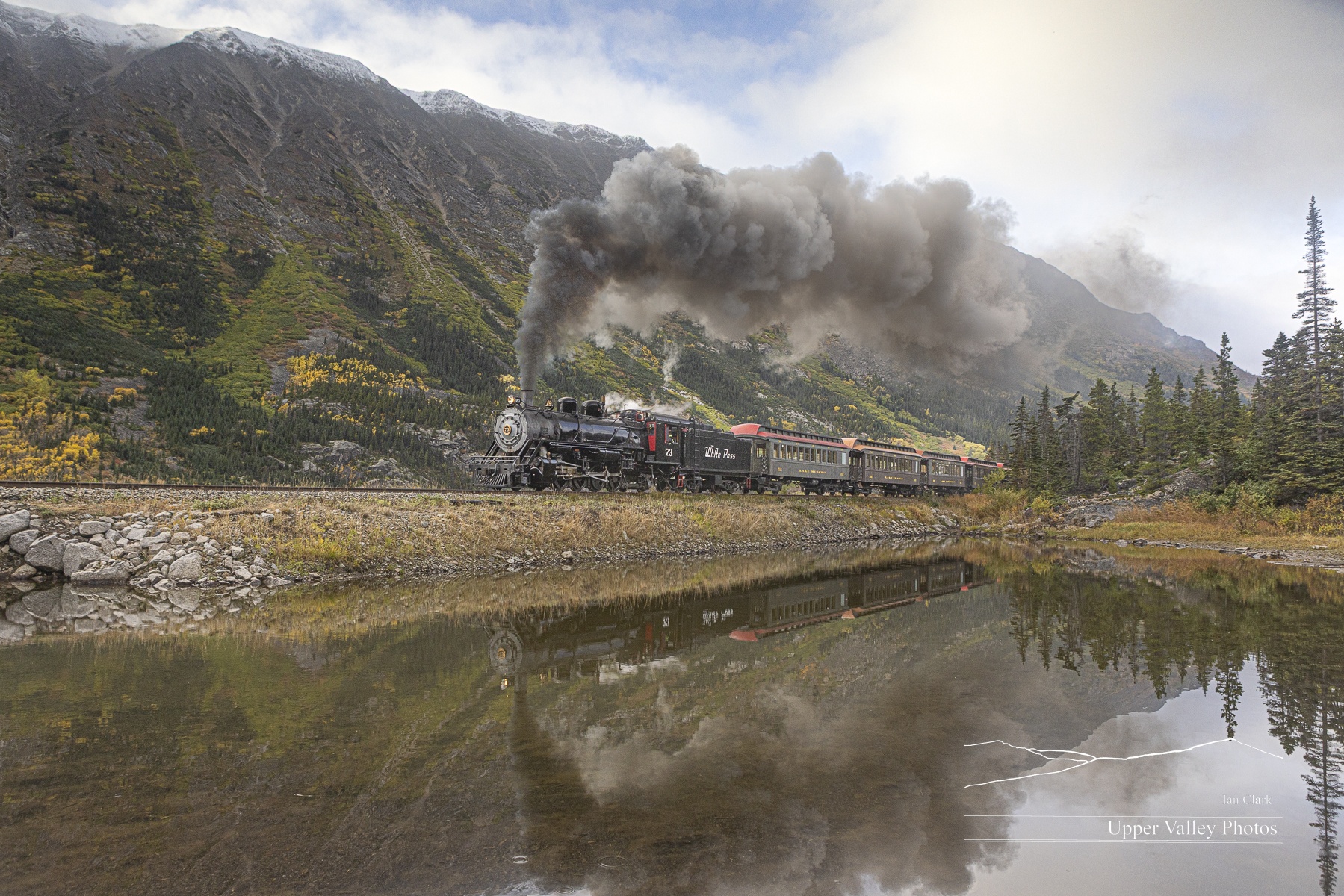
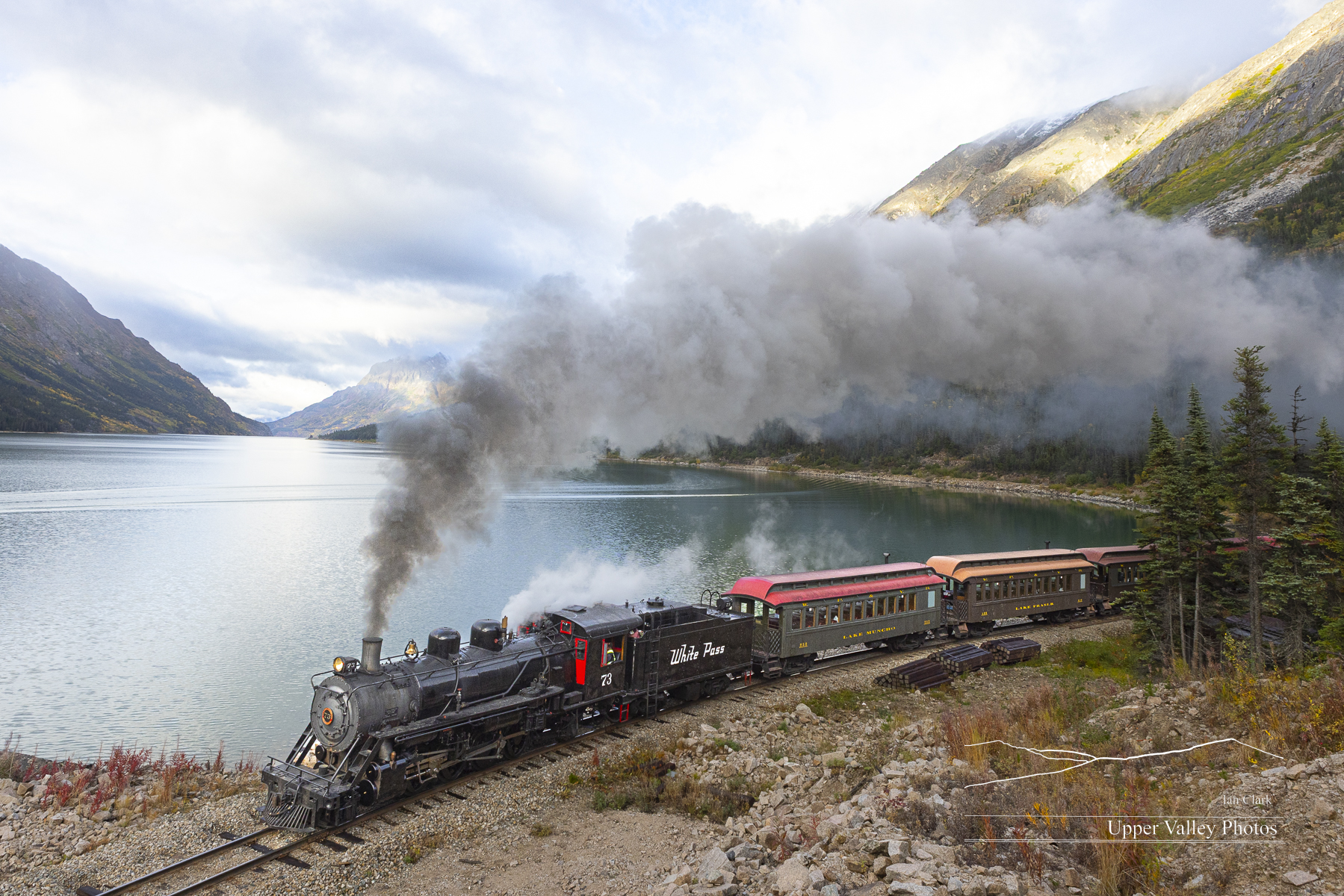
We headed back to Skagway for the night.
Our second day sort of dawned to very heavy overcast. The railroad didn’t have any regular excursion trains scheduled and we could work on the south end of the railroad without getting in the way.
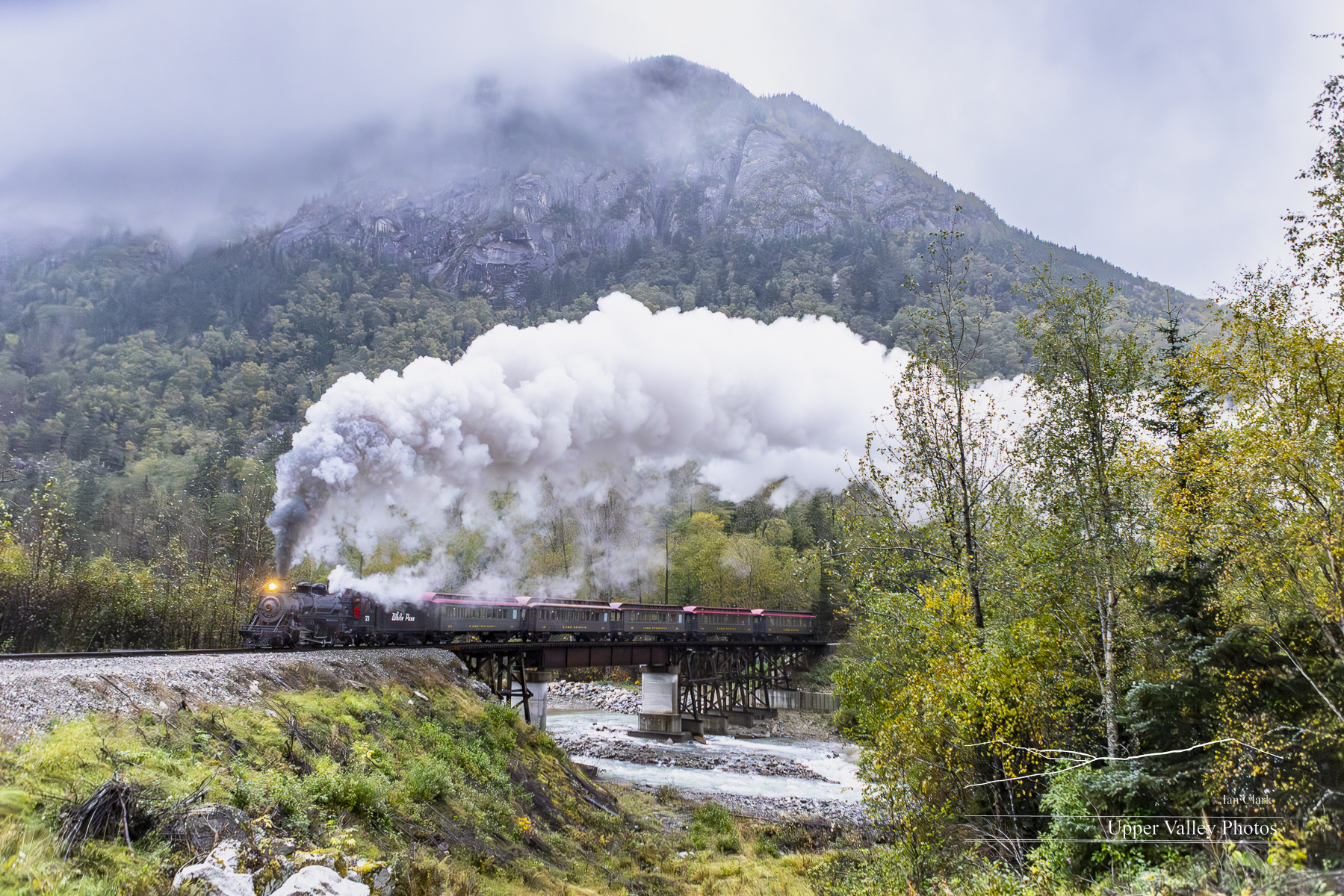
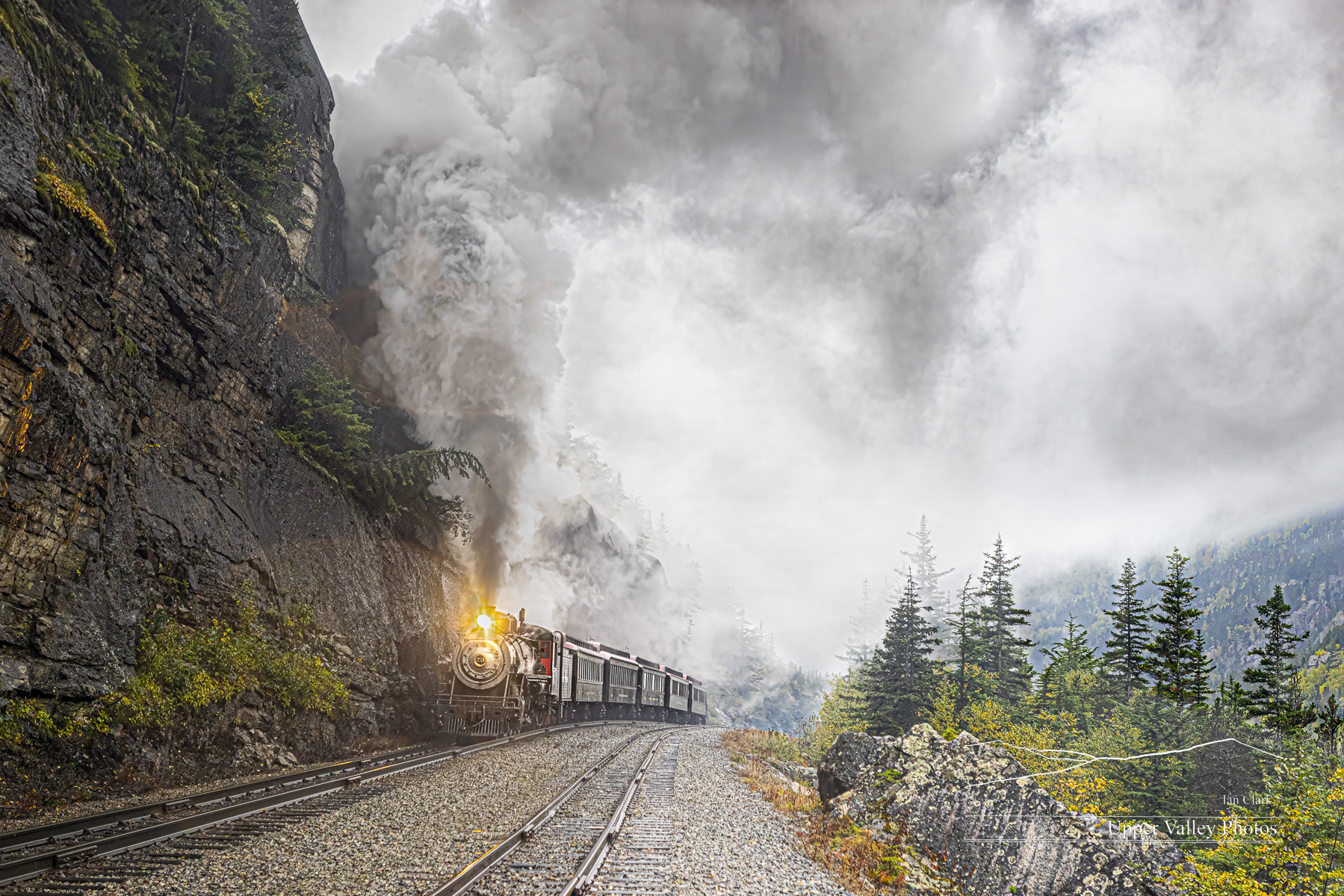
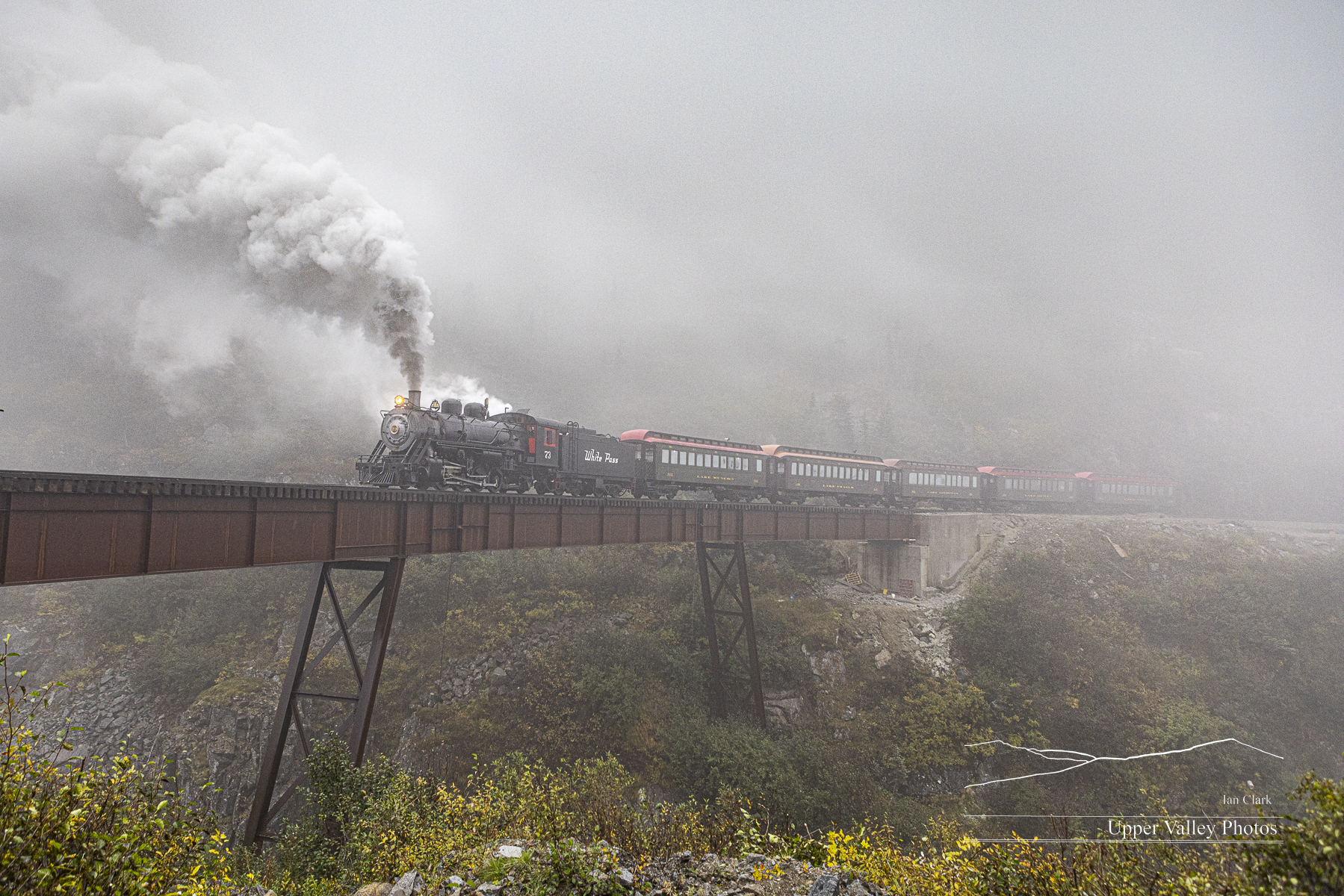
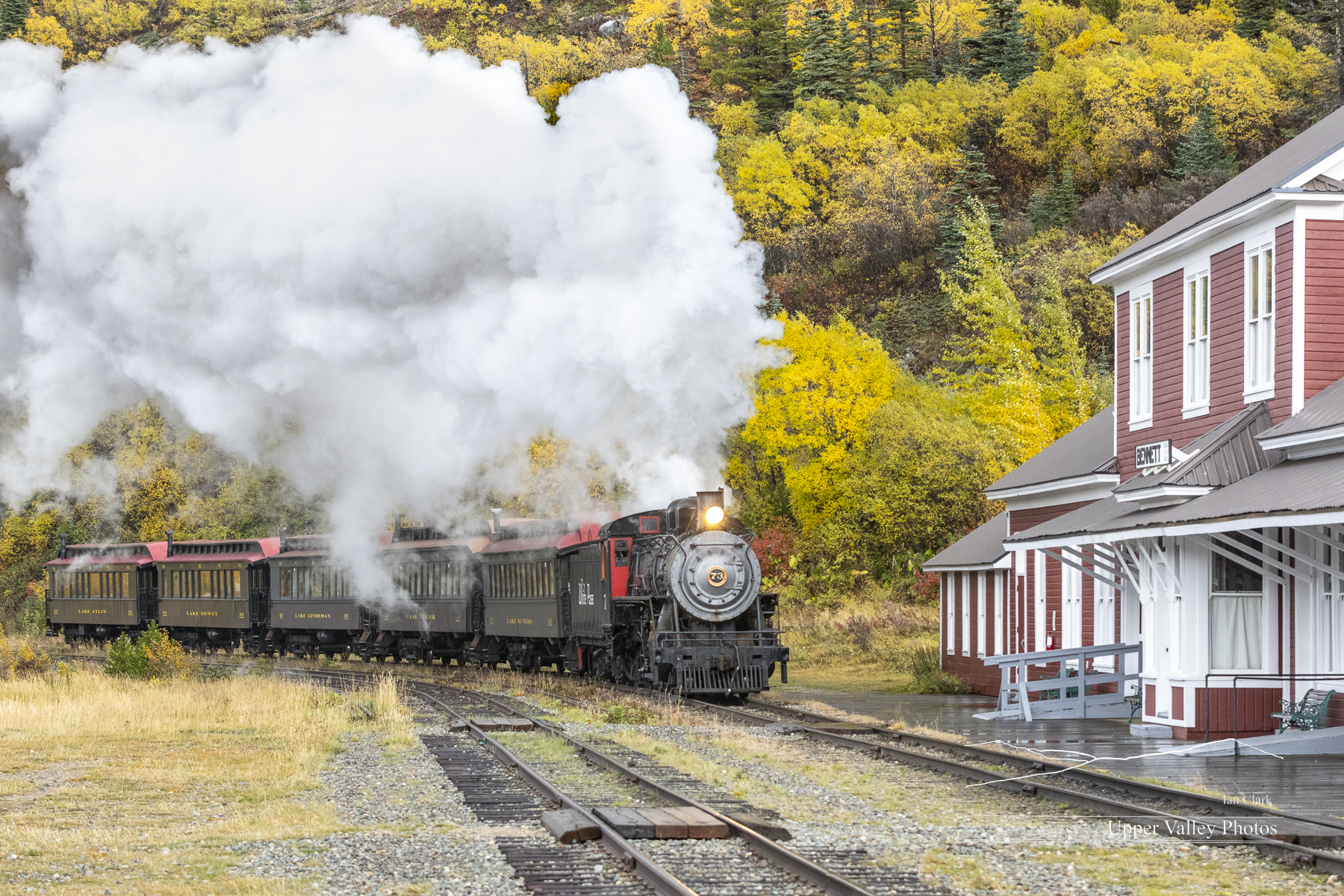
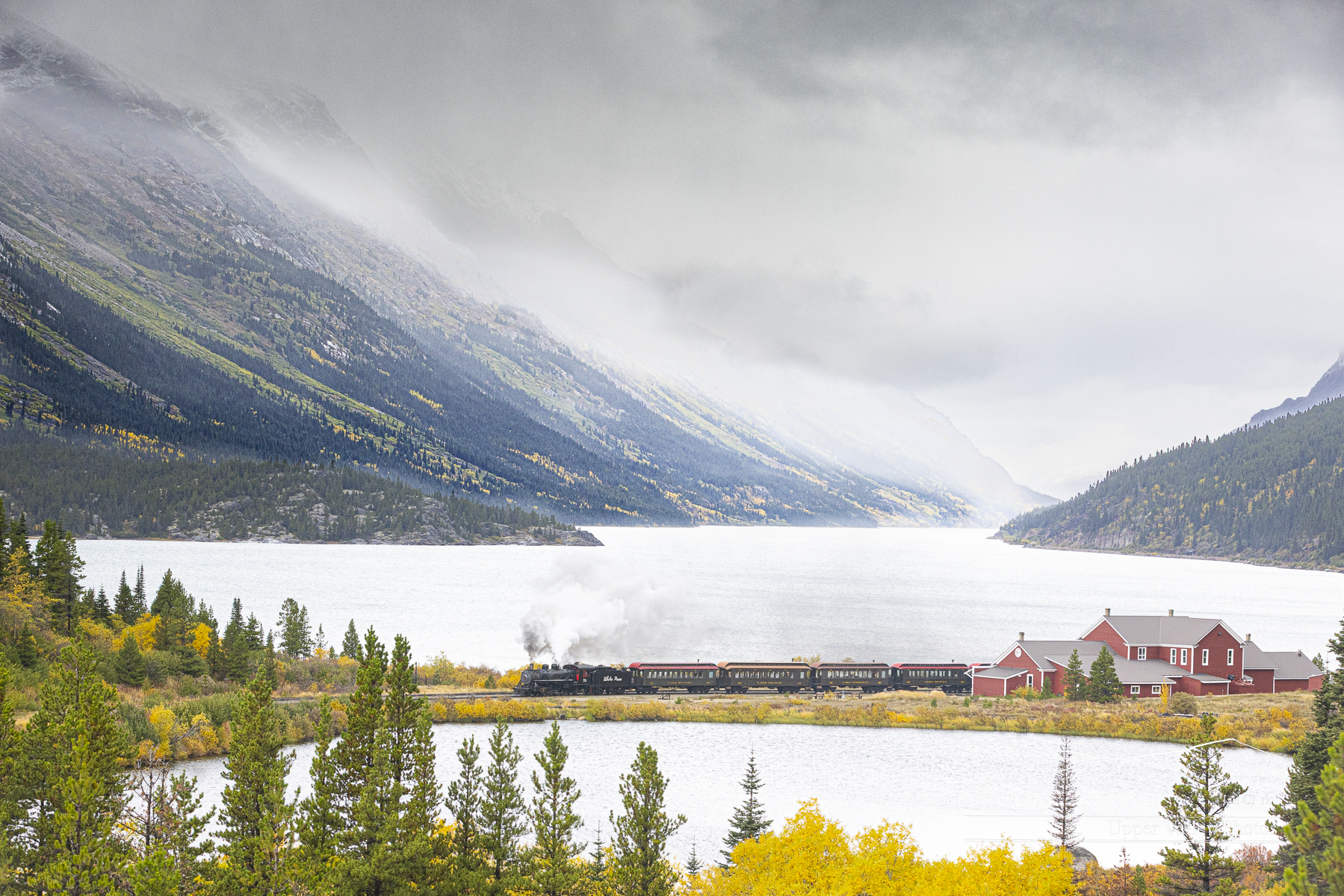
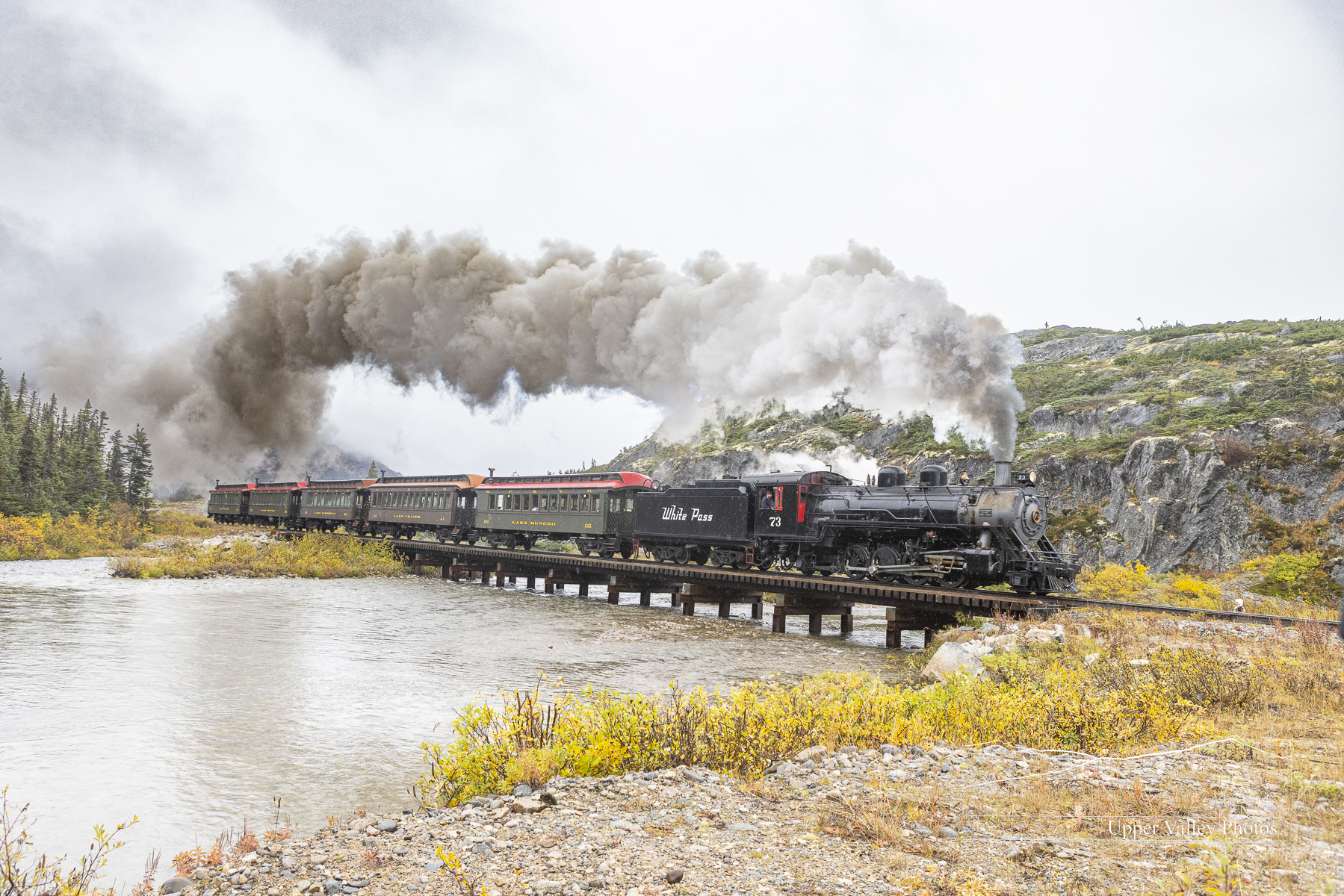

We returned to Skagway. More ambitious photographers grabbed some dinner and headed back out for some night shots. We wiser photographers went to bed.
Our last morning started brighter than the previous mornings. Which isn’t saying much…..
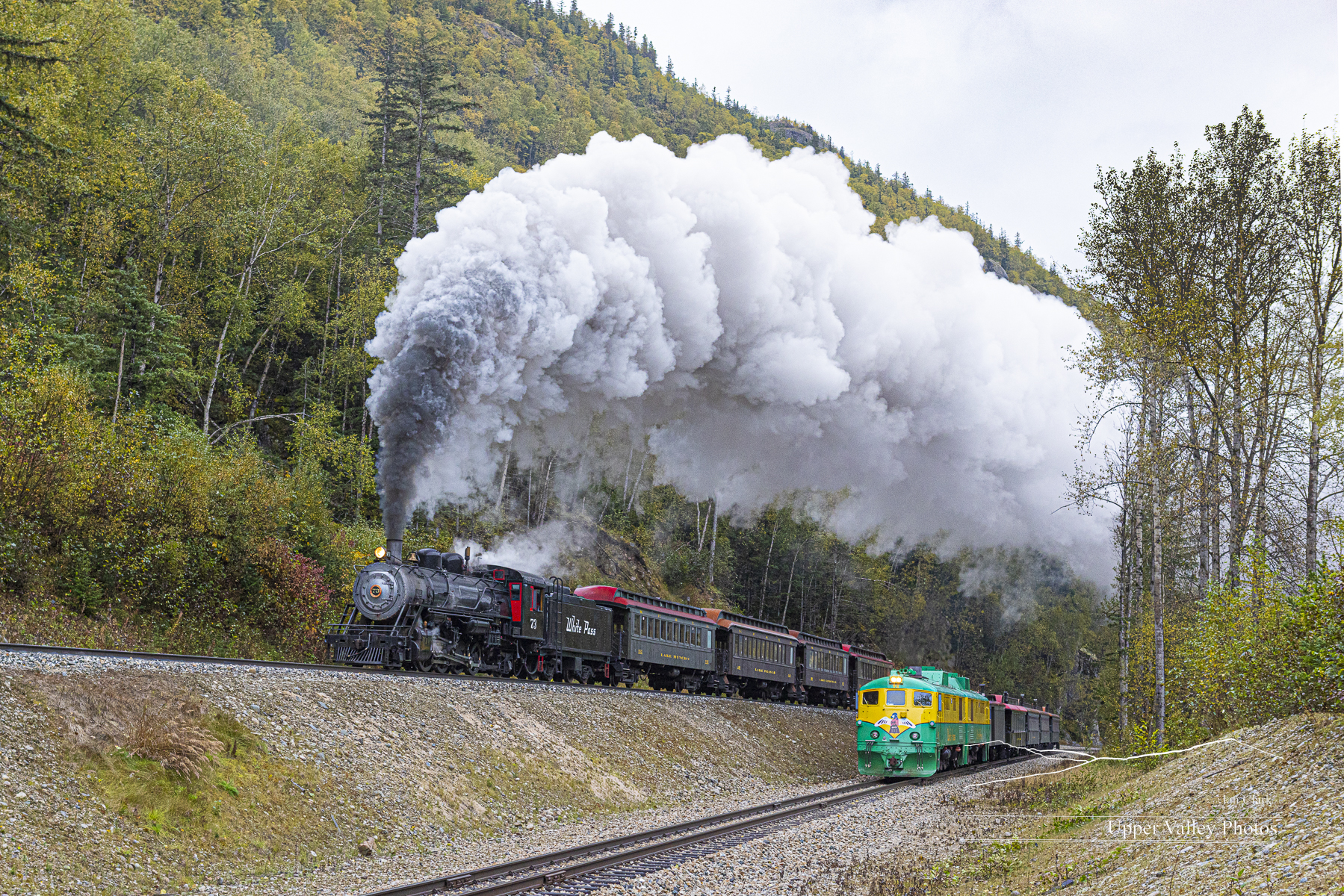
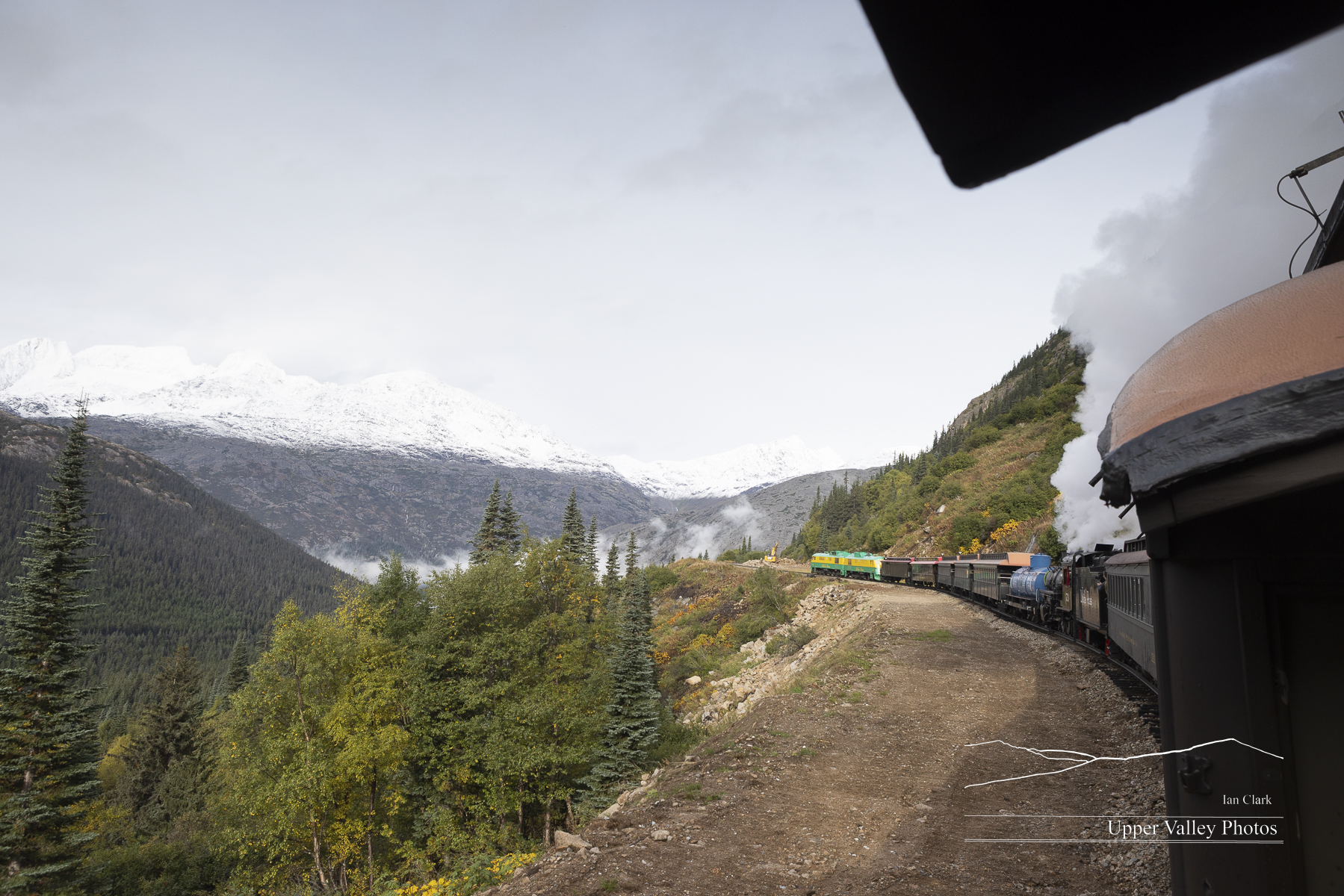
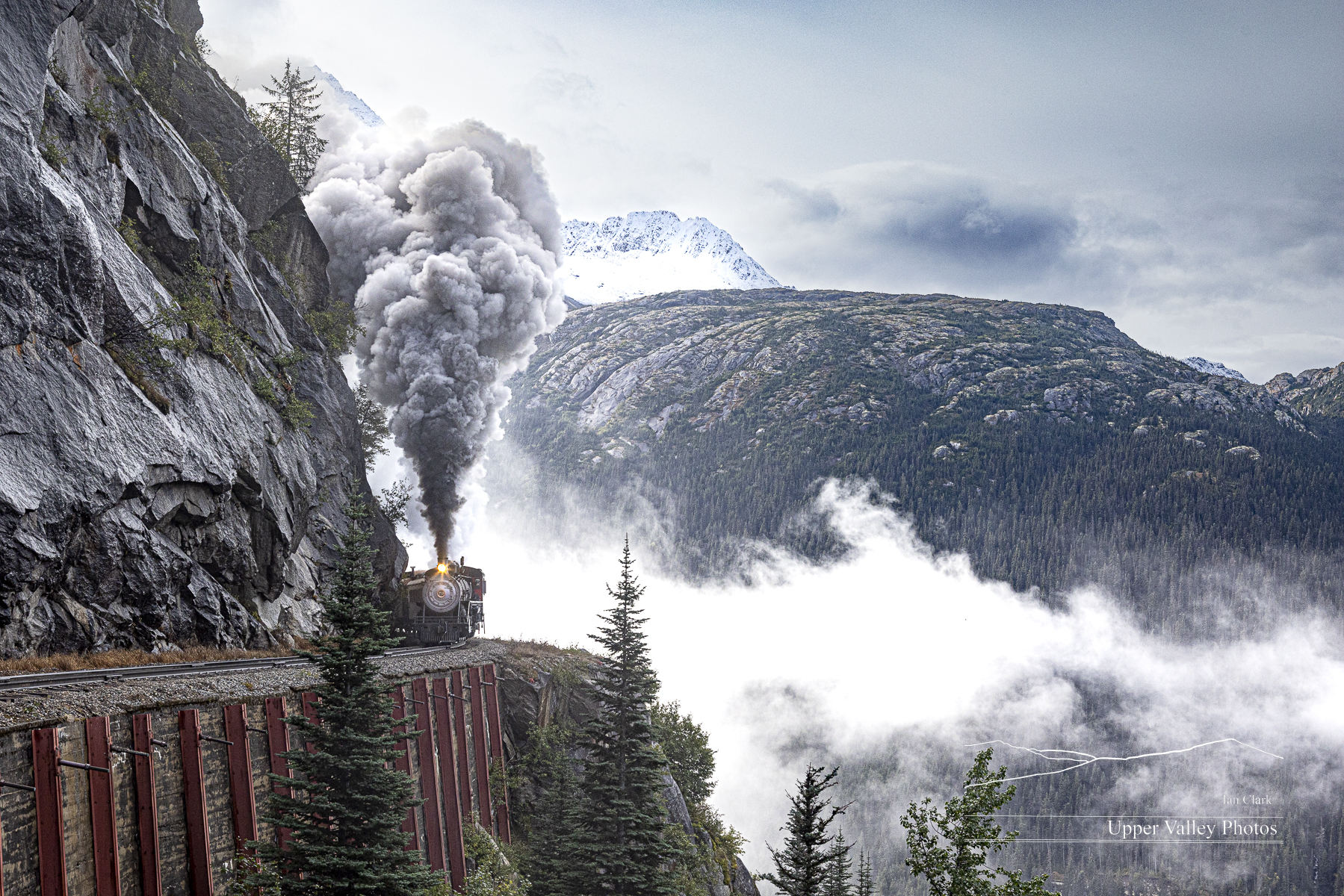
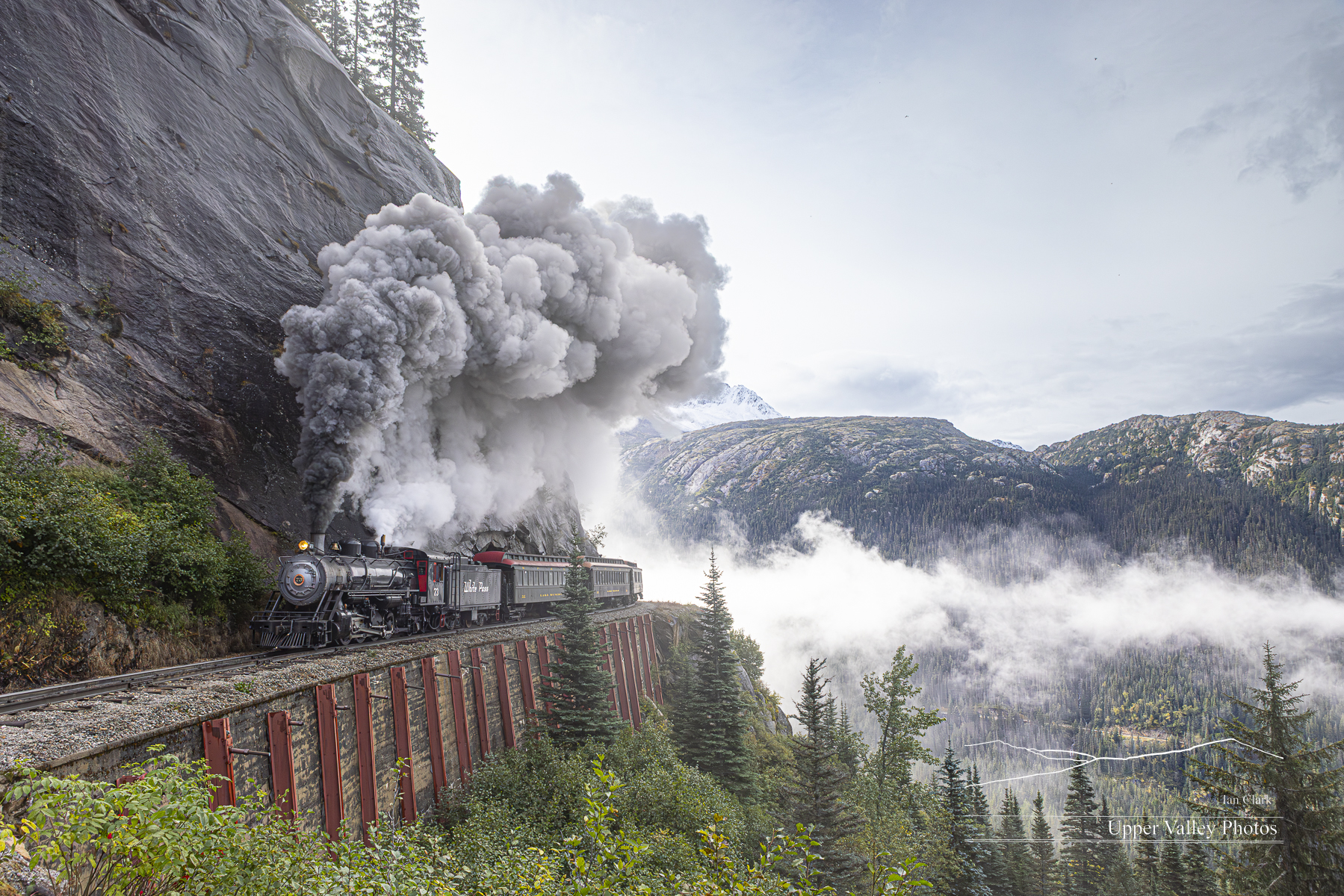
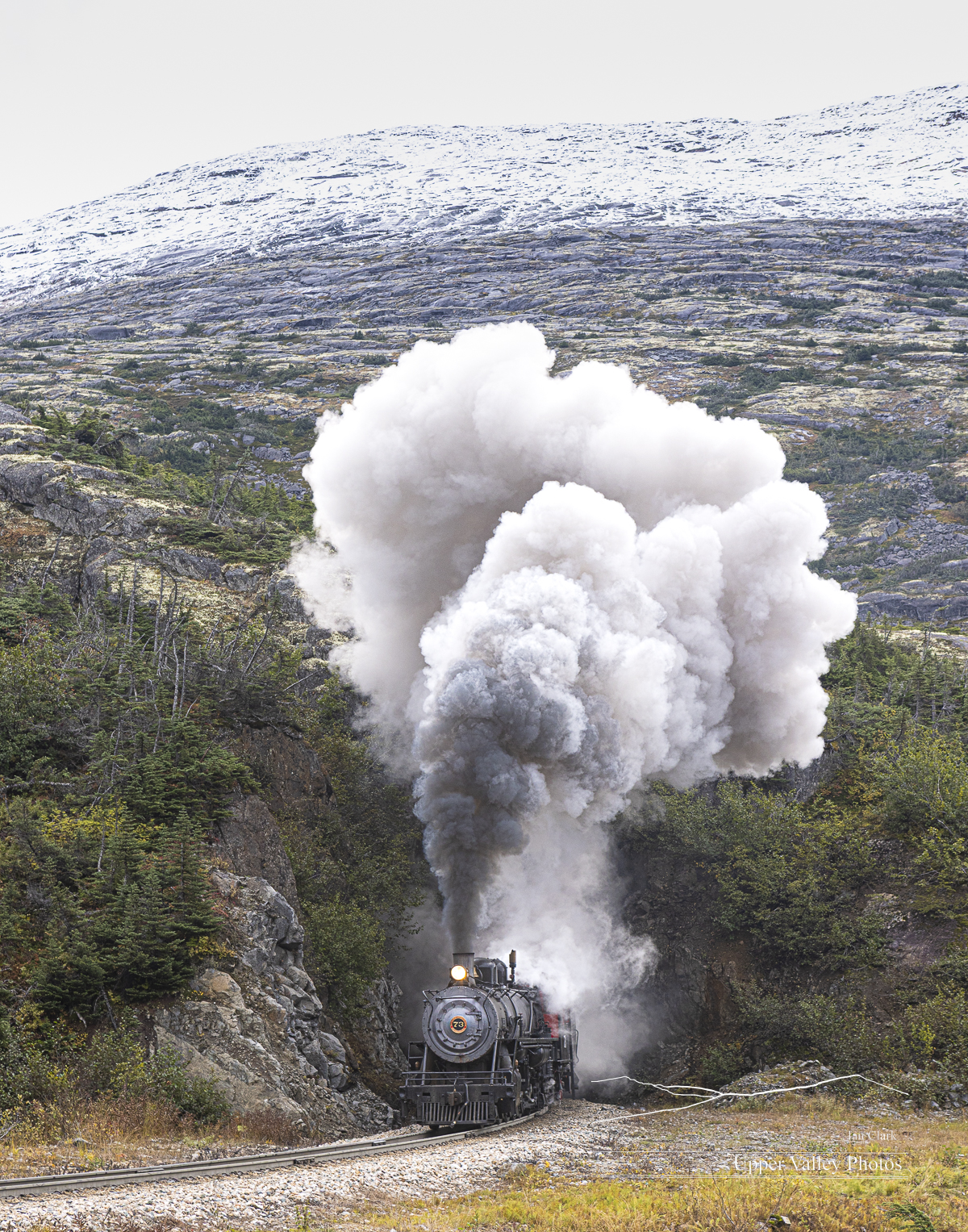
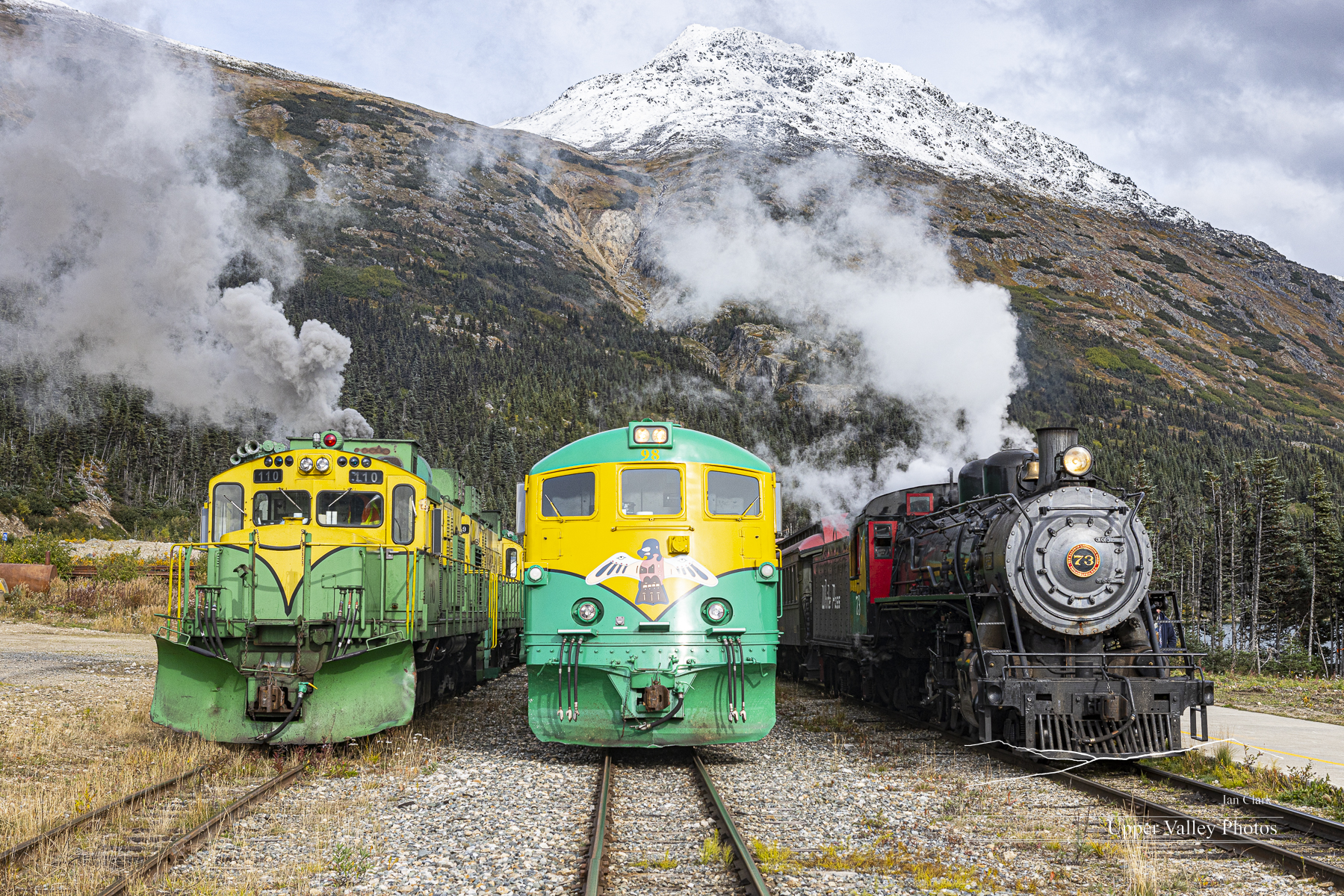
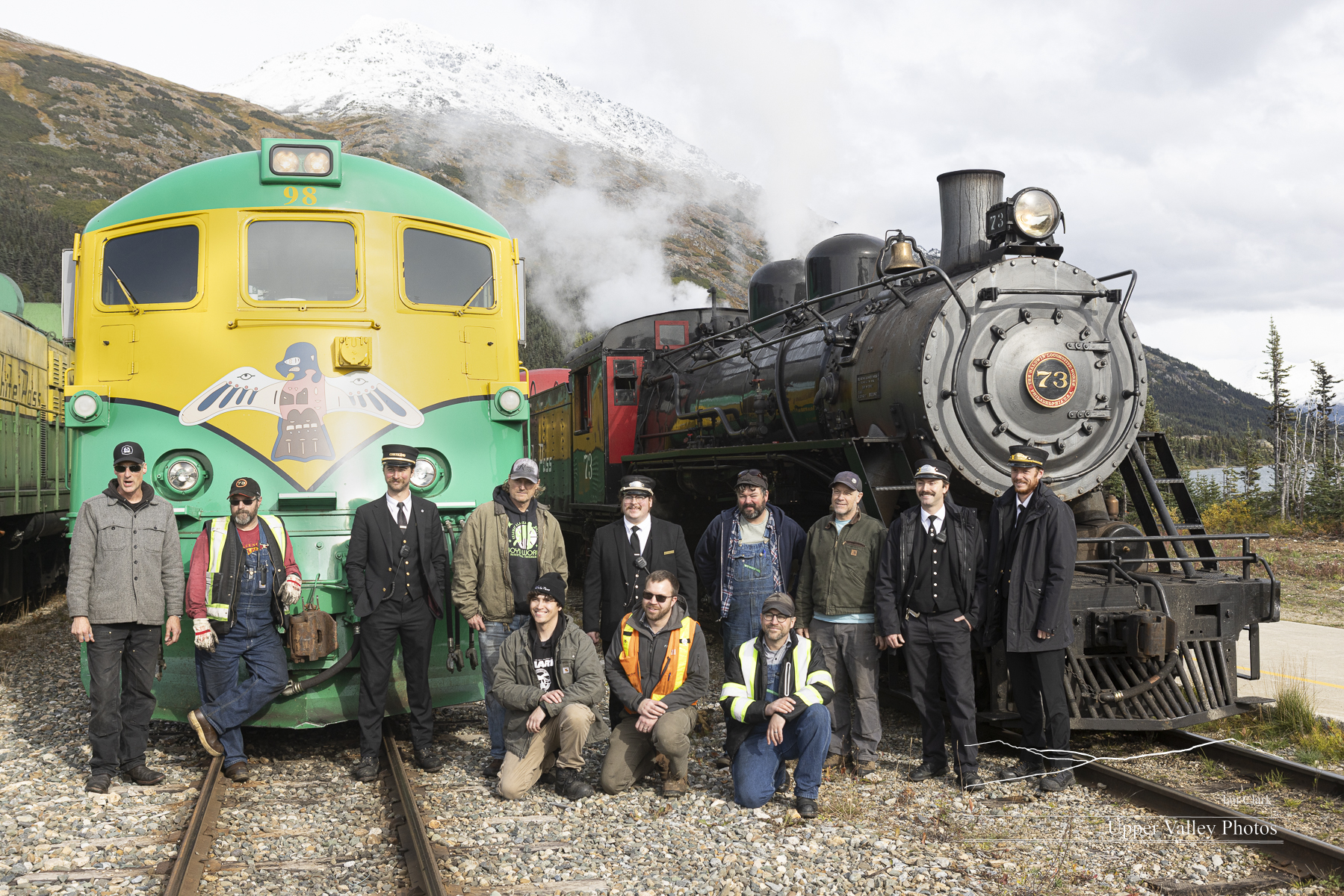
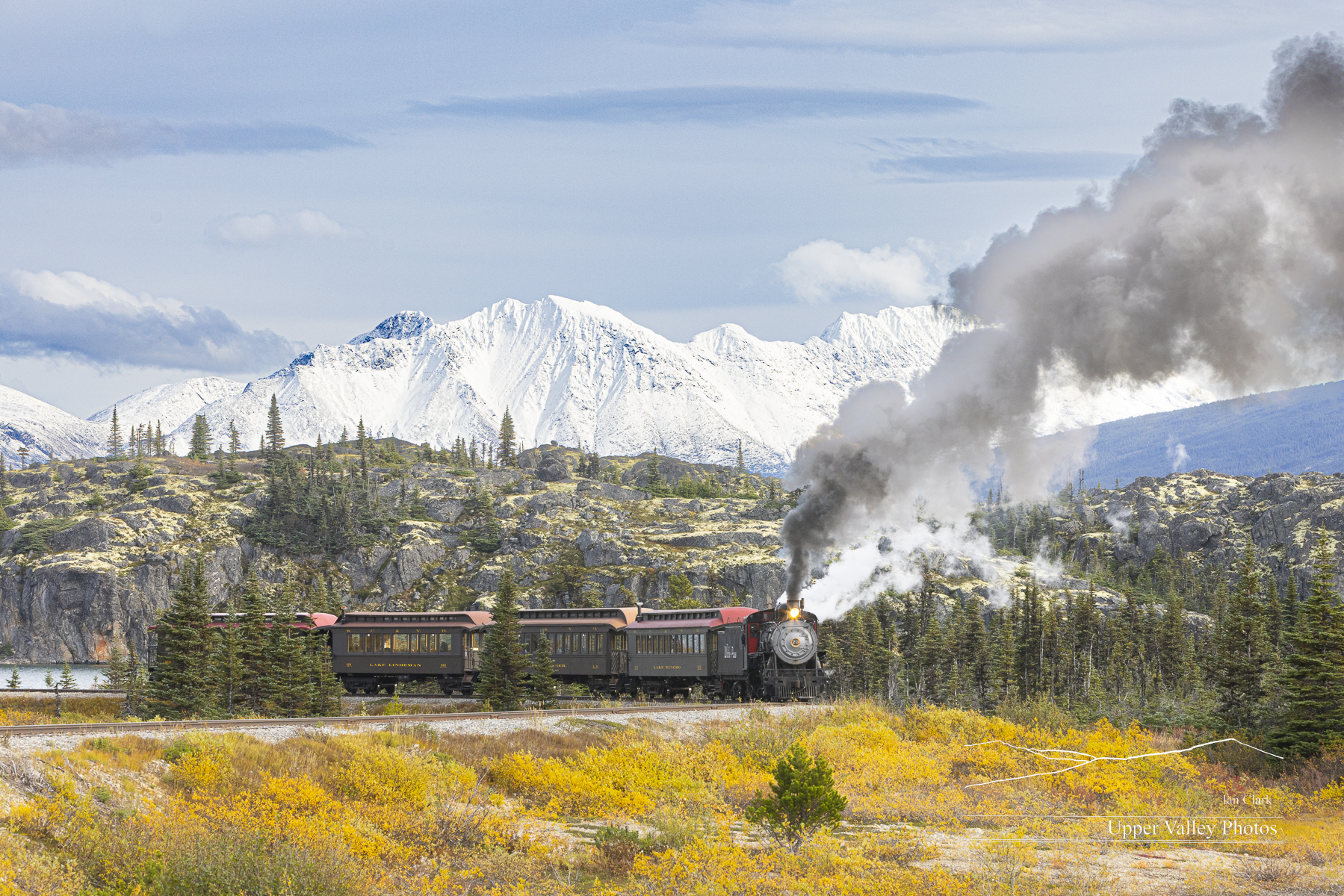
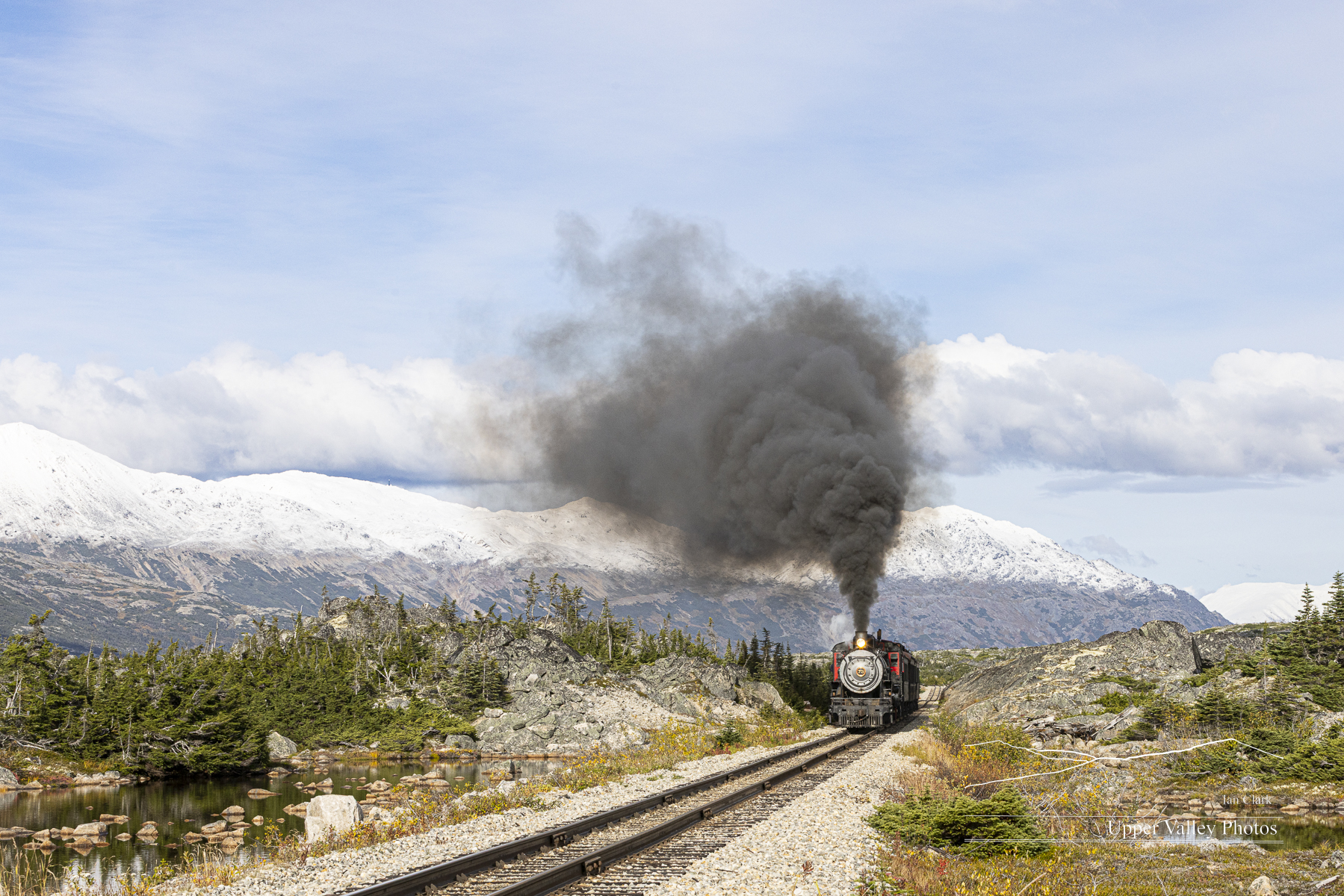
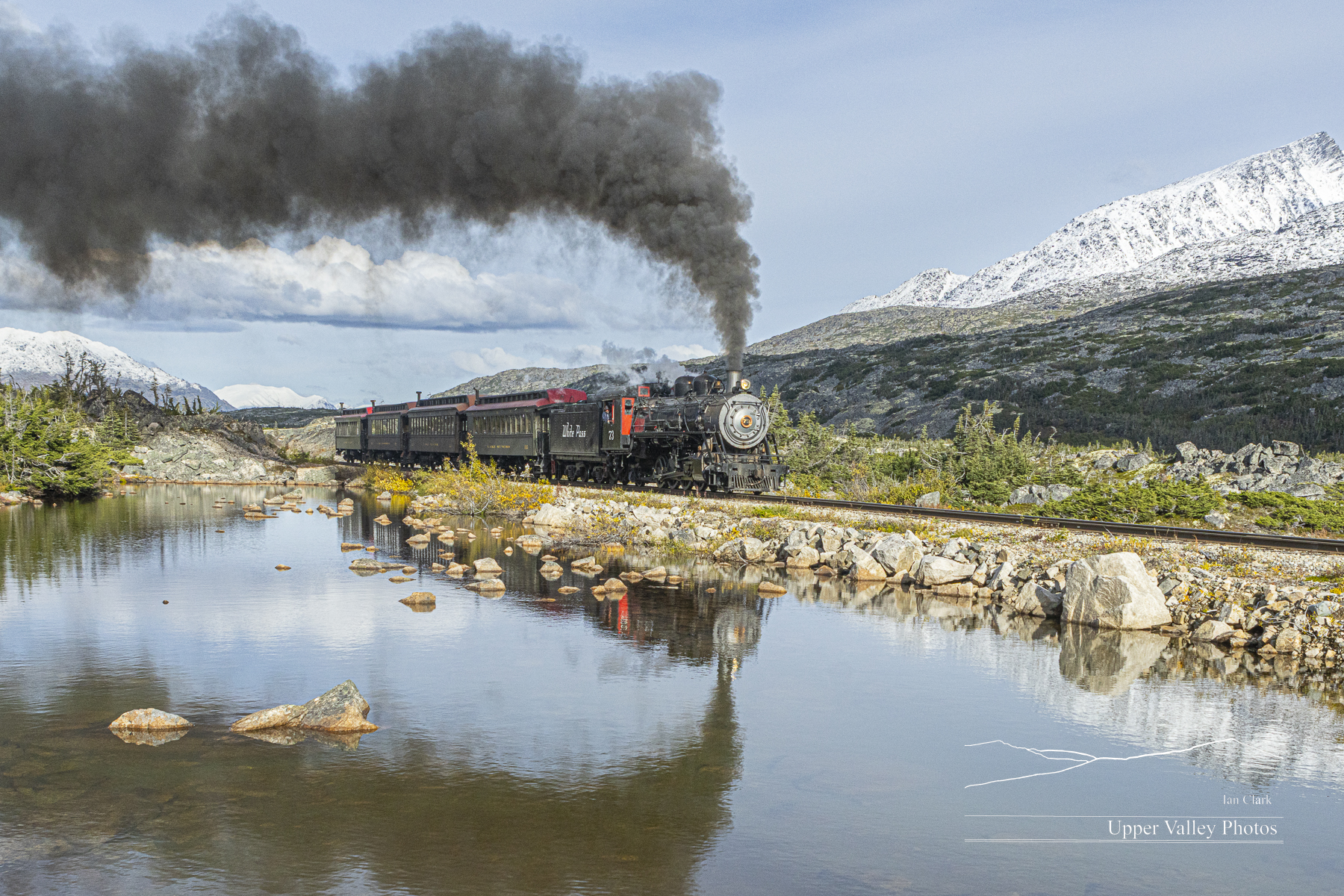
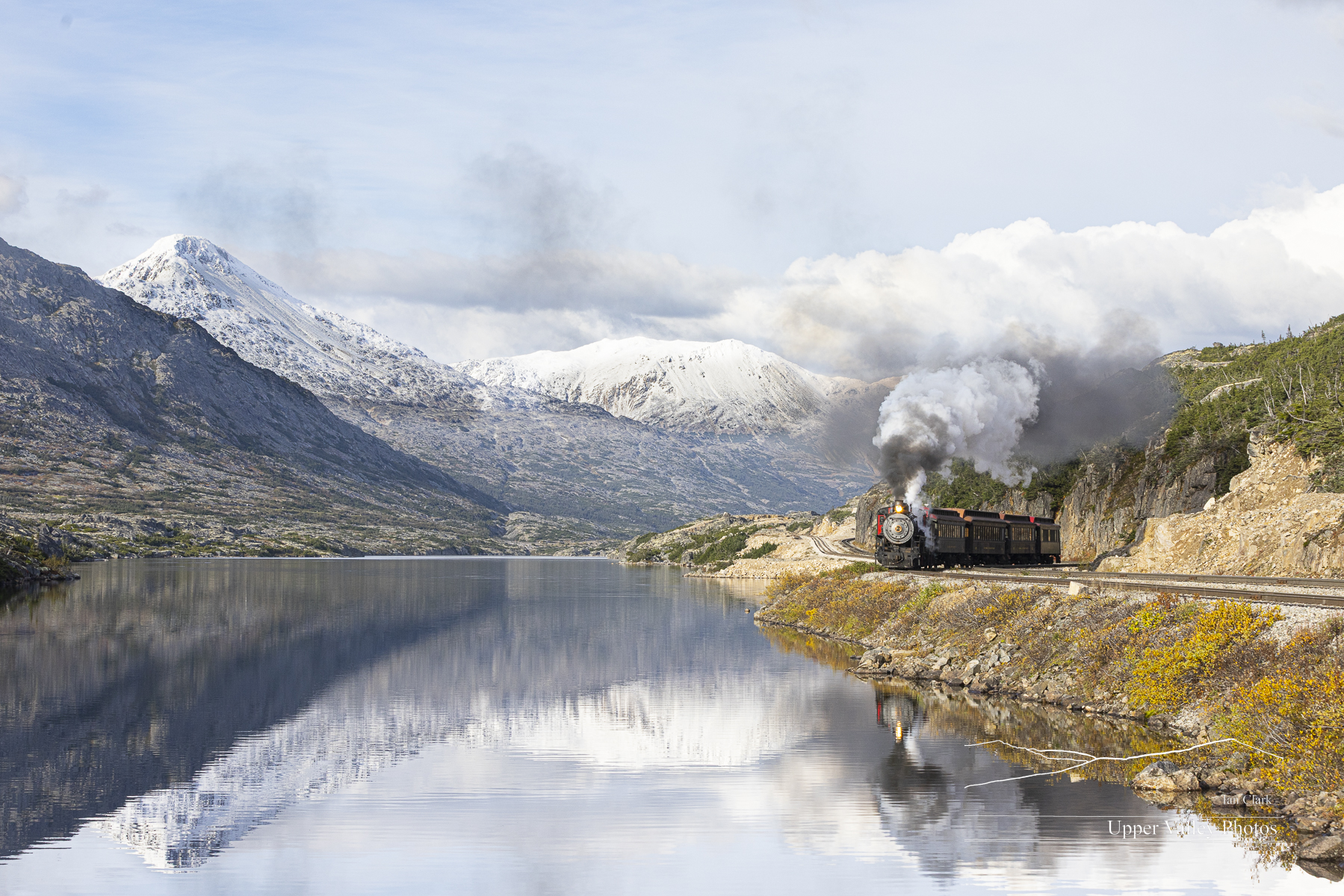
Time was running out for us and we headed further south.
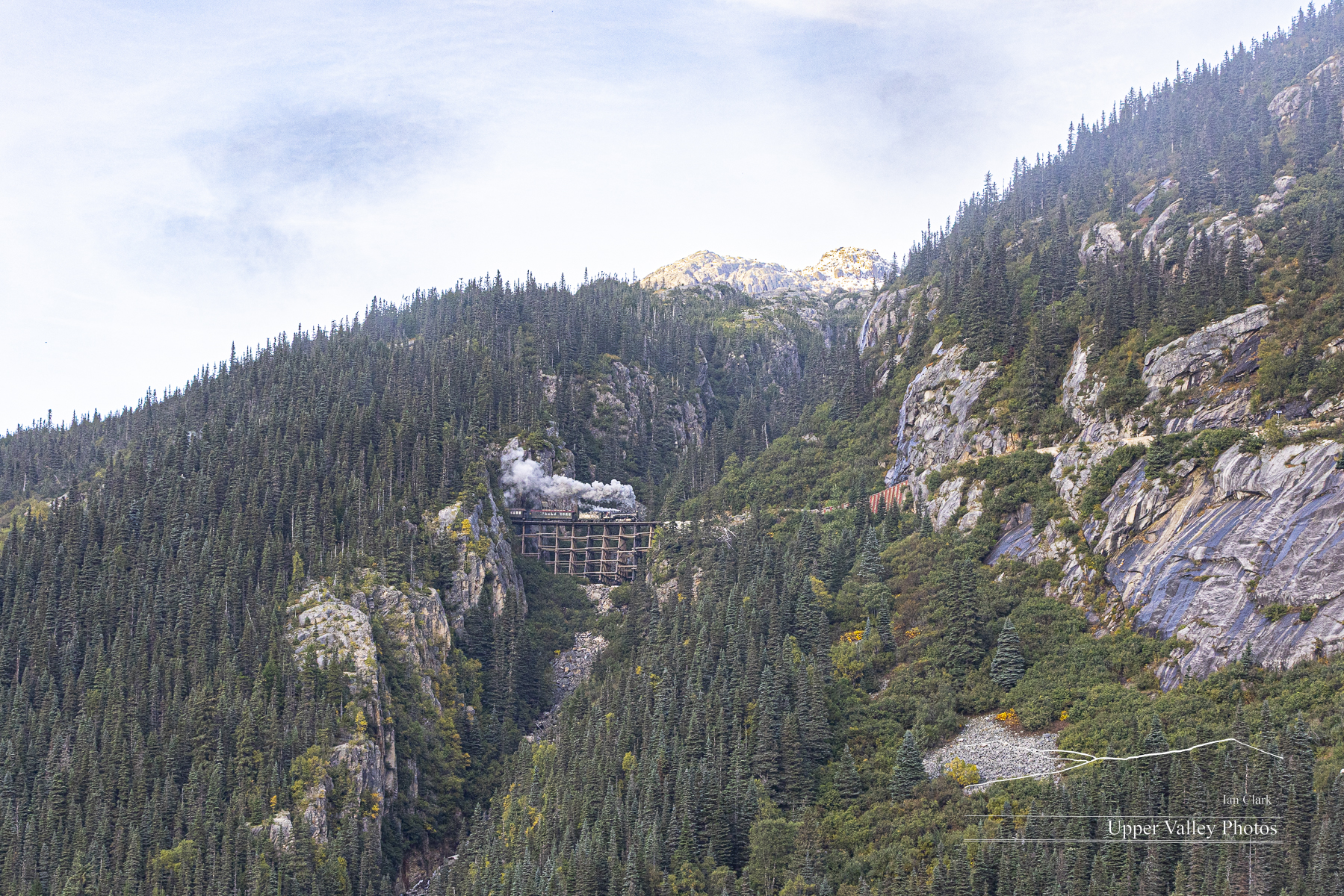
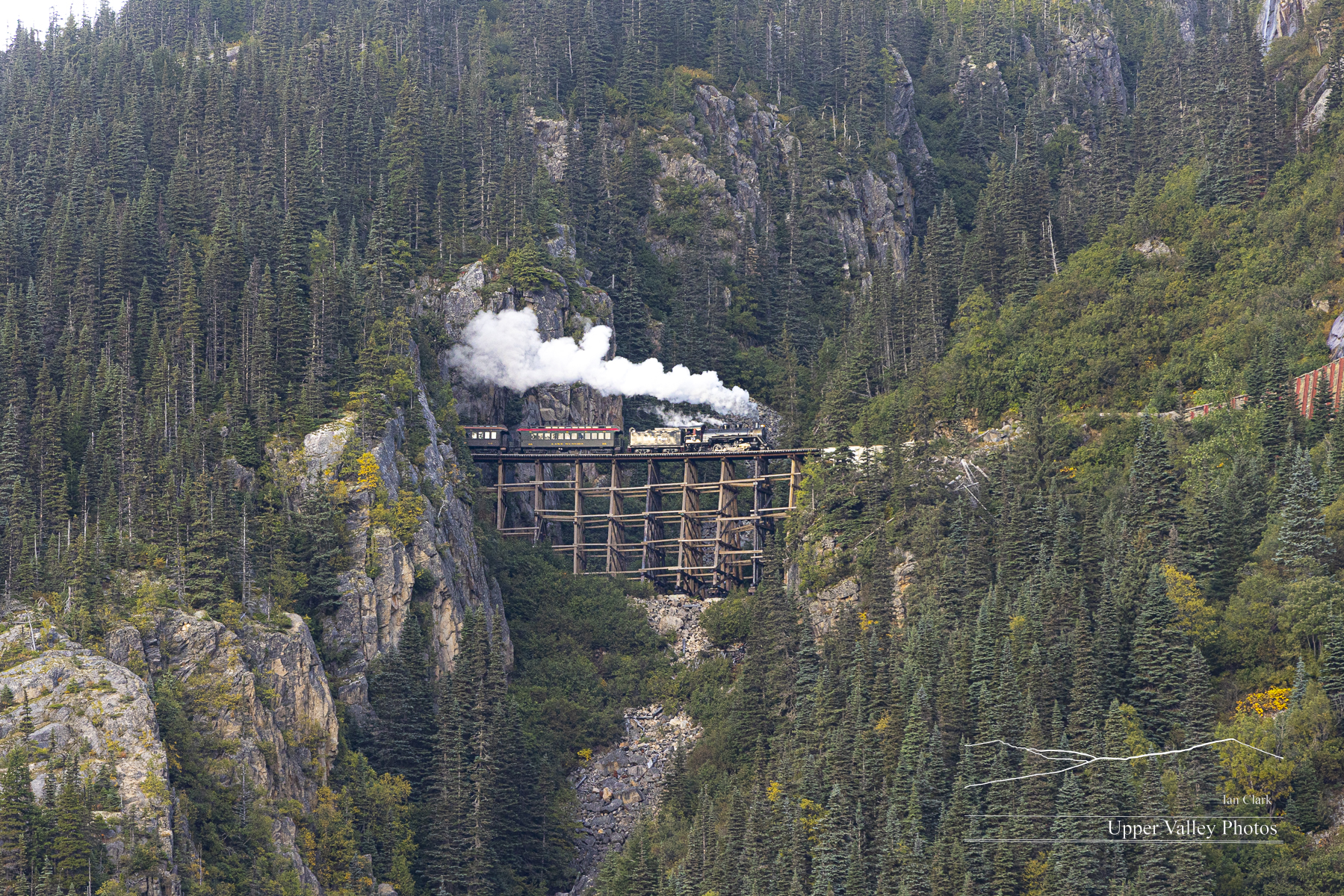
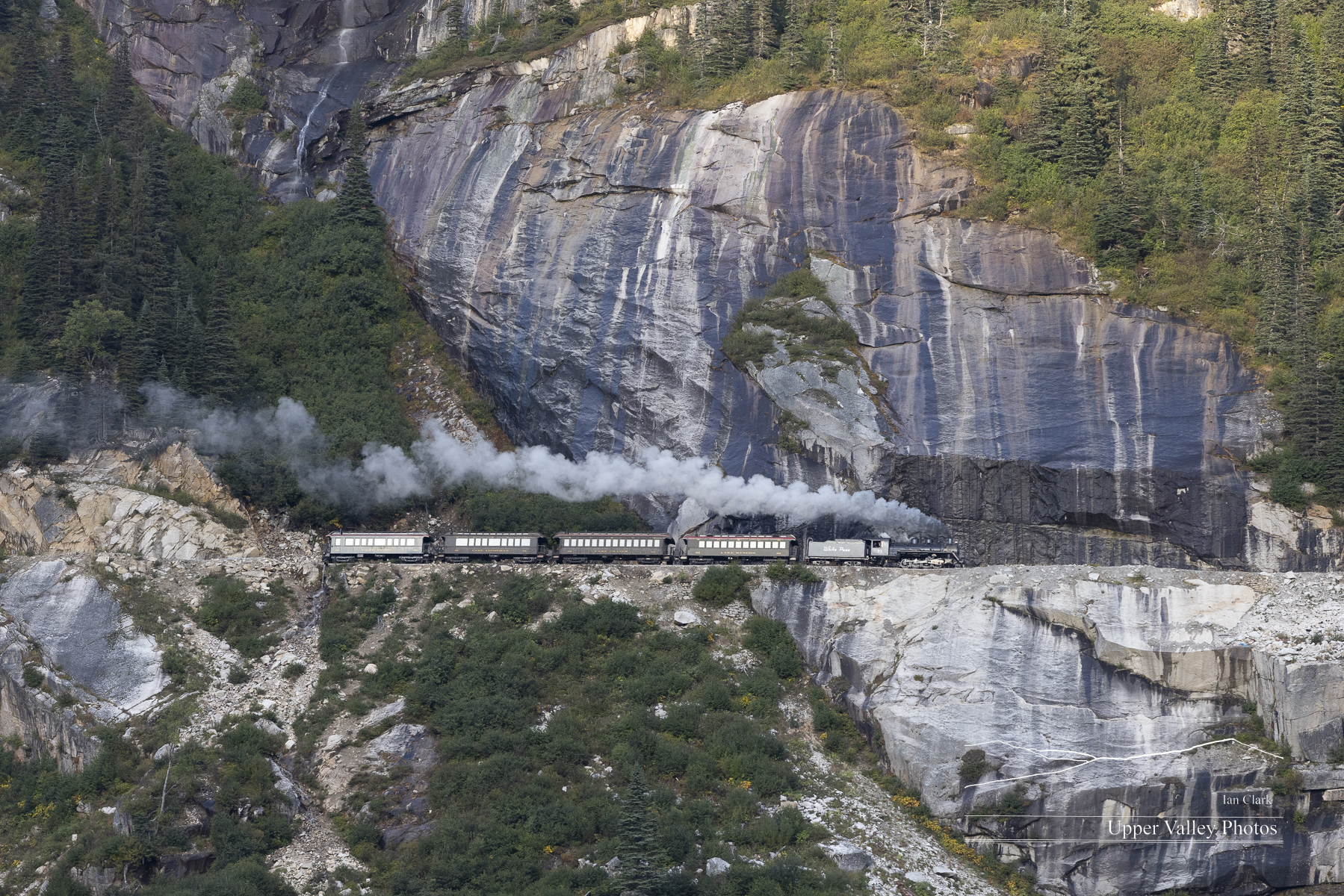
We headed back to Skagway in time for several of the photographers to get to Whitehorse, Yukon to catch flights home.
Pete and his crew as well as everyone on the railroad did an outstanding job, we had a great time and came away with some great photos. If you get up to southeastern Alaska, a visit to Skagway to ride the railroad is worth the trip.
I’ll have one more post from my trip in a few days. Mostly some of the scenery along the way.
And, I’ll be at the Celebrate Vermont show at the Doubletree in Burlington November 21-23. More details in following posts.
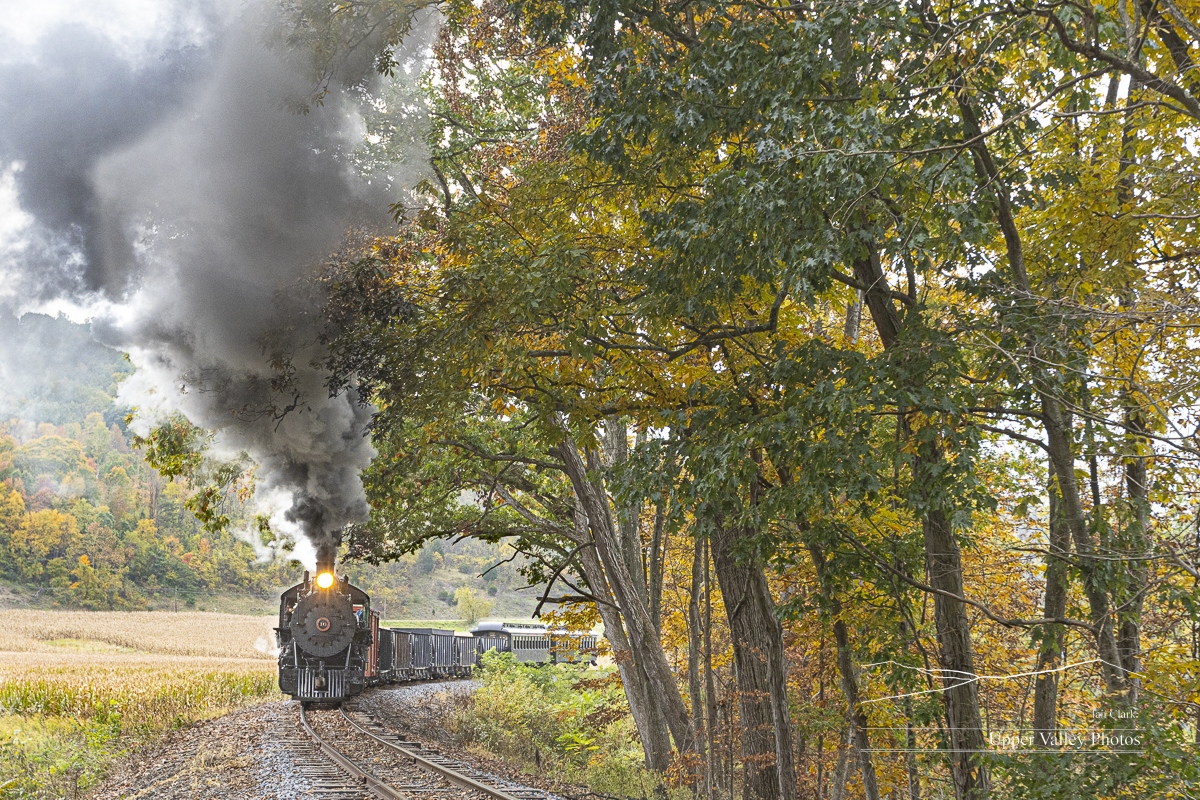
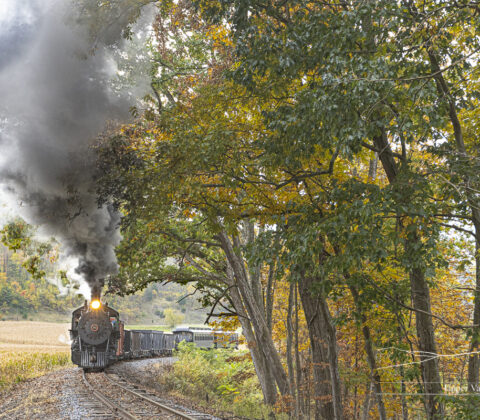
A Visit to the East Broad Top Railroad
In October, I was able to revisit the East Broad Top Railroad in Orbisonia, PA. Pete Lerro of Lerro Productions organized a photo charter with EBT’s 2-8-2 no. 16 and a variety of antique cars and reenactors.
I’ll be giving a presentation on the surviving steam locomotives in the US on Wednesday, November 8 at 7:00 p.m. for the Haverhill Historical Society at Alumni Hall in Haverhill, NH. Free and everyone welcome. We’ll look at a variety of engines operating from coast to coast.
I’ve got a 2024 wildlife wall calendar available. They’re 9×12″ with 13 photos – the cover and 12 months. They’re $25. I can mail them to you for $3 an order if you’d like or catch me around town, I should have some with me. You can order them at www.IansPhotos.com.
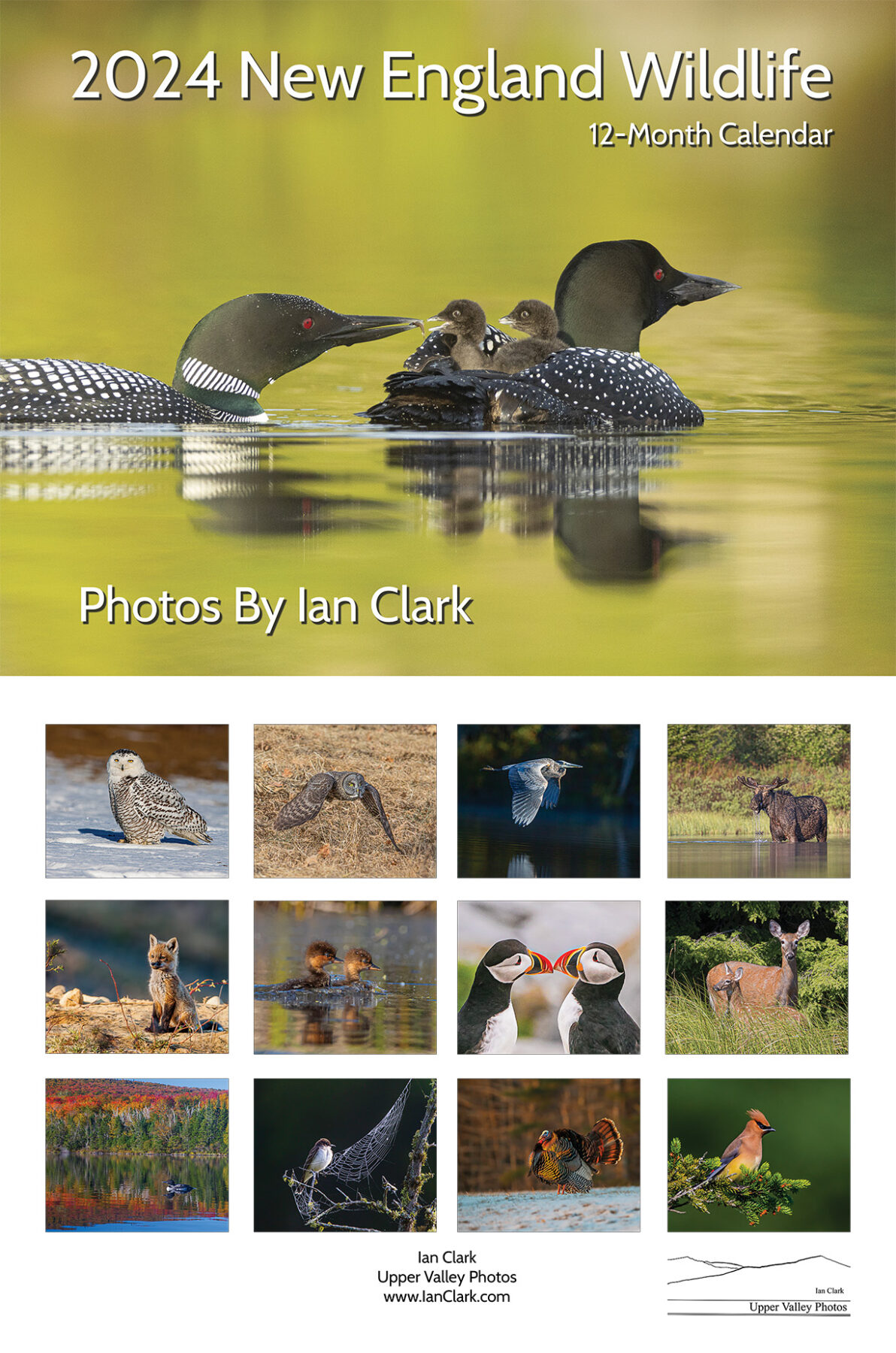
The East Broad Top Railroad was a 3′ gauge coal hauler than ran from Broad Top Mountain to the Pennsylvania Railroad in Mount Union, PA. Built in 1873, the EBT ran until 1956. Since 1956, it has run, off and on, as a tourist railroad. In 2020 a new group of railroaders formed the EBT Foundation and brought the EBT back to life once again.
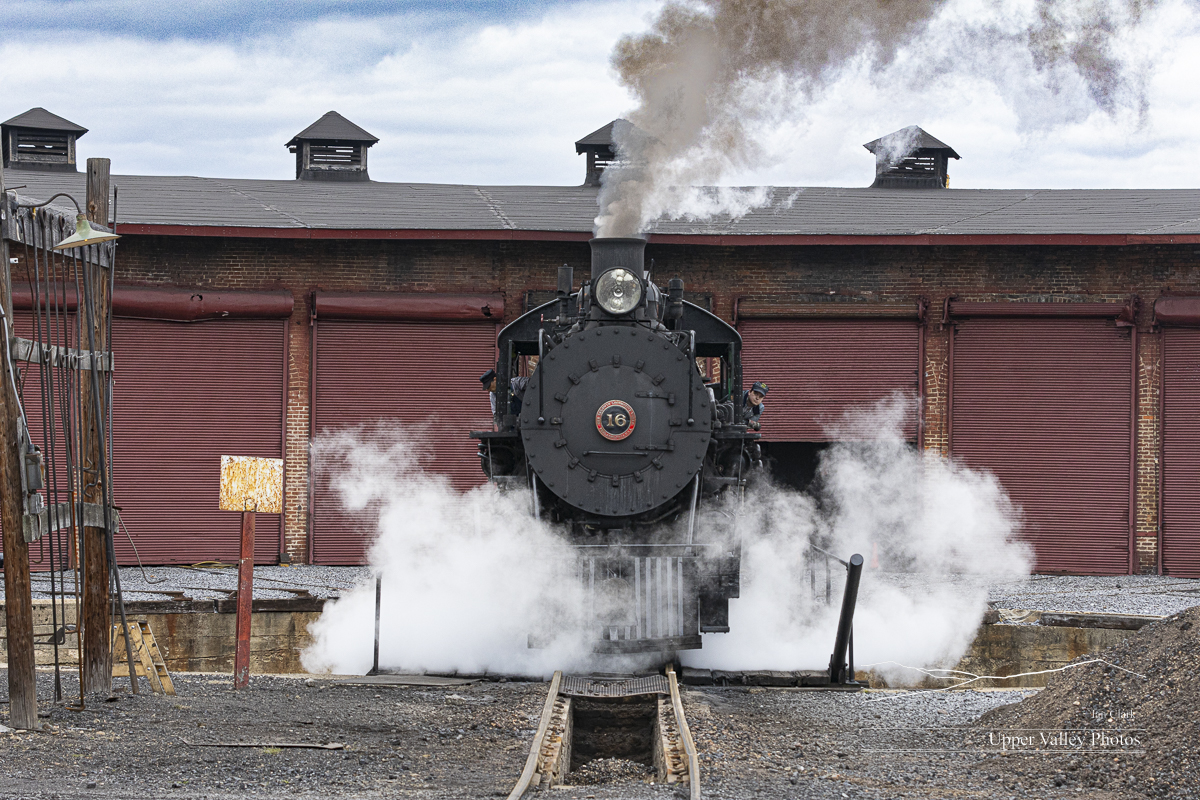
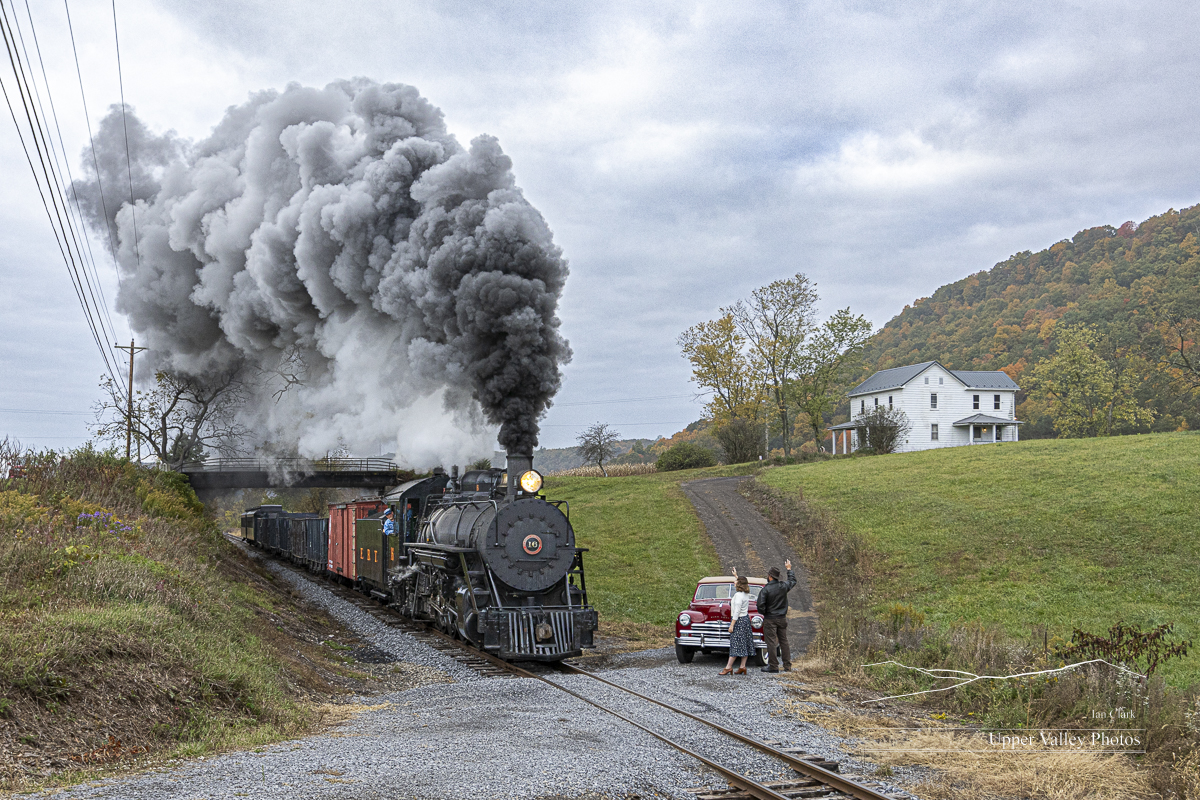
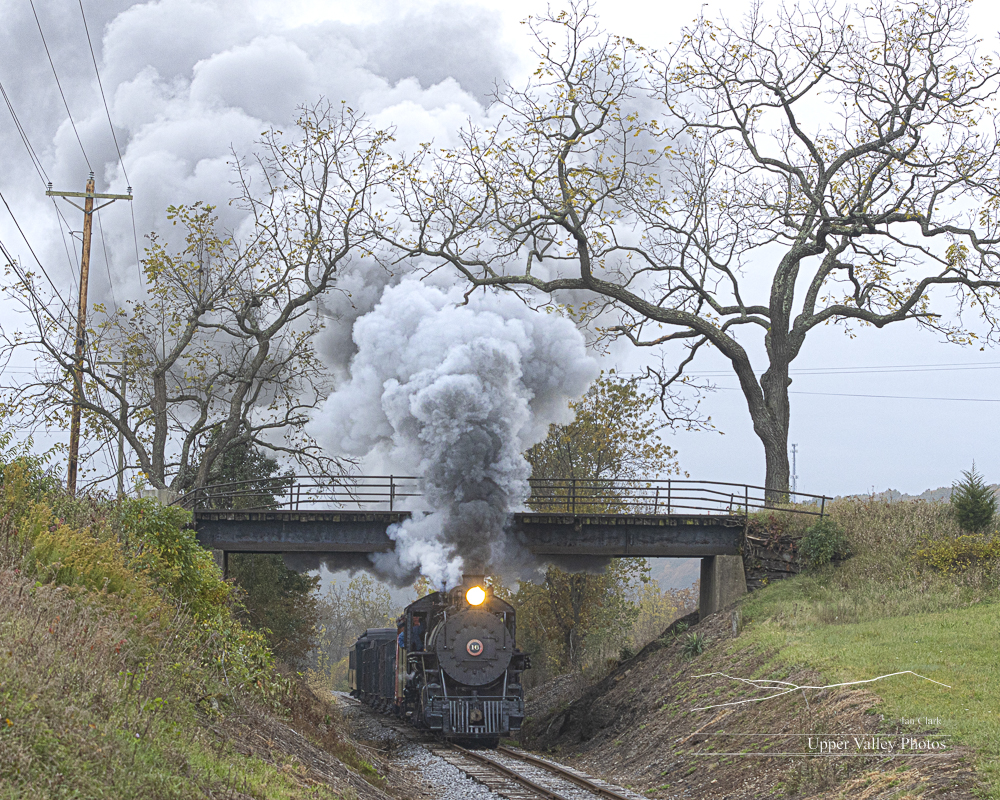
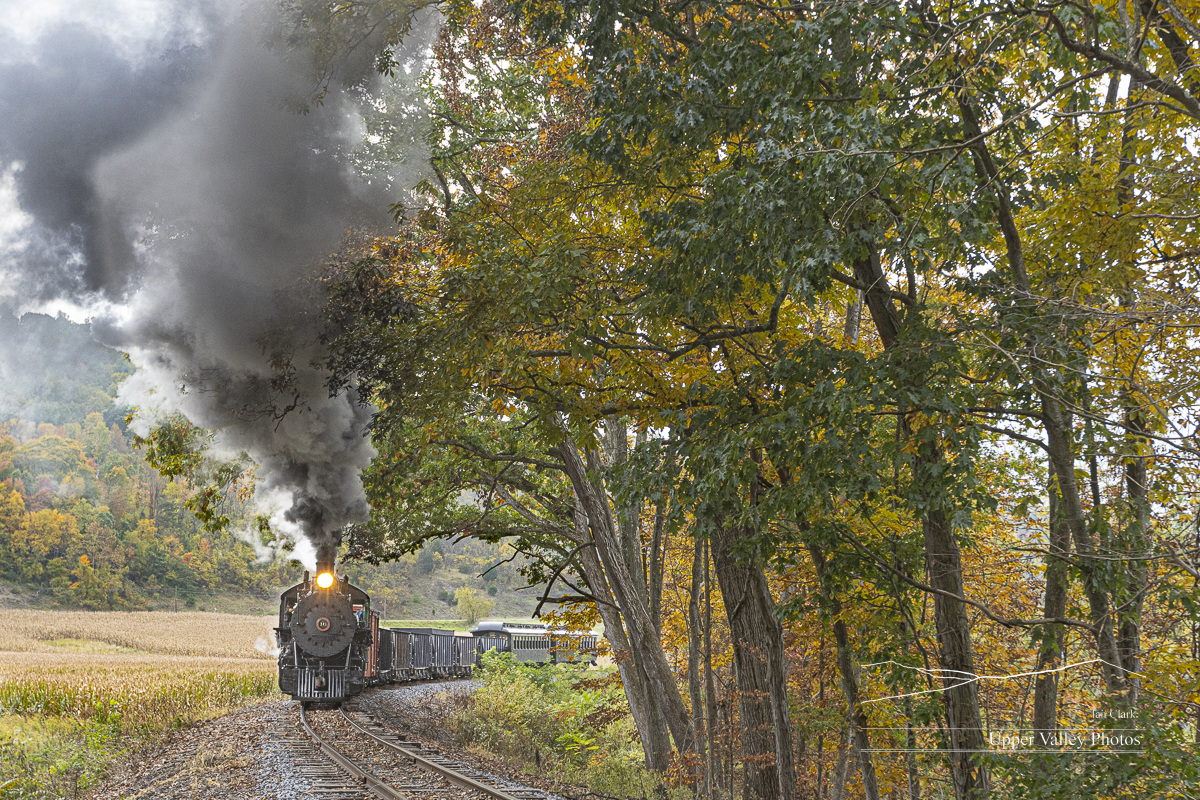
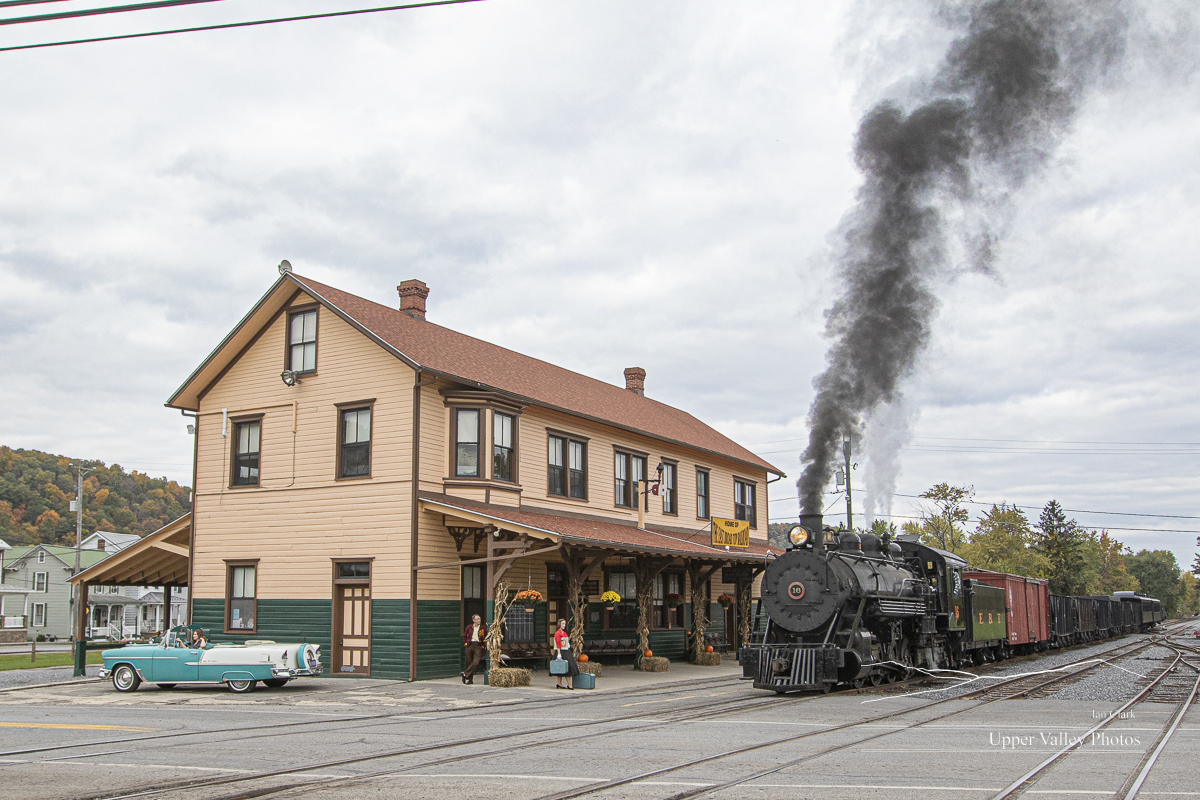
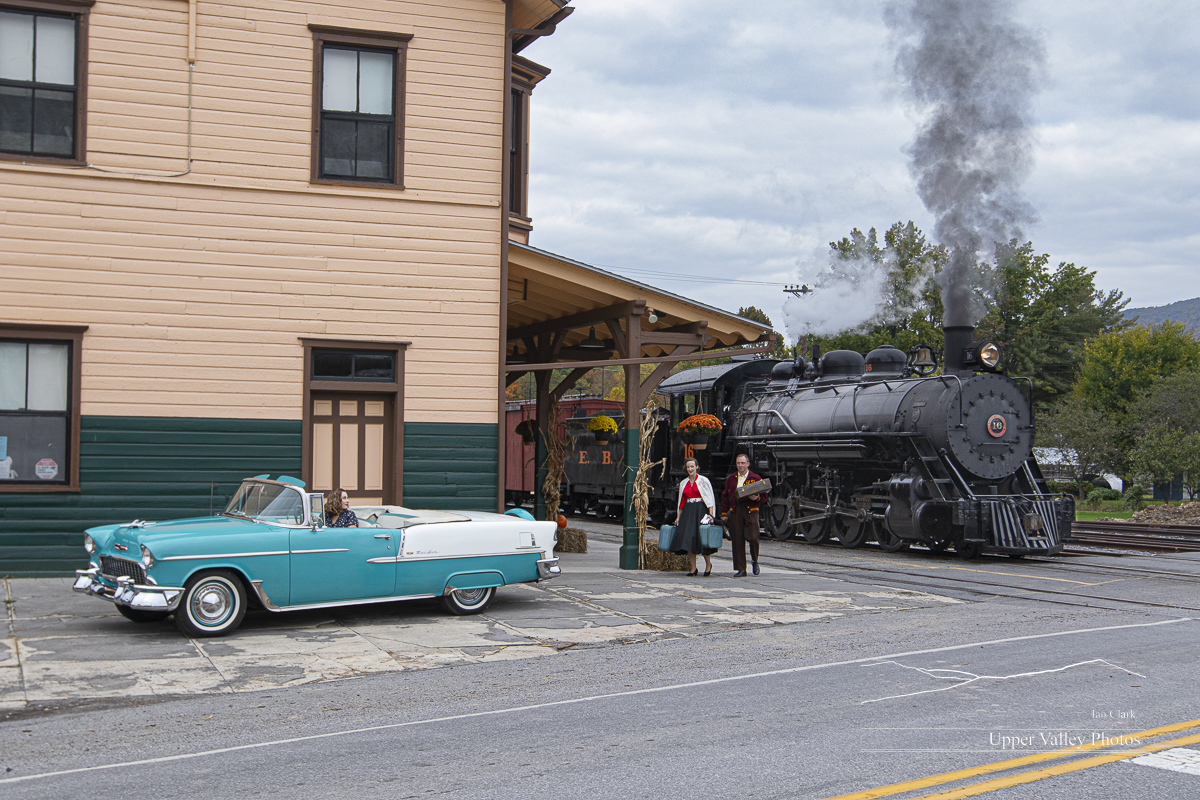
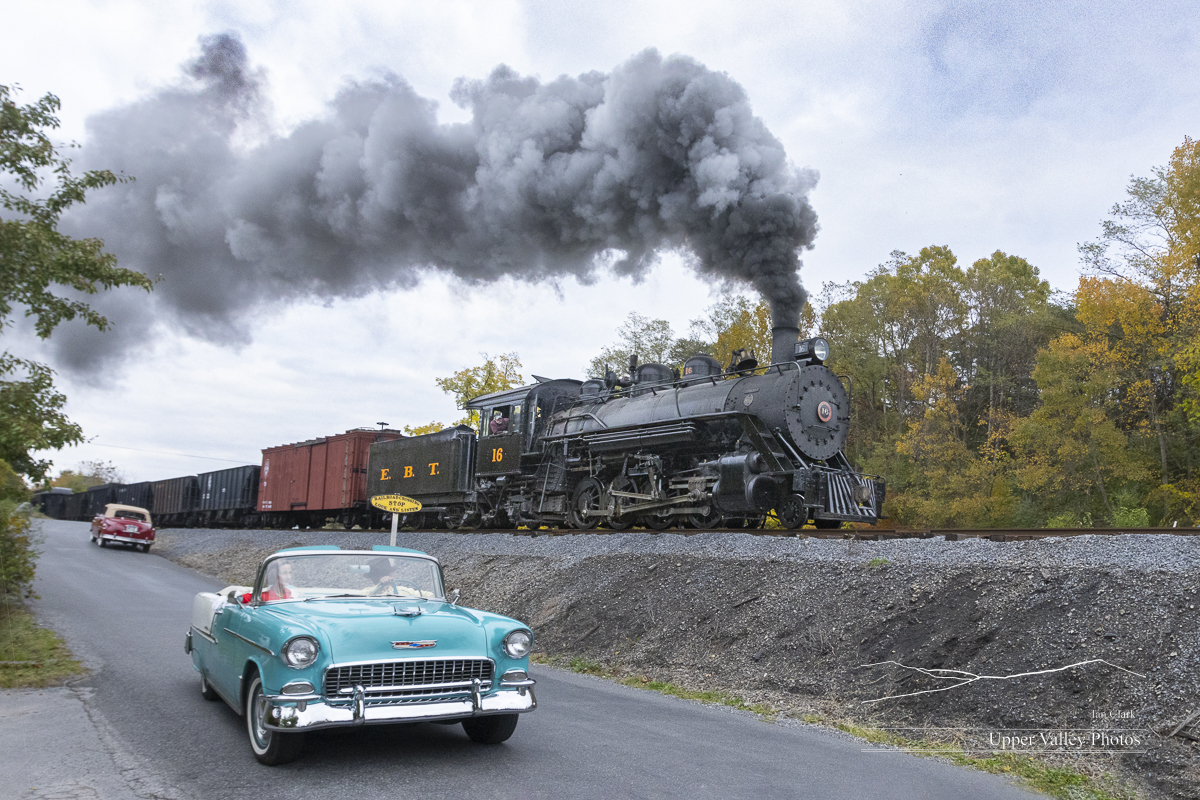
Pete always tries to come up with a creative shot after dark. This time he went all in, attempting to recreate O. Winston Link‘s Hotshot Eastbound. Link captured the original photo on August 2, 1956 in Iaeger, West Virginia. The photo required 42 #2 flashbulbs and one #0 flash bulb and was captured using a Graphic View camera that use 4×5” sheet film. The image of the airplane was added in the darkroom. Link’s image:
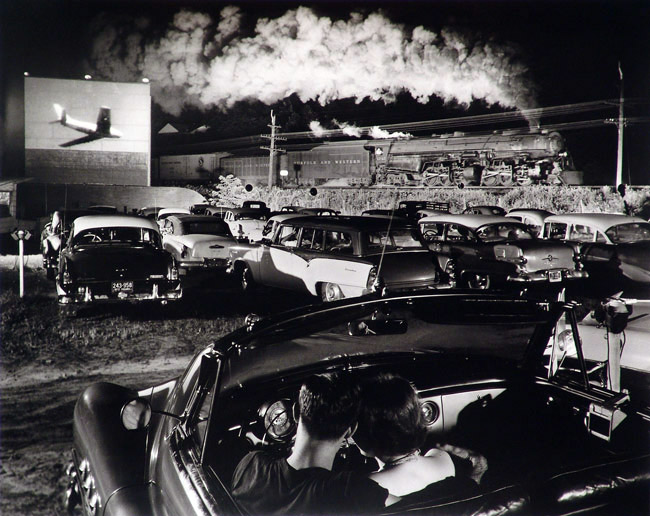
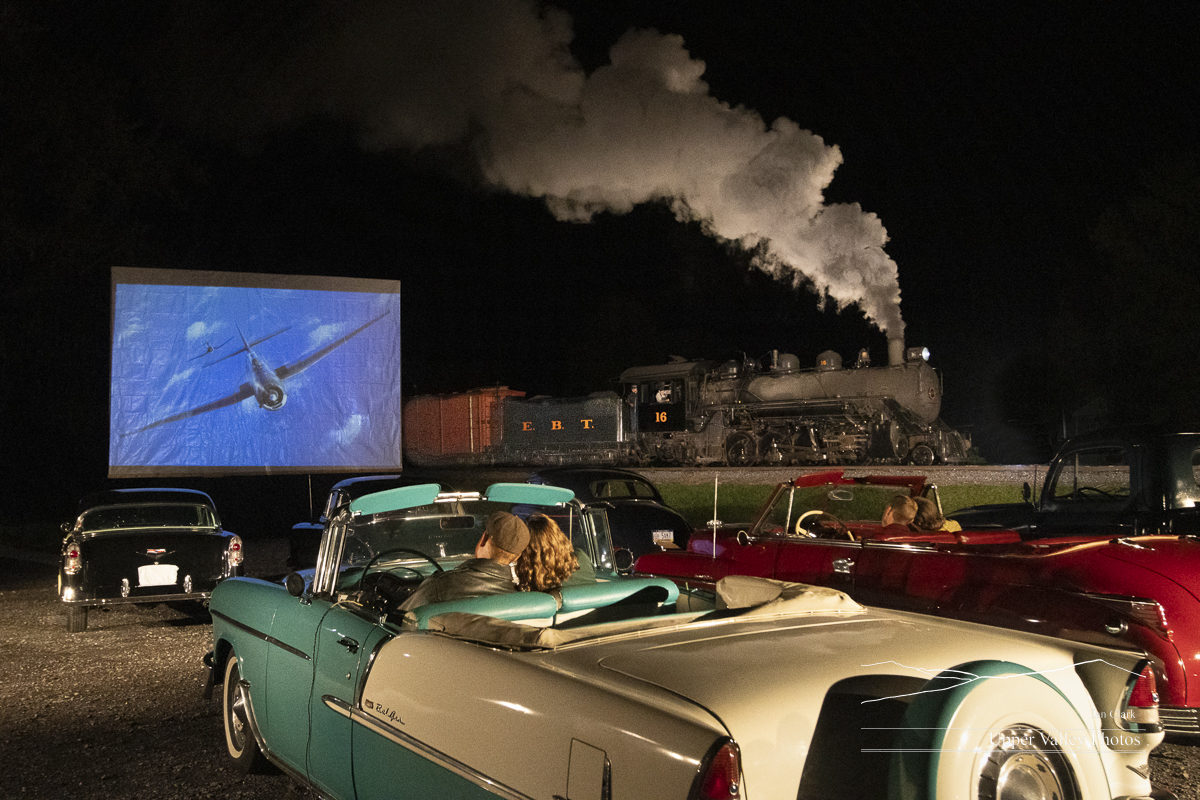
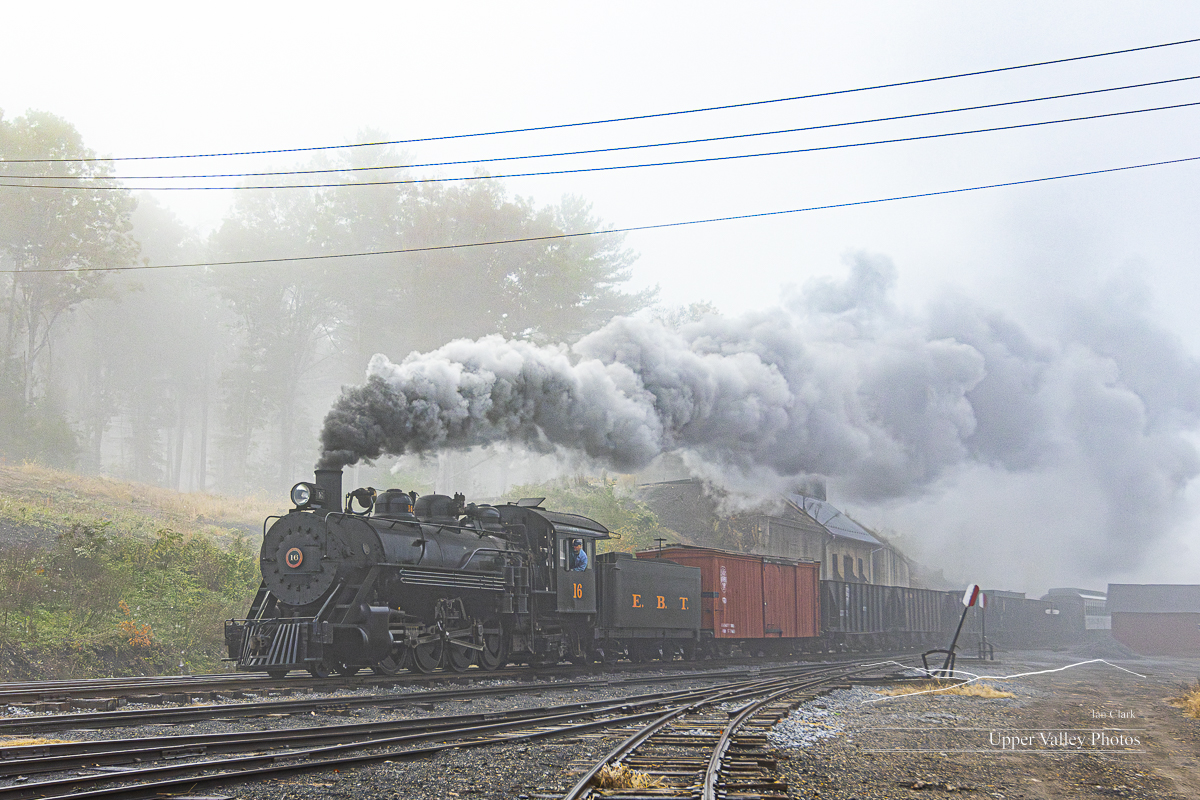
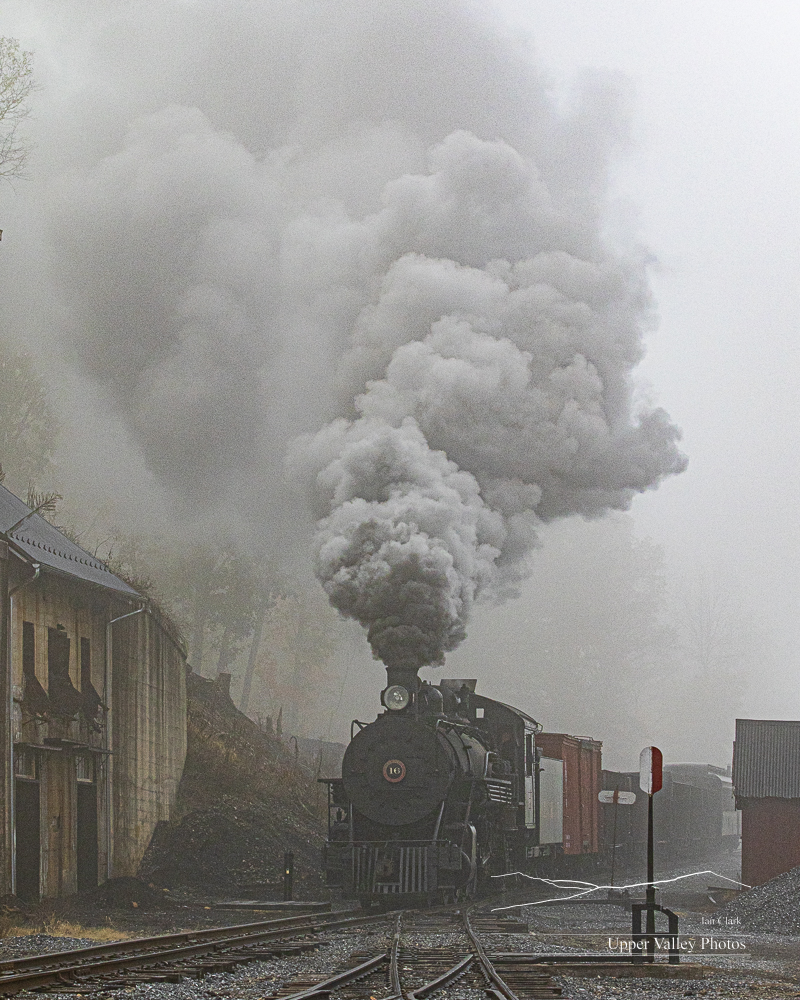
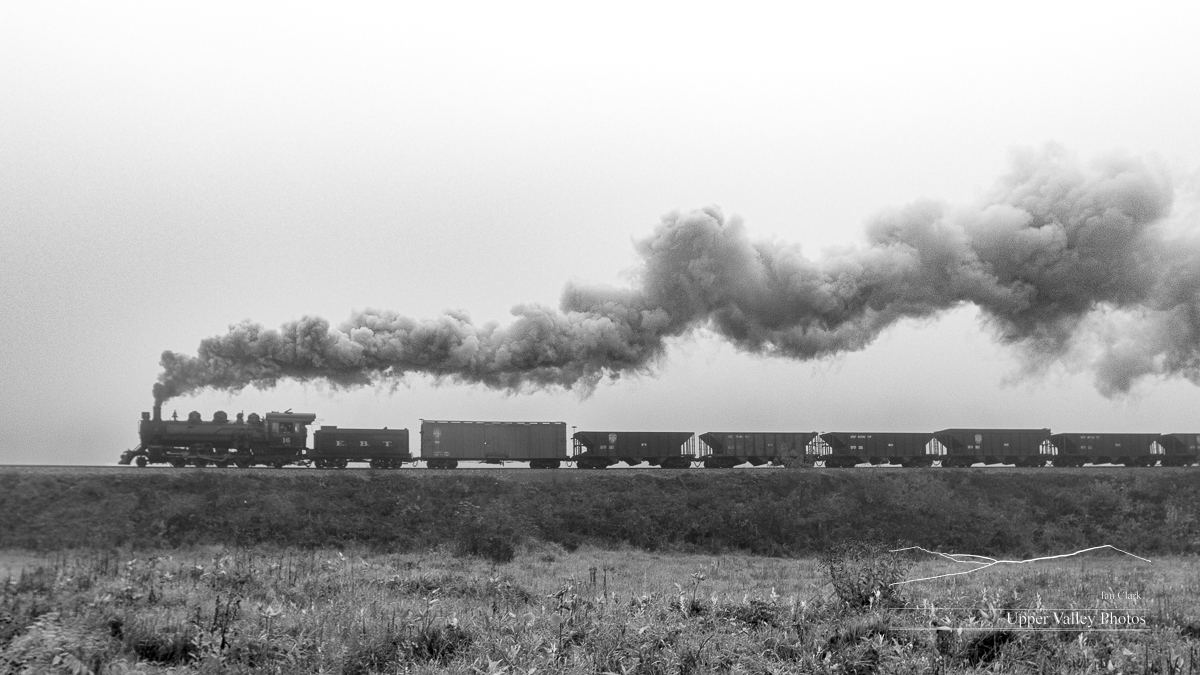
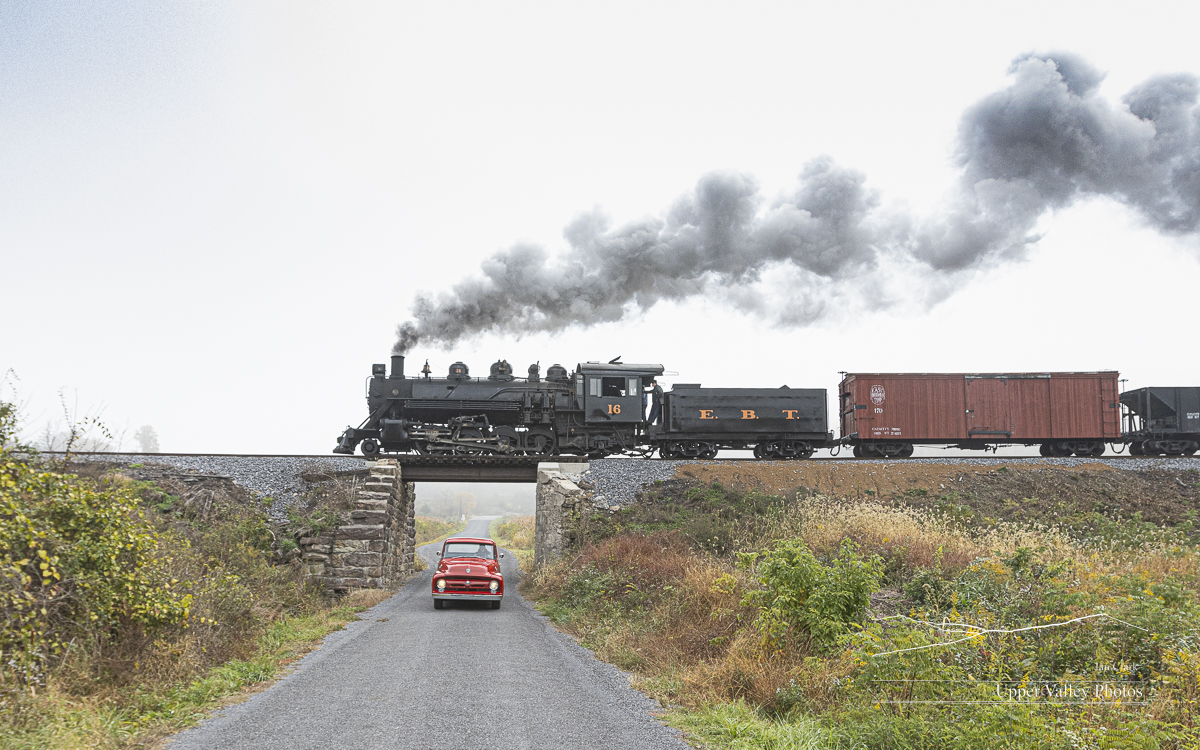
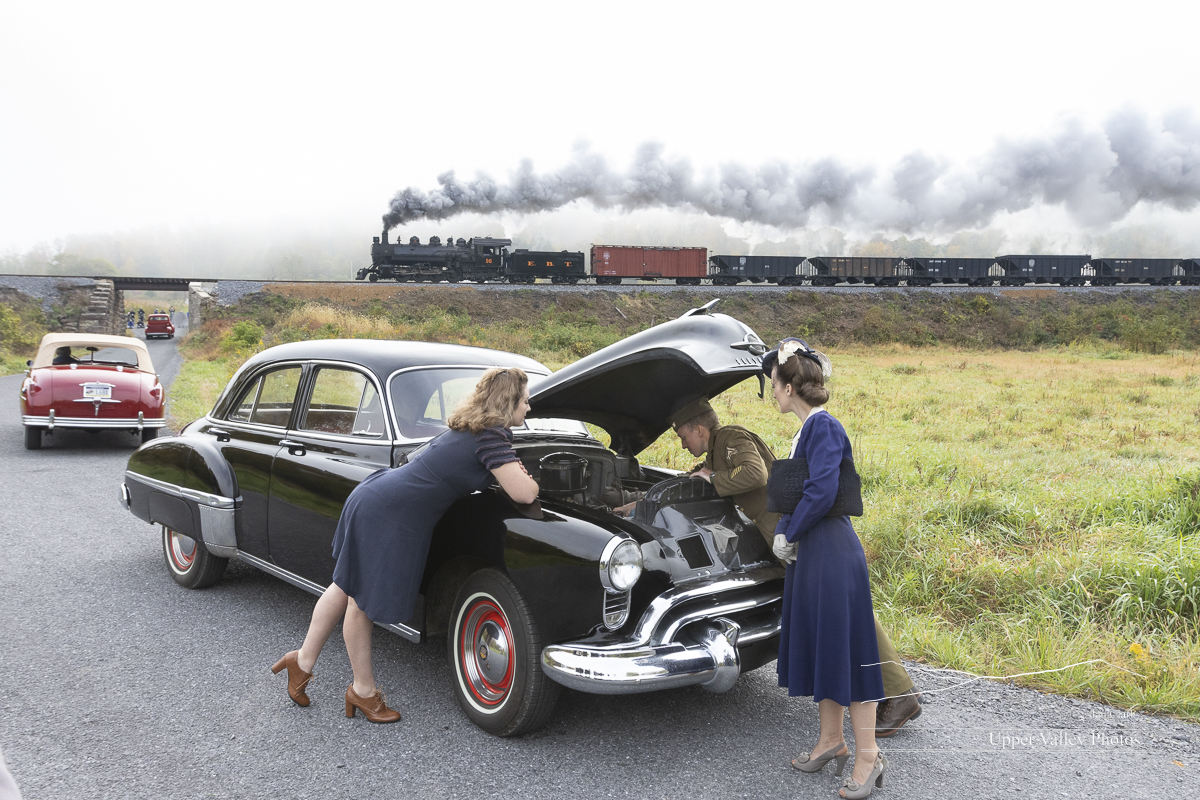
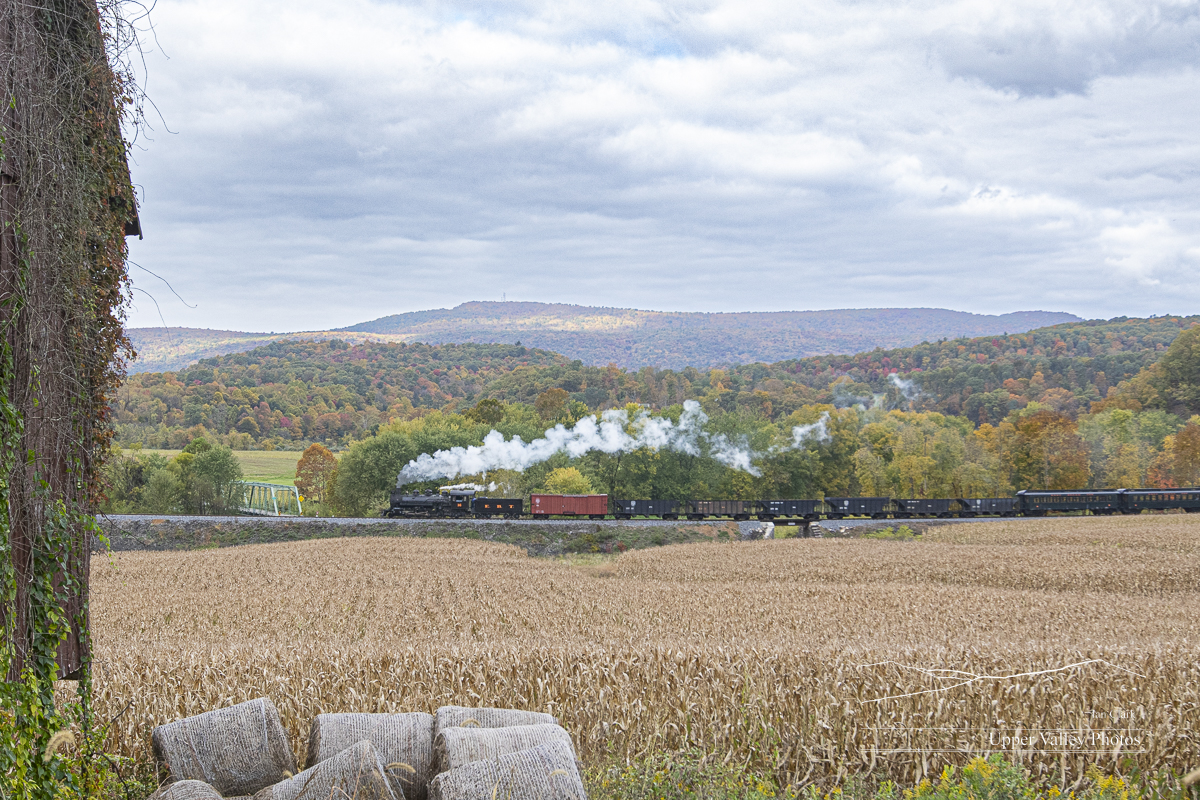
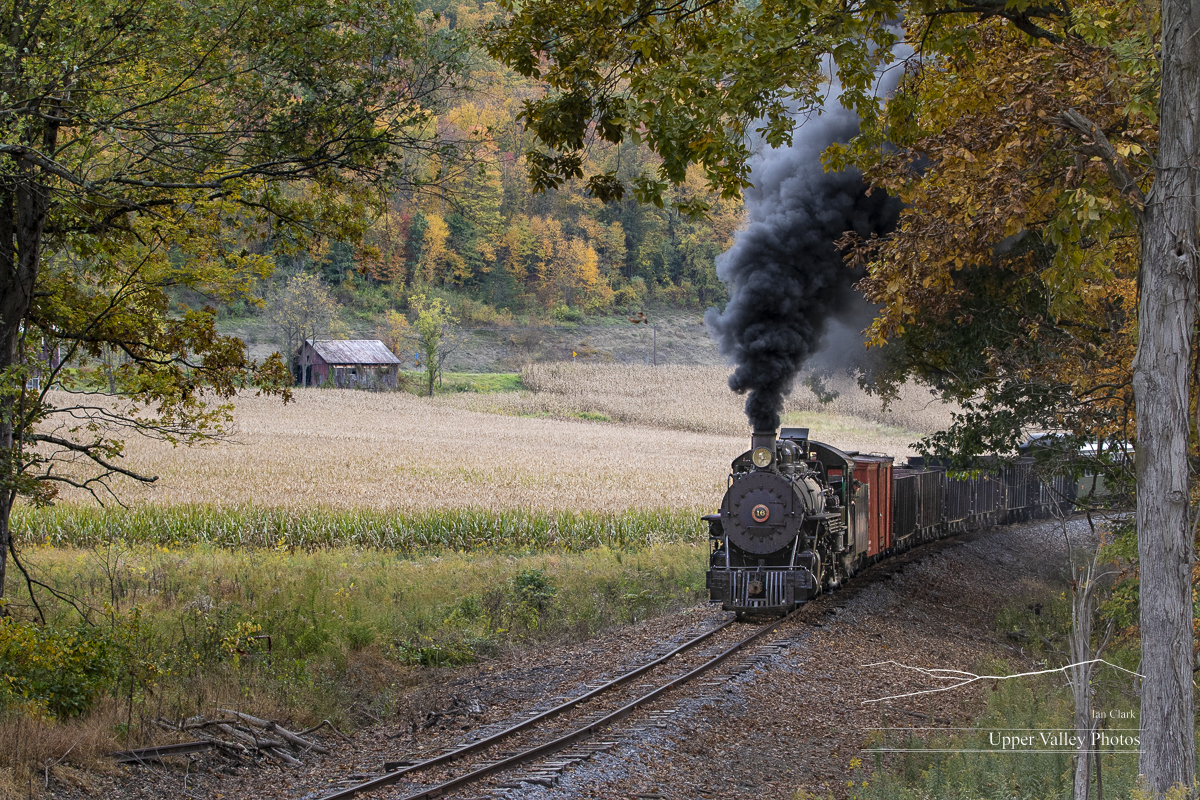
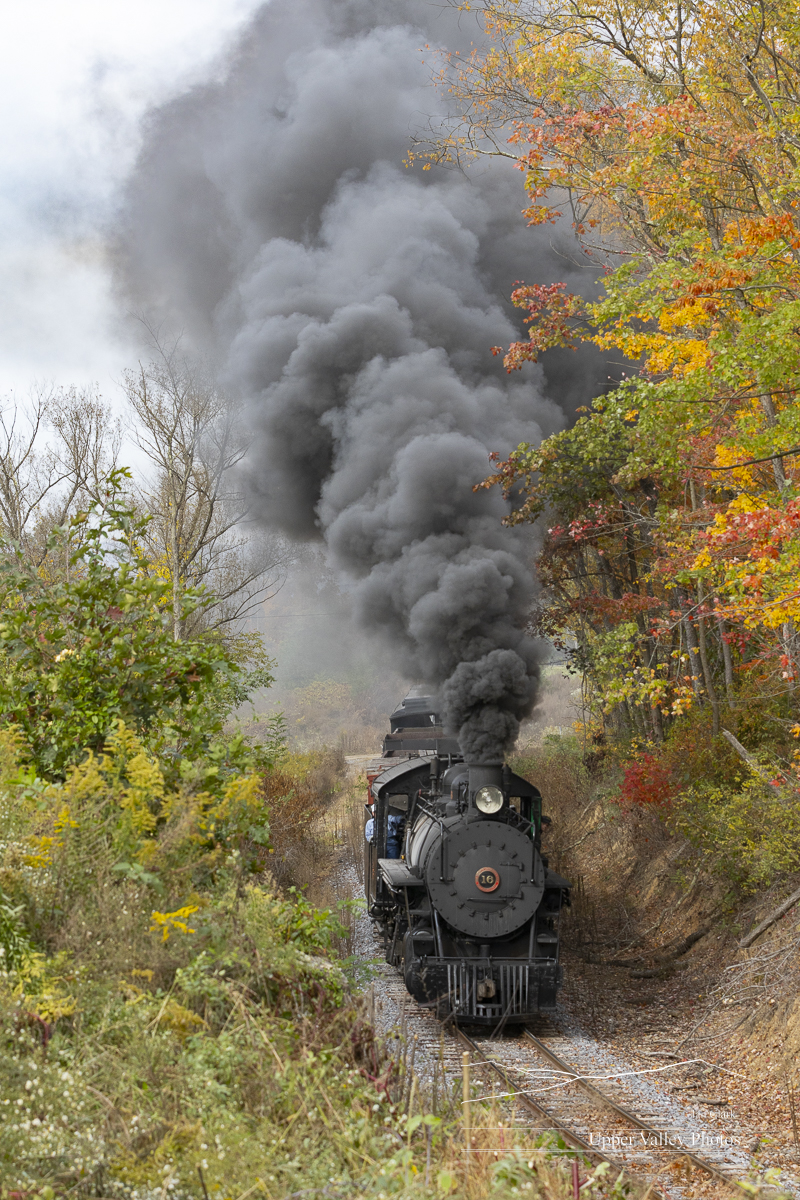
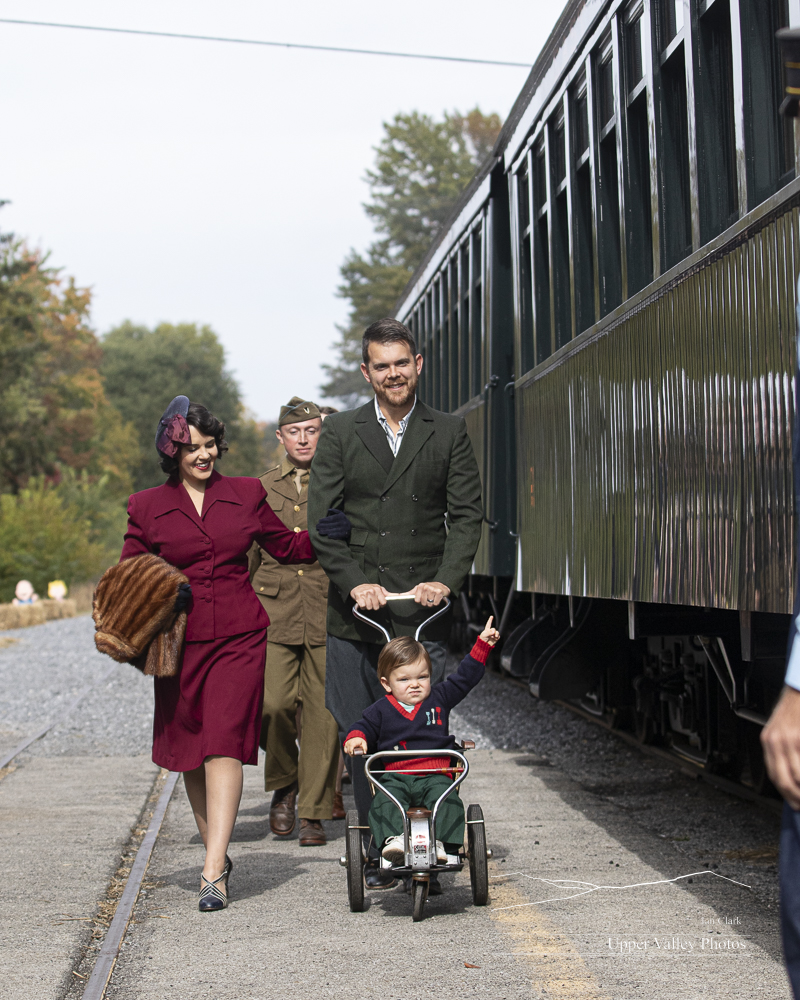
Inspiration for this last shot came from Harold M. Lambert Jr.’s shot of a soldier kissing his girl goodbye at the New Hope, PA station during WWII. Lambert’s shot:
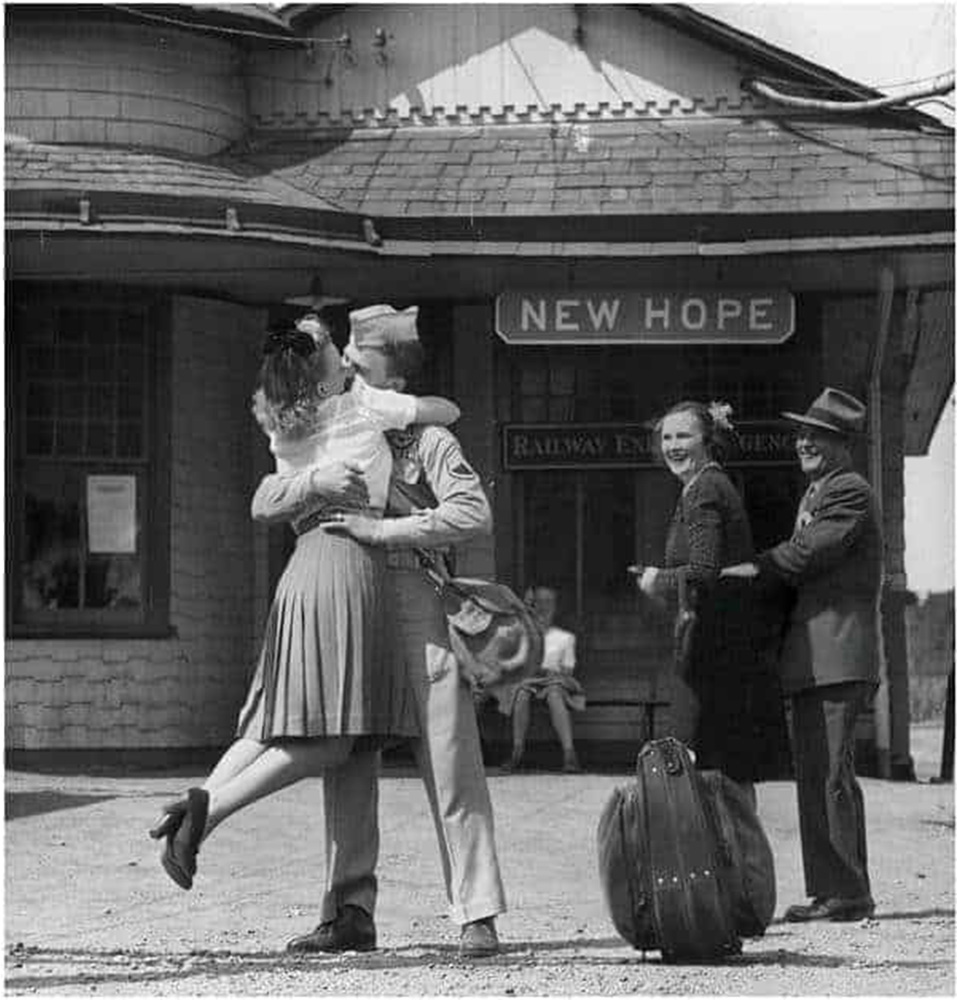
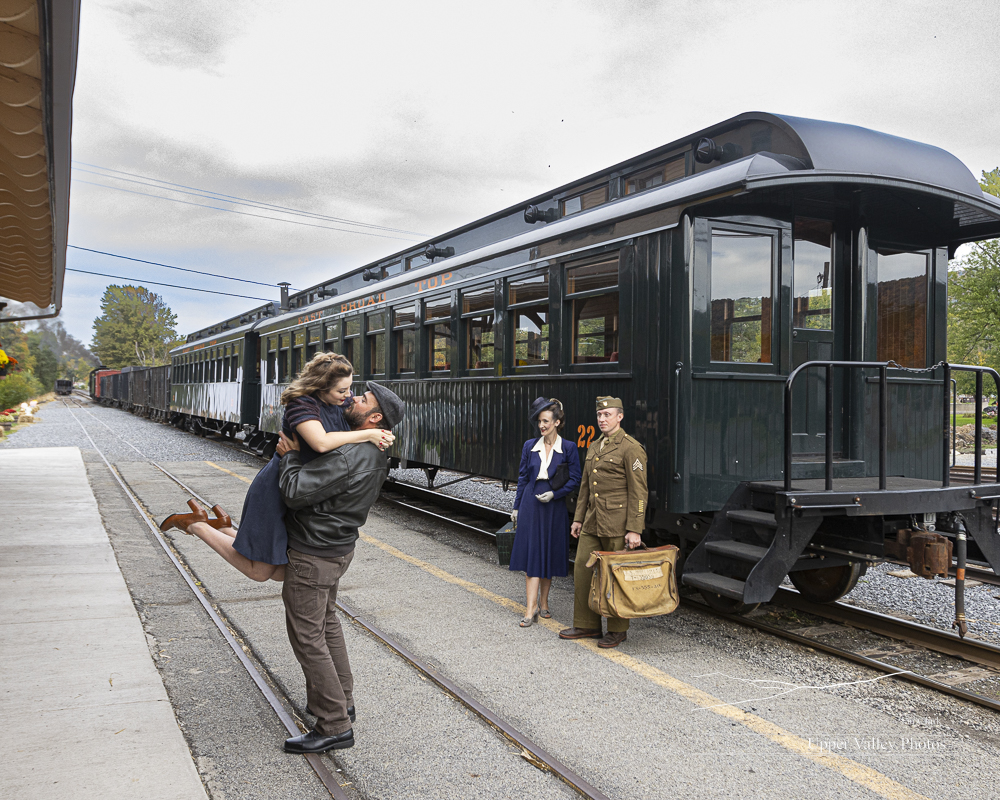
The new management at EBT has made amazing progress restoring the railroad and buildings. They’re rapidly working to relay the track south of Orbisonia and restoring the other steam locomotives. They run steam excursions regularly. Certainly worth a visit. Get the details on their site: East Broad Top Railroad.
Chesapeake & Ohio No. 1309
Long before I started photographing wildlife, I started tracking down our working steam locomotives. Since the 1970s, I’ve traveled throughout the US, Canada and even to Inner Mongolia to photograph locomotives under steam.
This last week, I took a trip to Cumberland, Maryland, to visit the Western Maryland Scenic Railroad to photograph restored Chesapeake & Ohio 2-6-6-2 no. 1309. Pete Lerro, of Lerro Productions, organized the charter. Pete always does a great job on the charters and the Western Maryland Scenic is a great place to visit.
The star of the show is no. 1309, the largest operating steam locomotive east of the Mississippi. She was built by the Baldwin Locomotive Works in November 1949 and was the last steam locomotive for domestic use produced by Baldwin. She was designed to haul the railroad’s coal trains through Kentucky and West Virginia. She worked for the C&O until retired in 1956. No. 1309 and sister no. 1308 were preserved as static displays. The Western Maryland Scenic acquired her and gave her a complete overhaul. She moved under her own power – for the first time in 64 years – on December 31, 2020. These days, she regularly hauls the Western Maryland Scenic Railroad’s excursion trains out of Cumberland.
I have a PowerPoint slideshow of steam locomotives across the US. I’ll be giving the show at the Howe Library in Hanover, NH on Wednesday March 8, at 6:30 p.m. The show is free and everyone is welcome. I’ll have an exhibit of railroad images hanging upstairs at the Howe Library in March and another exhibit of railroad images at the New Hampshire Art Association’s Gallery in Portsmouth, NH in March.
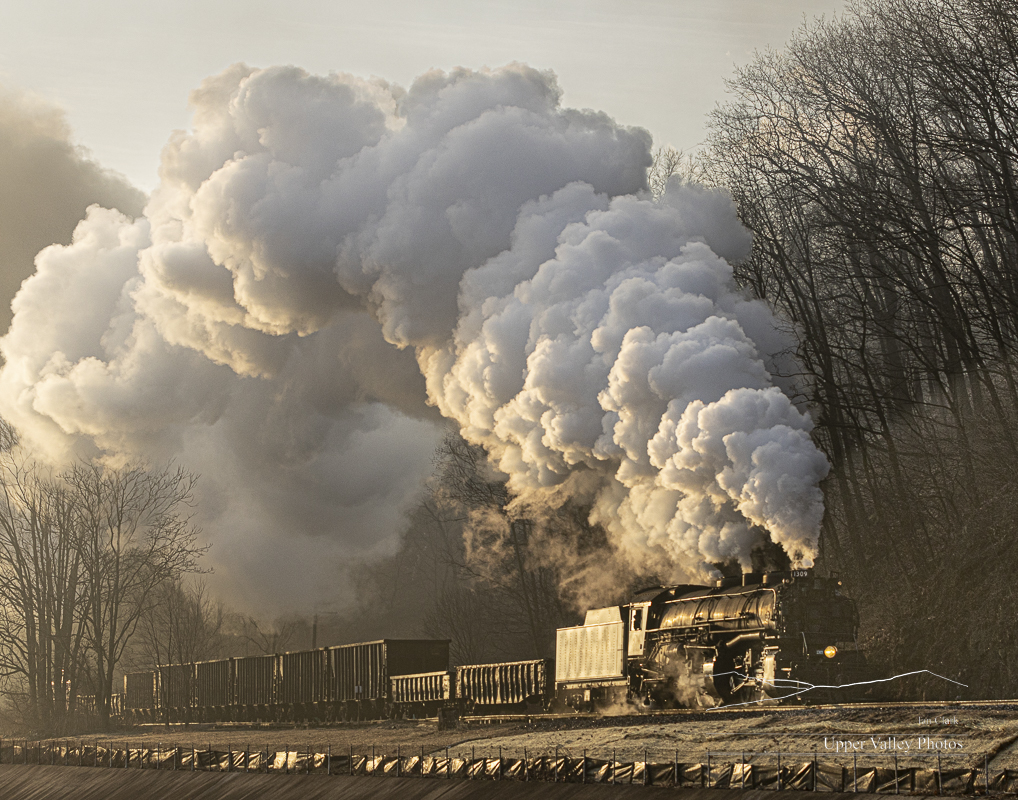
where Wills Creek cuts between Wills Mountain and Haystack Mountain.
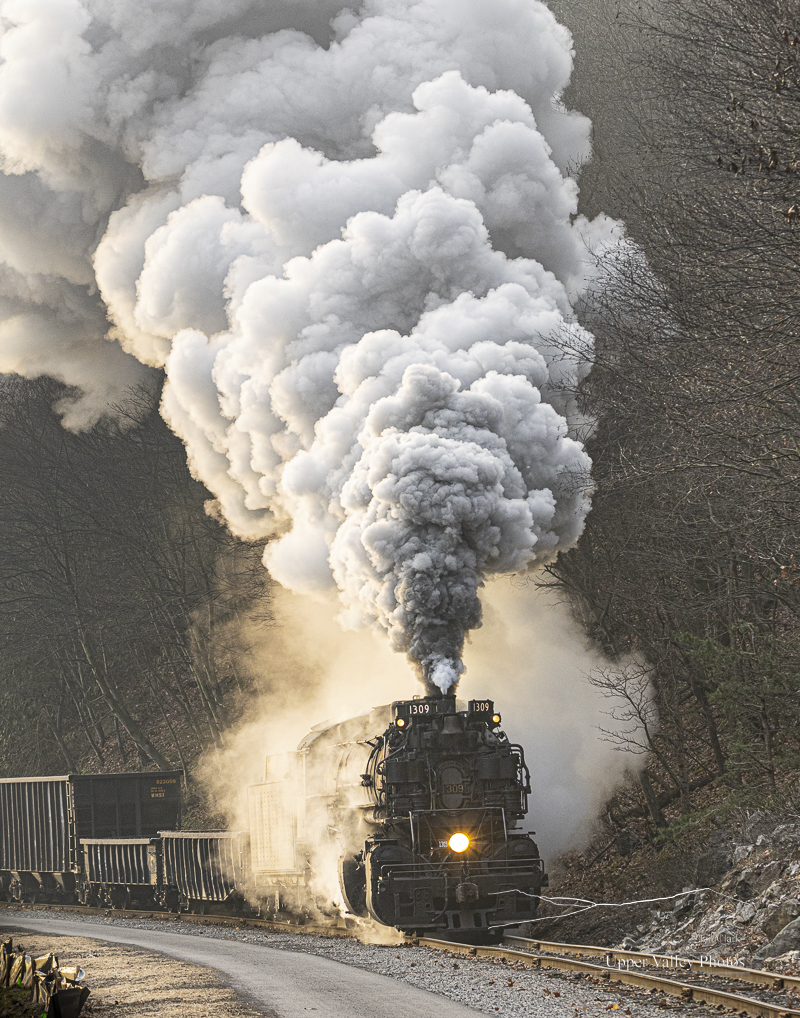
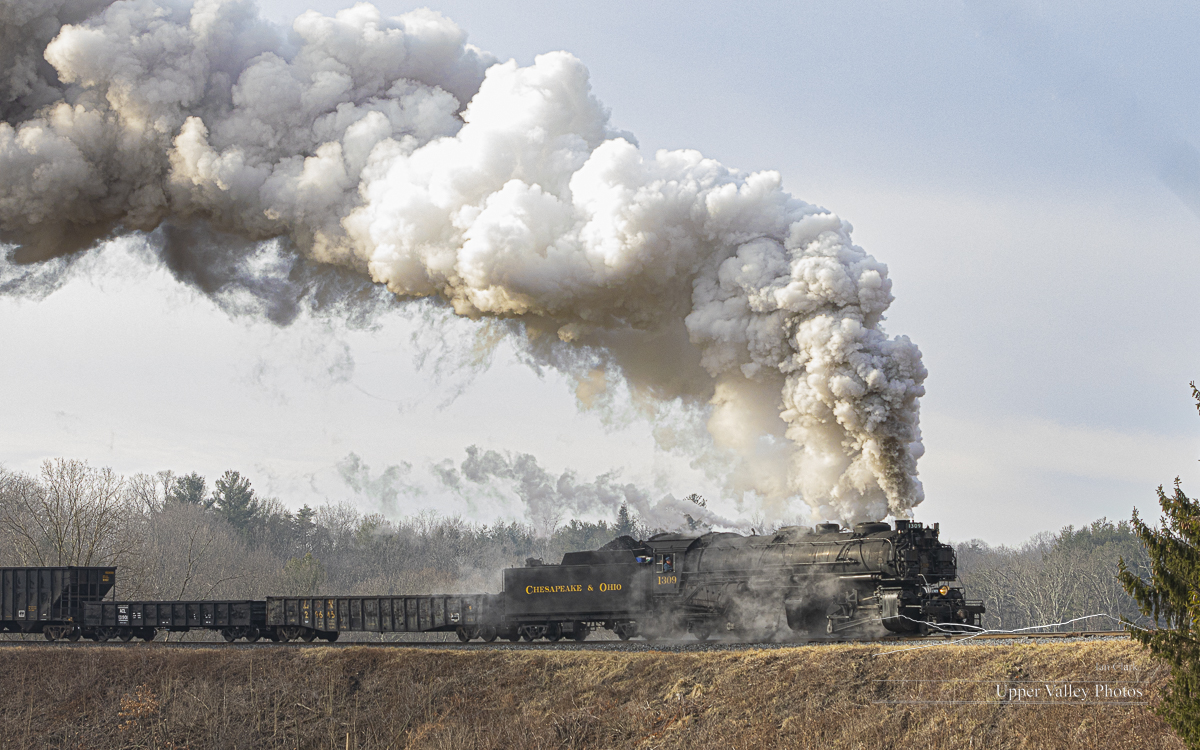
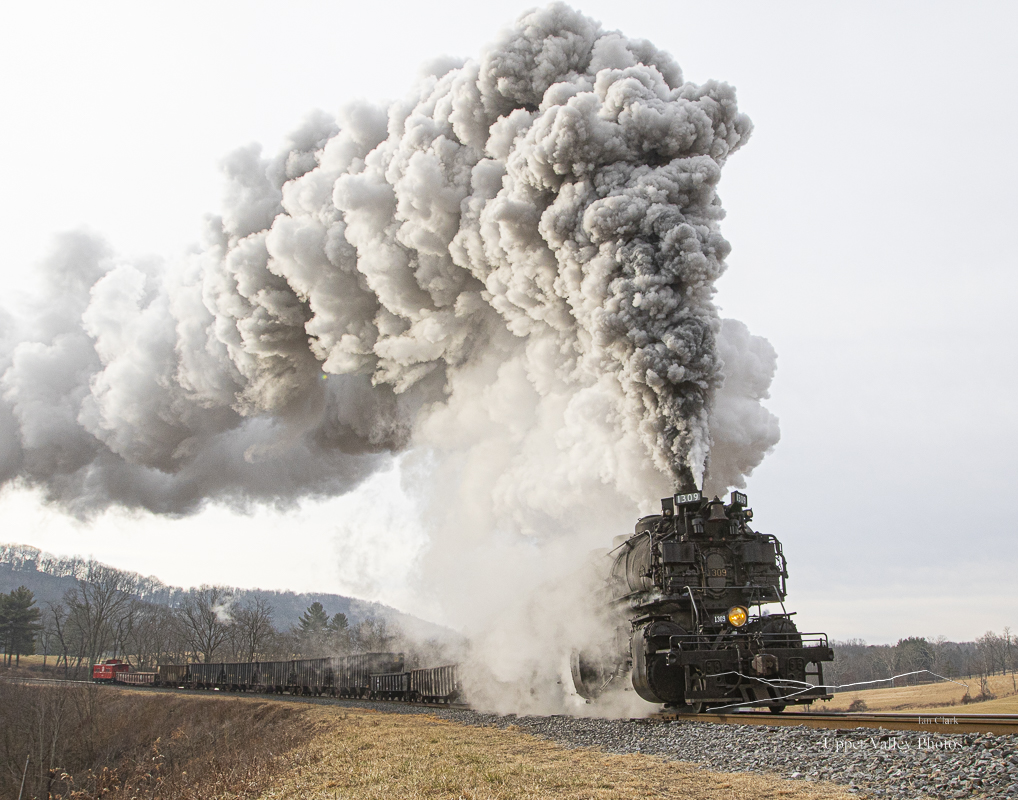
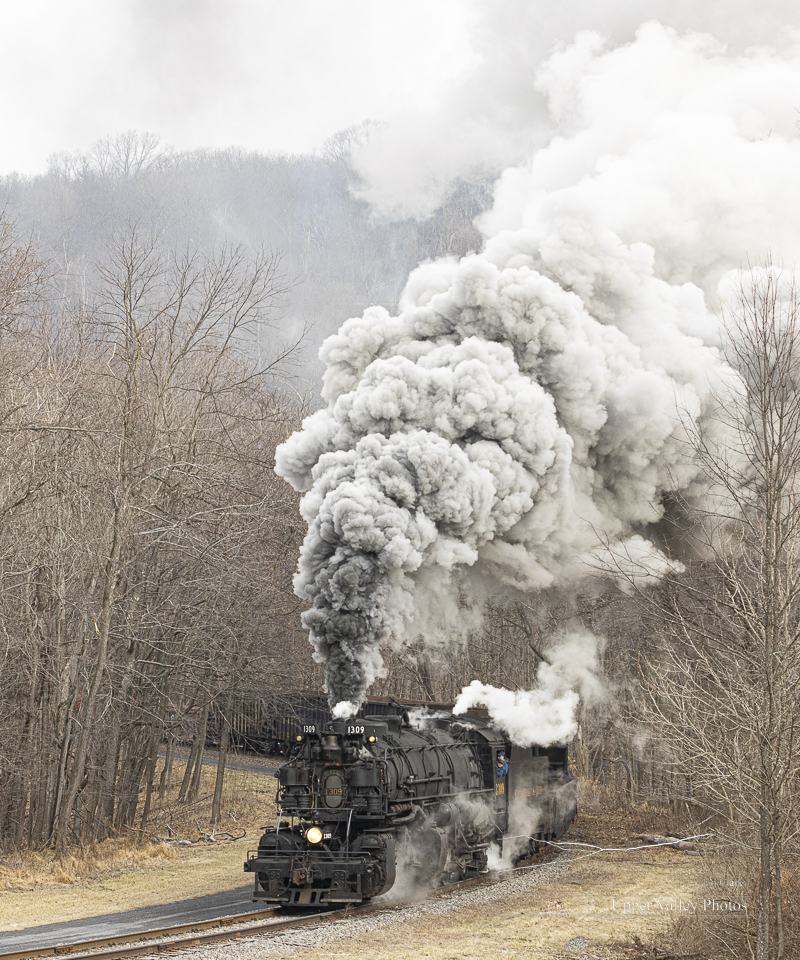
Western Maryland Railroad trains used to stop for coal.
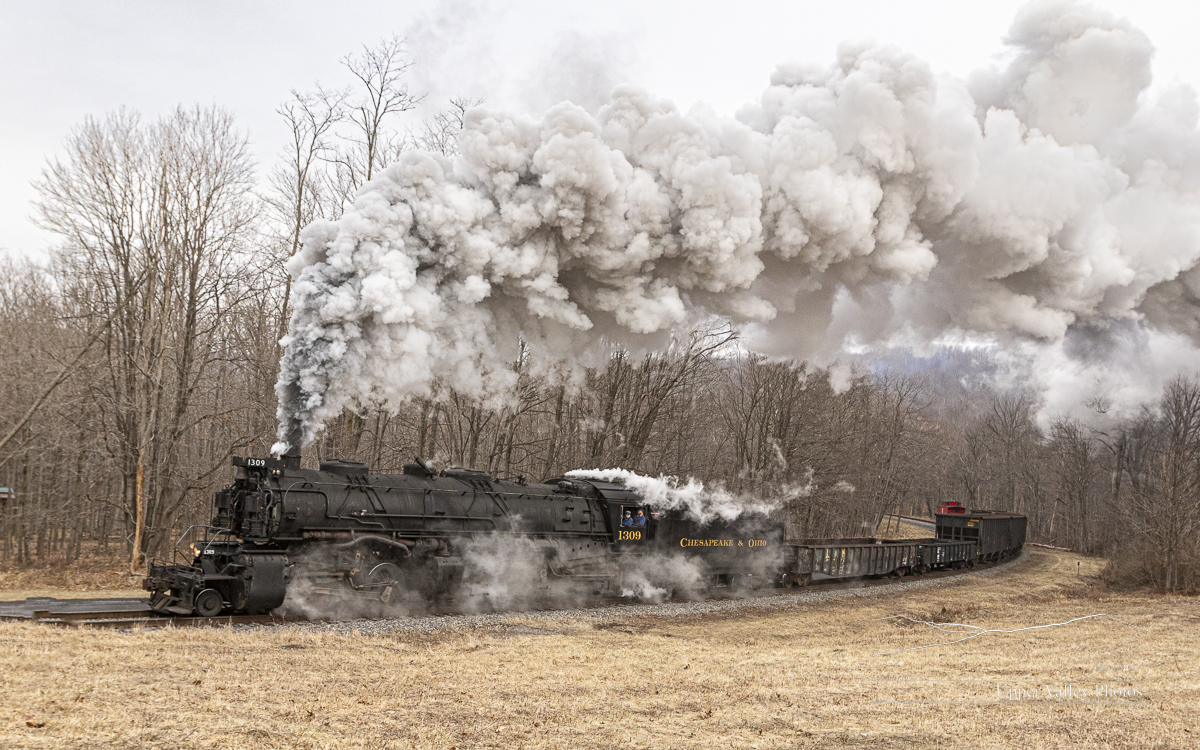
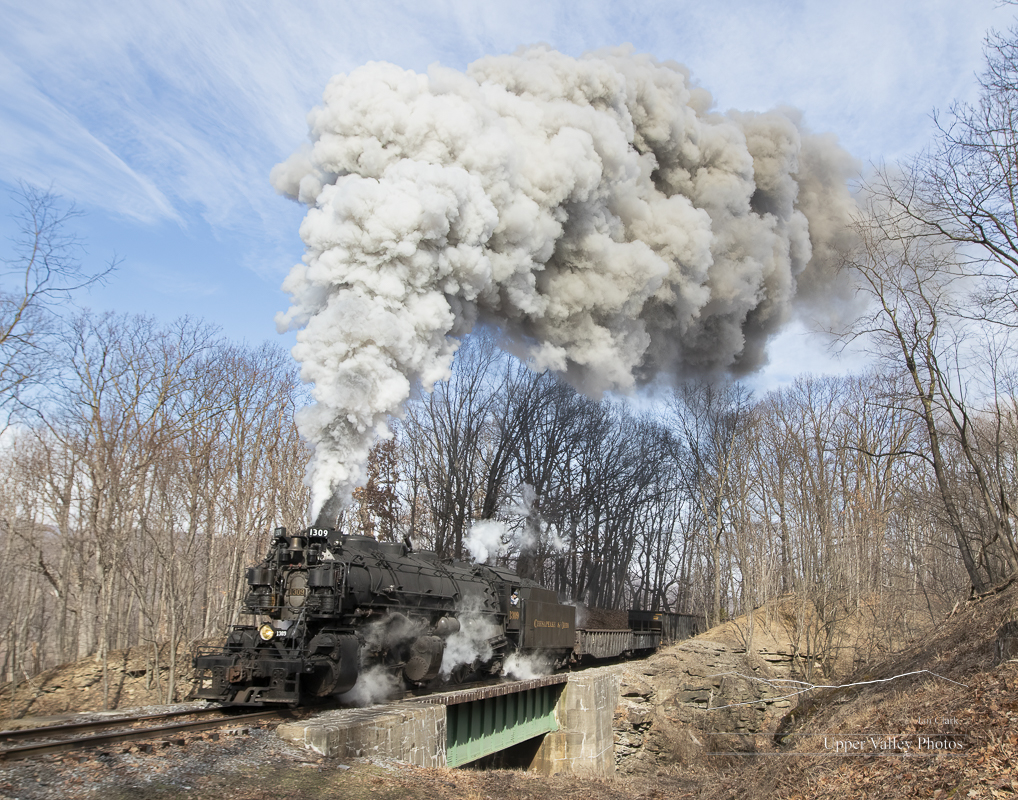
the Cumberland and Pennsylvania Railroad.
